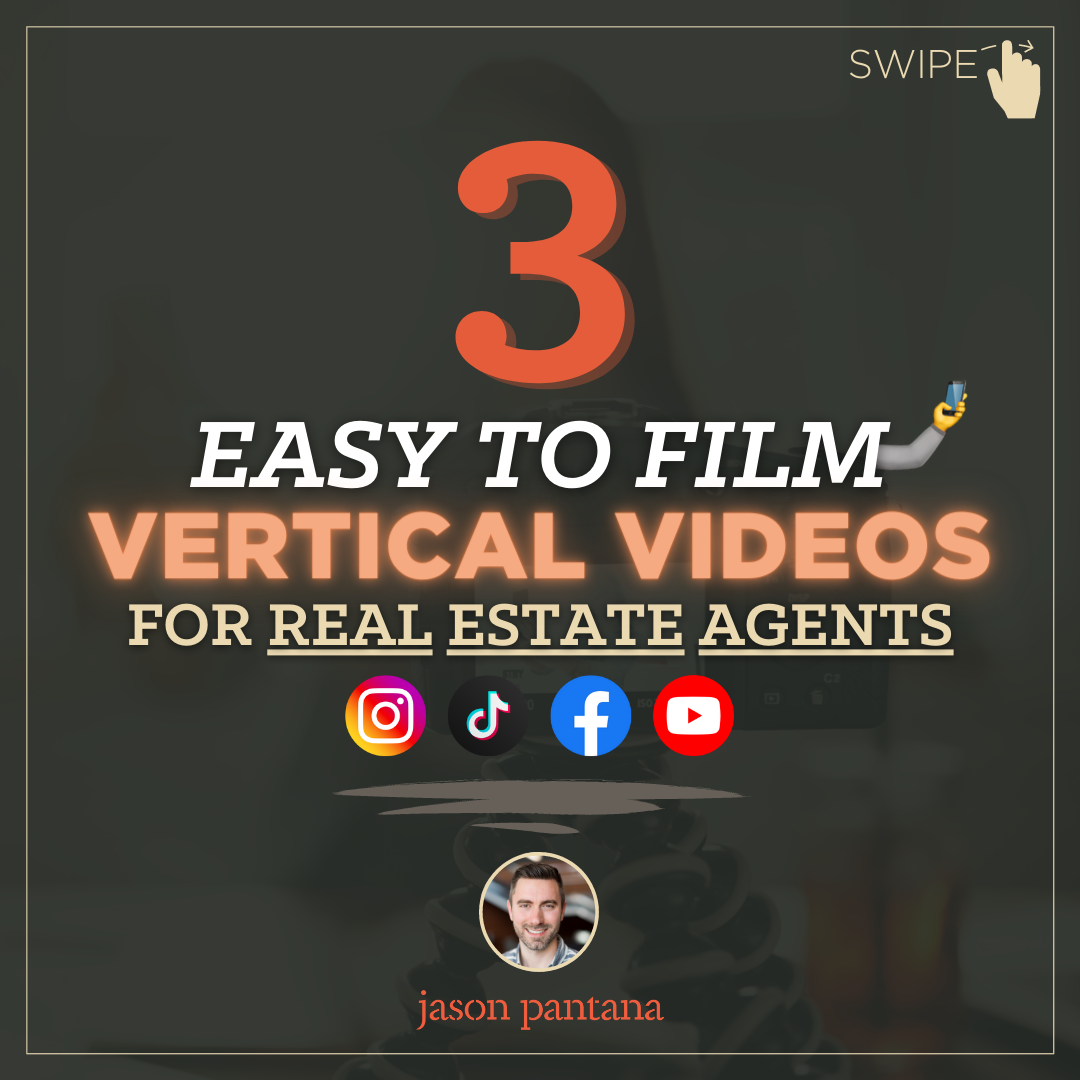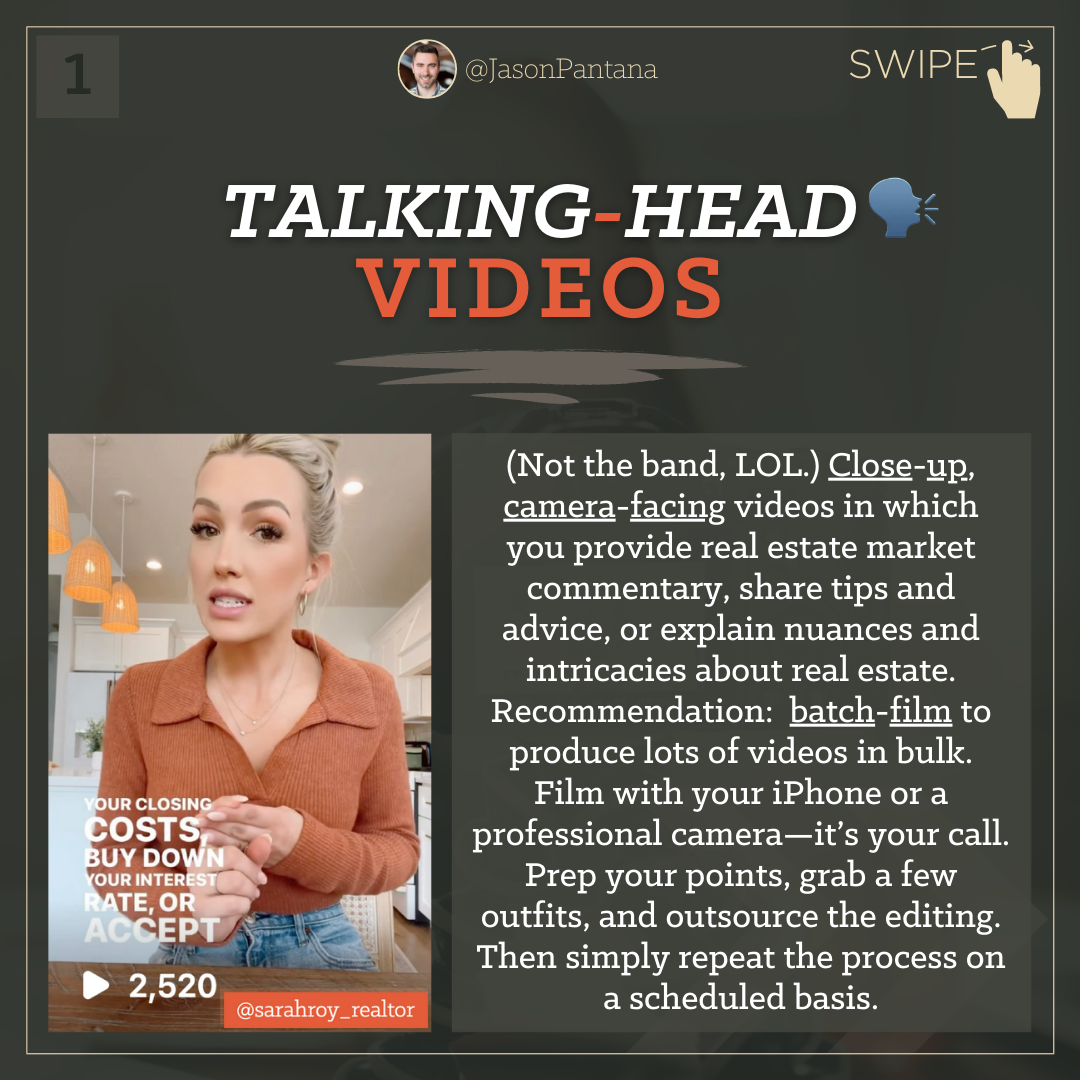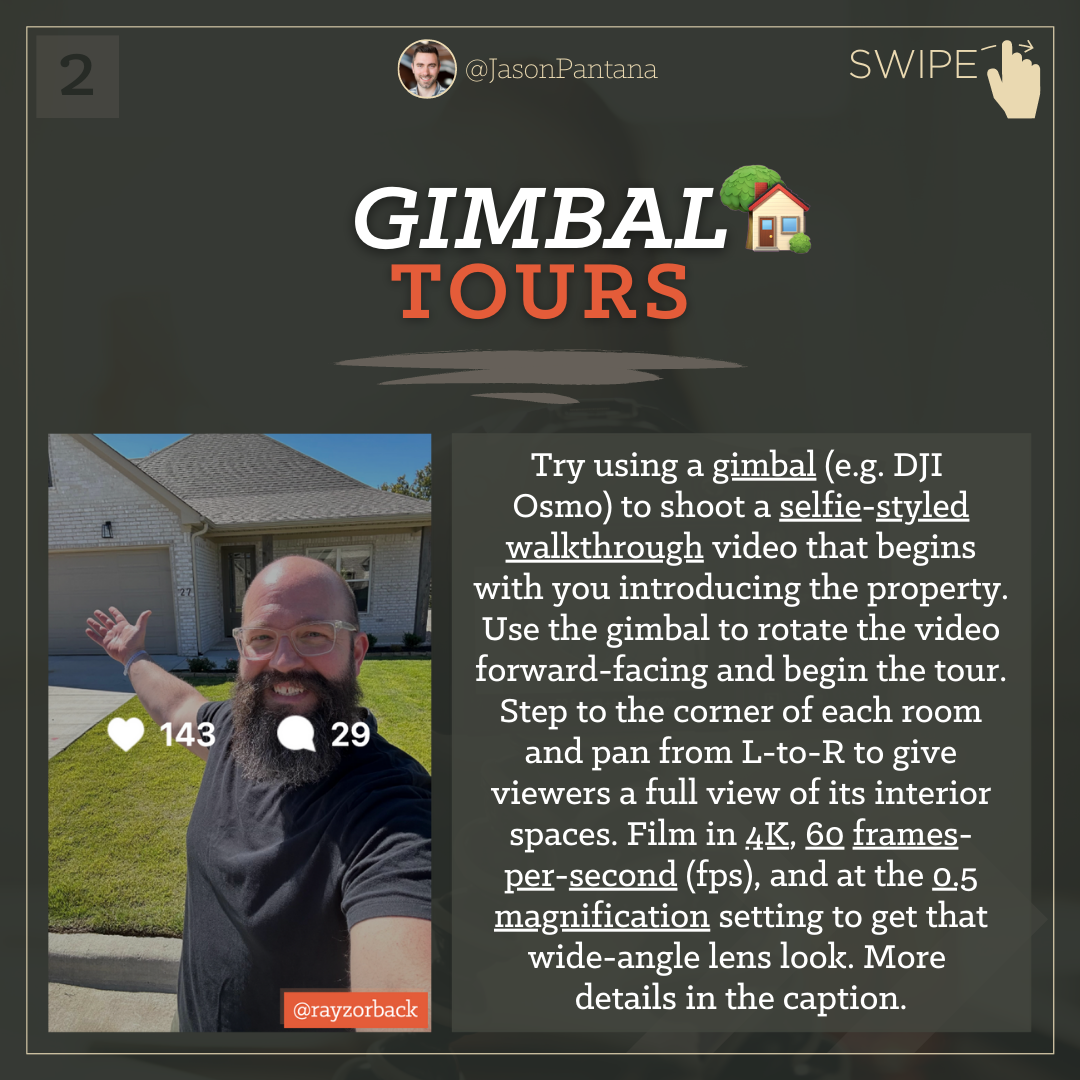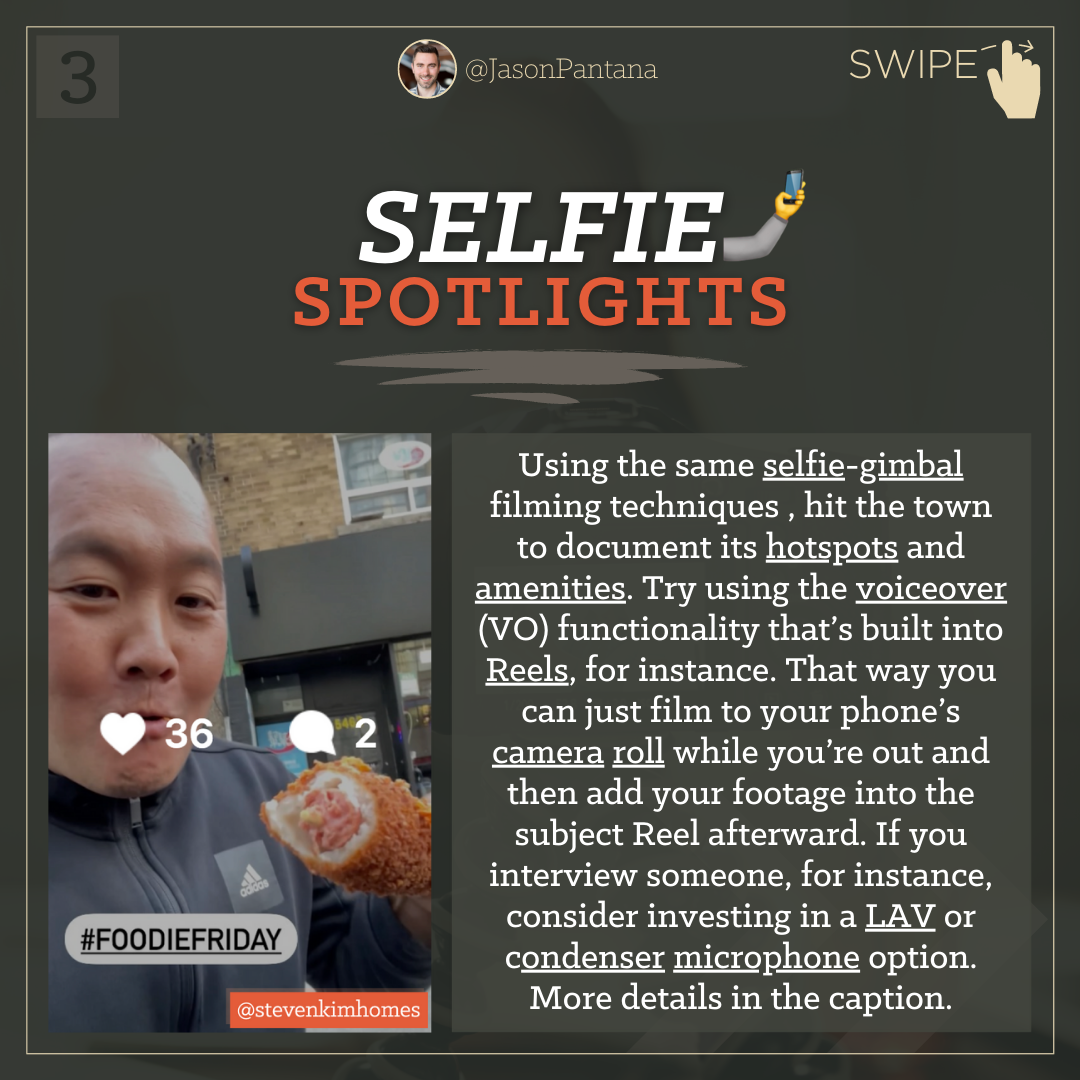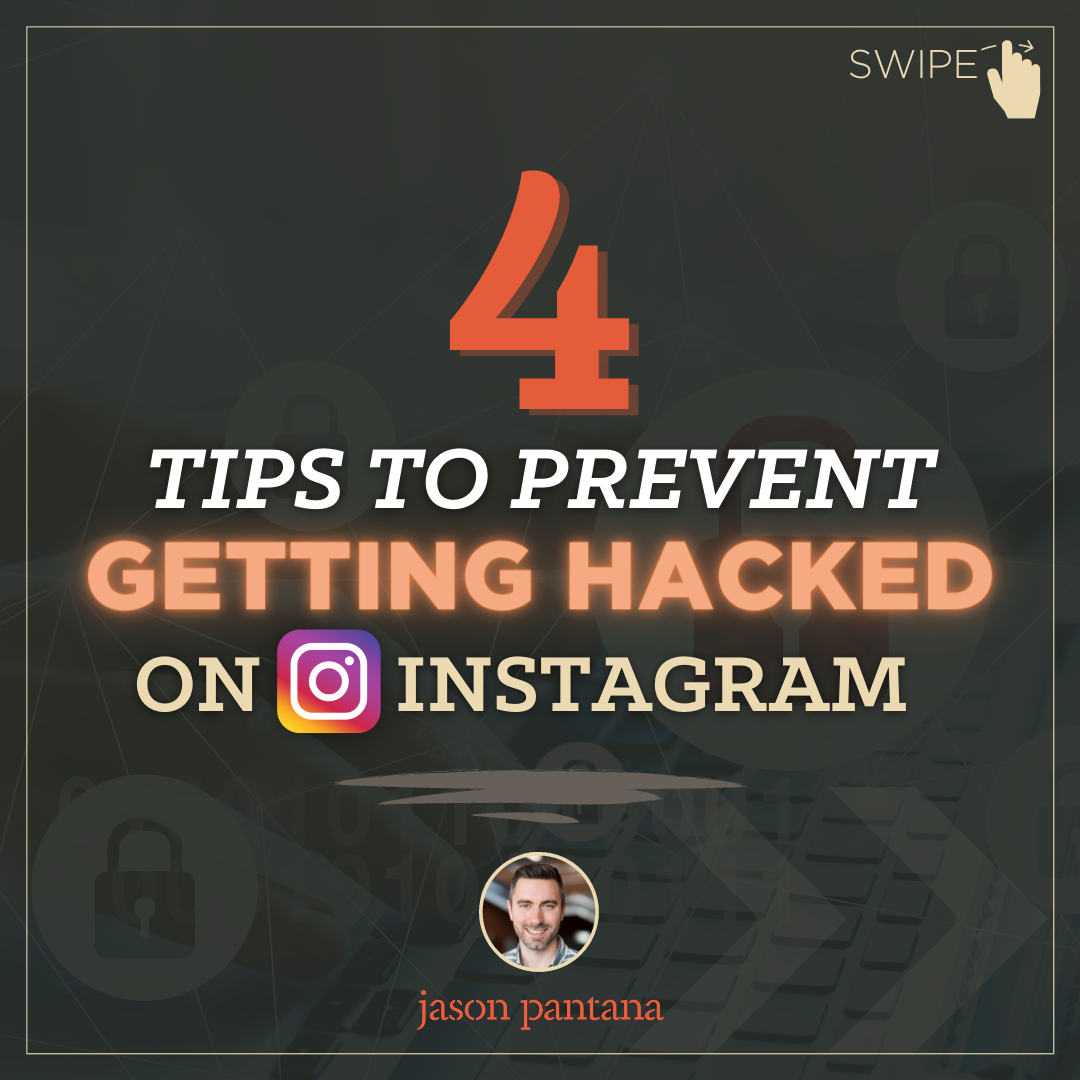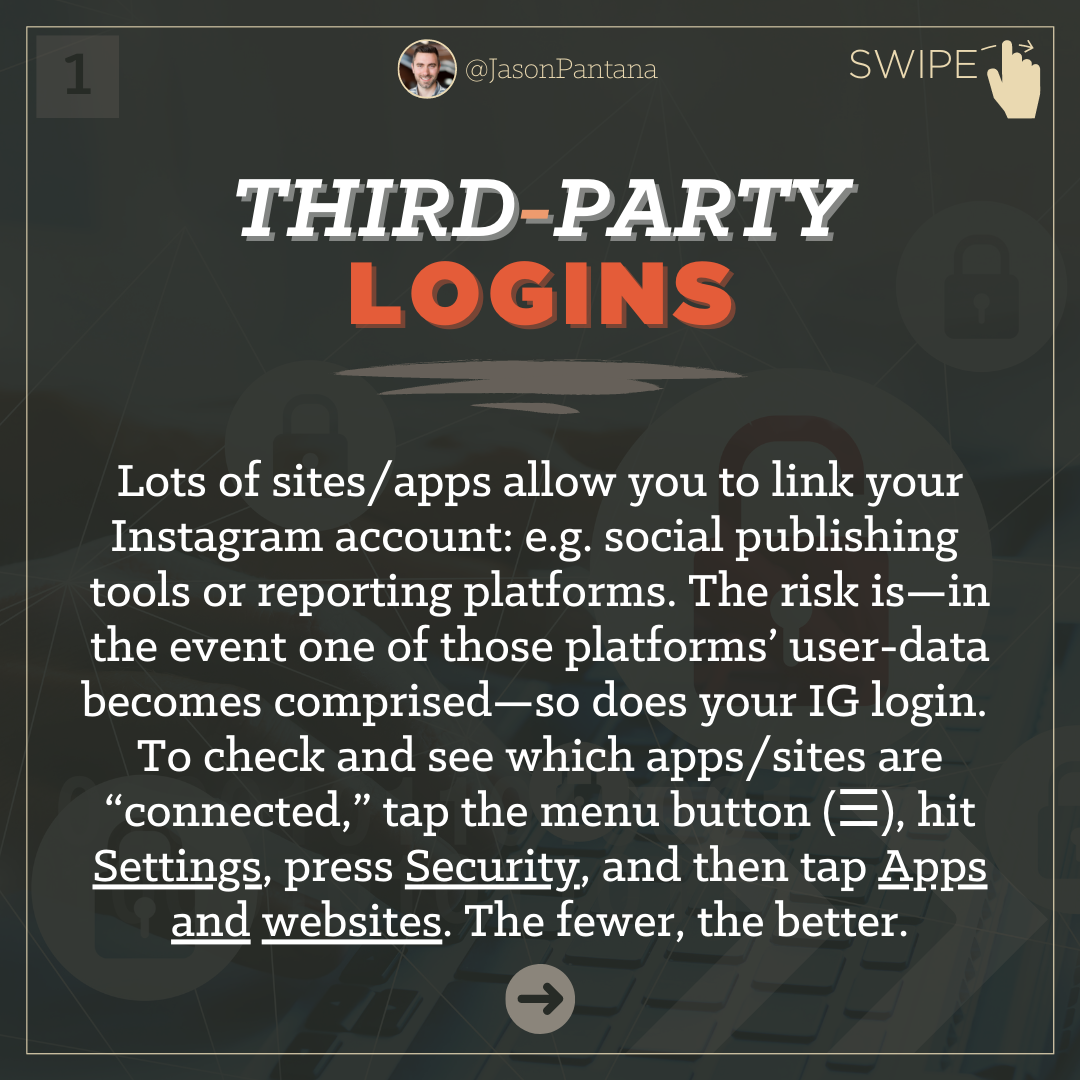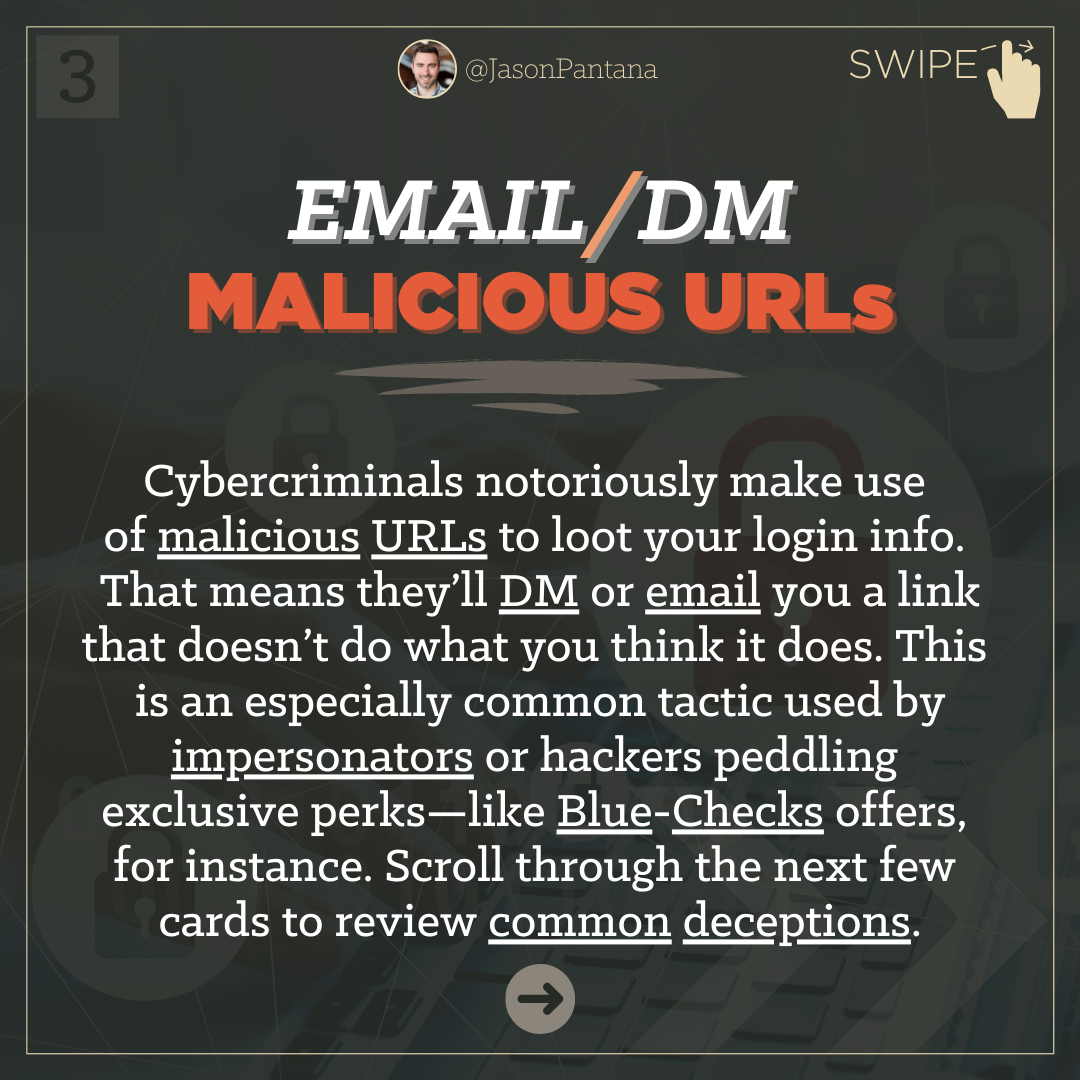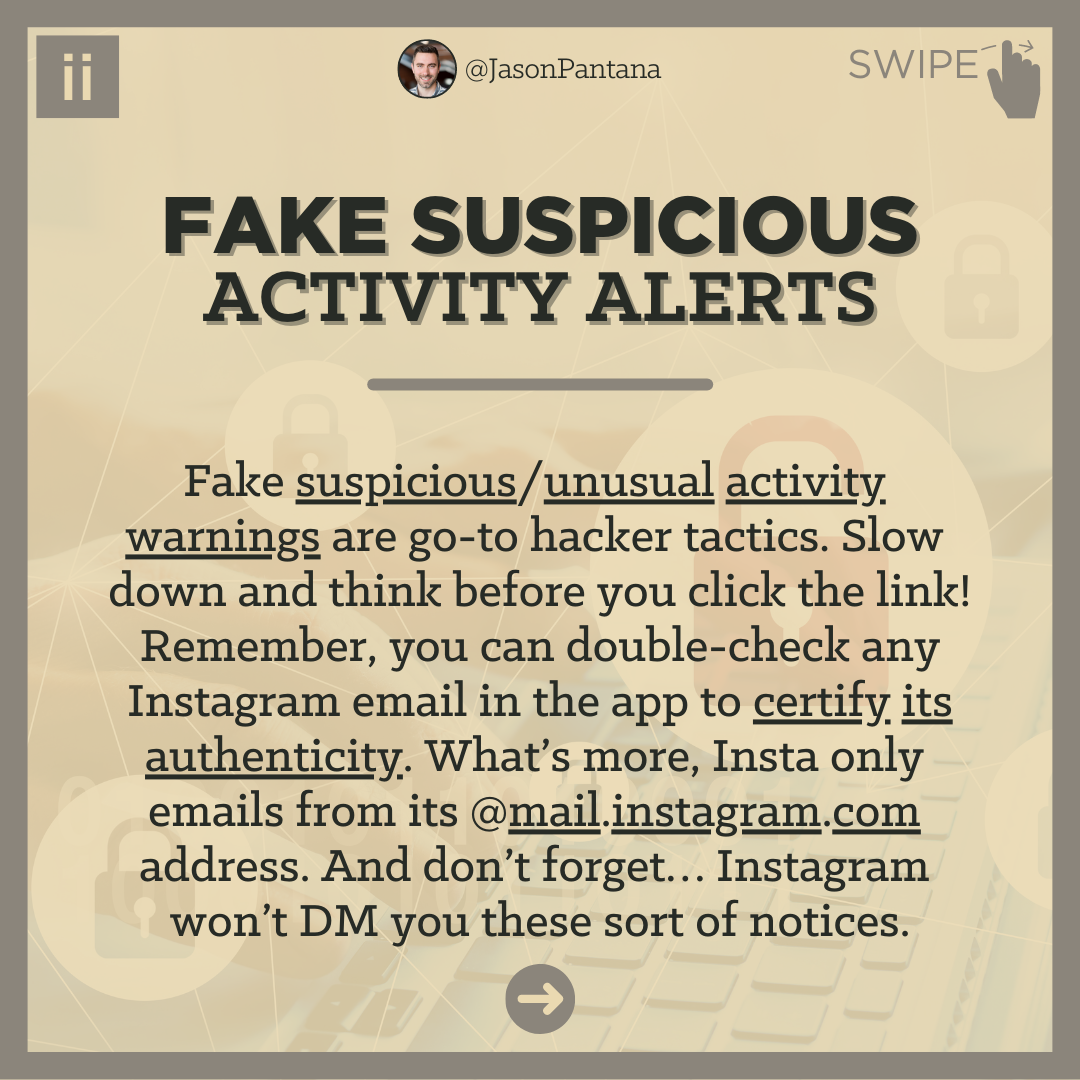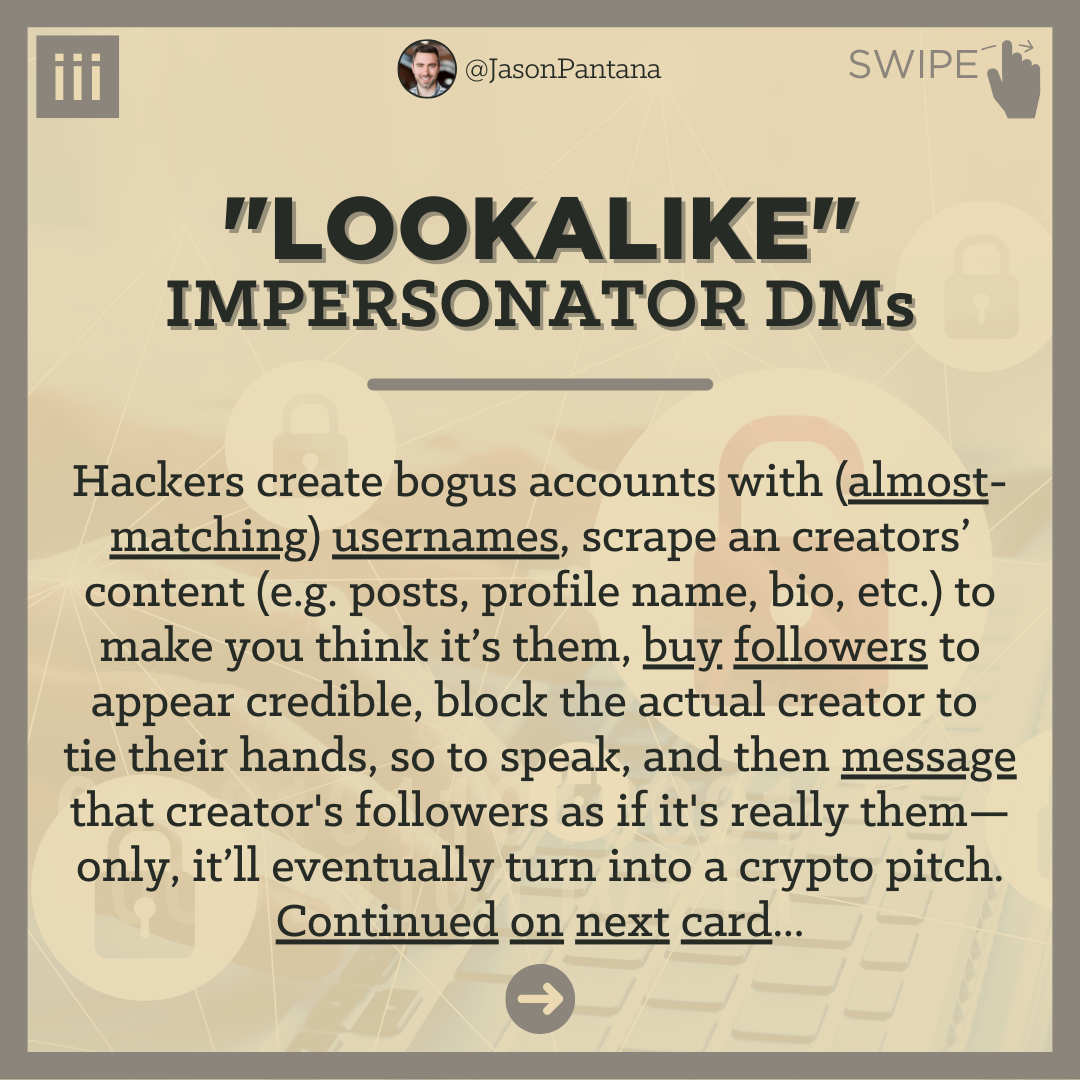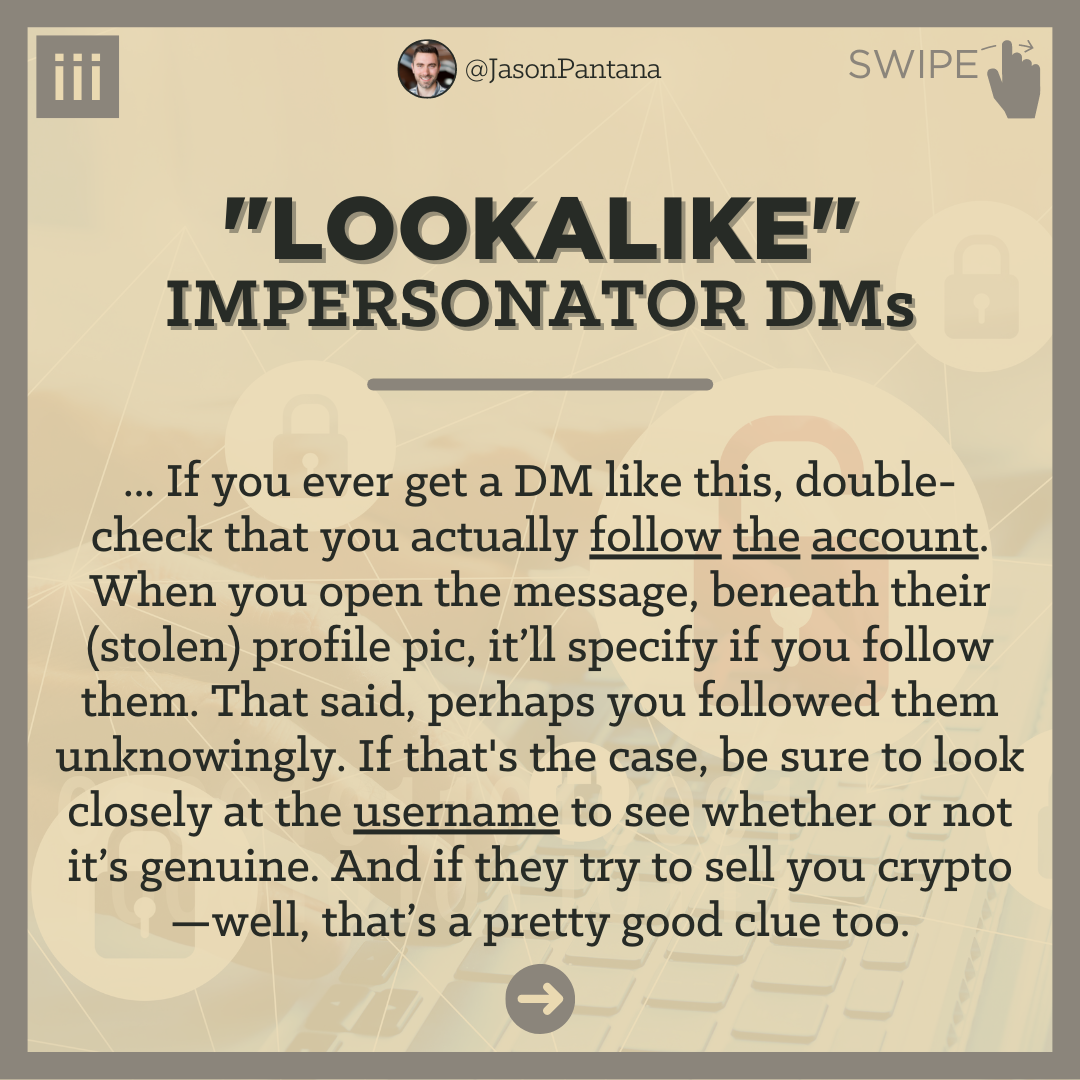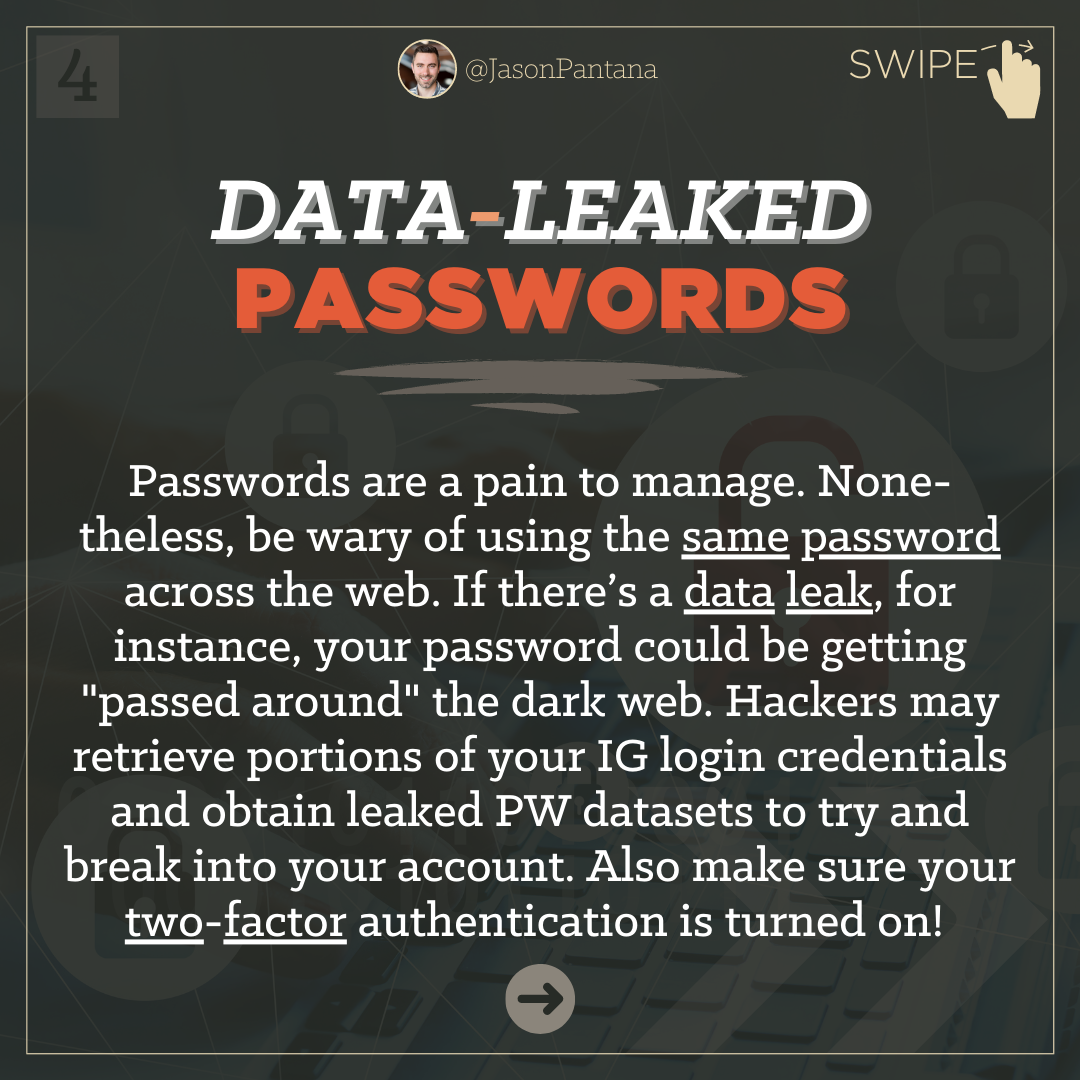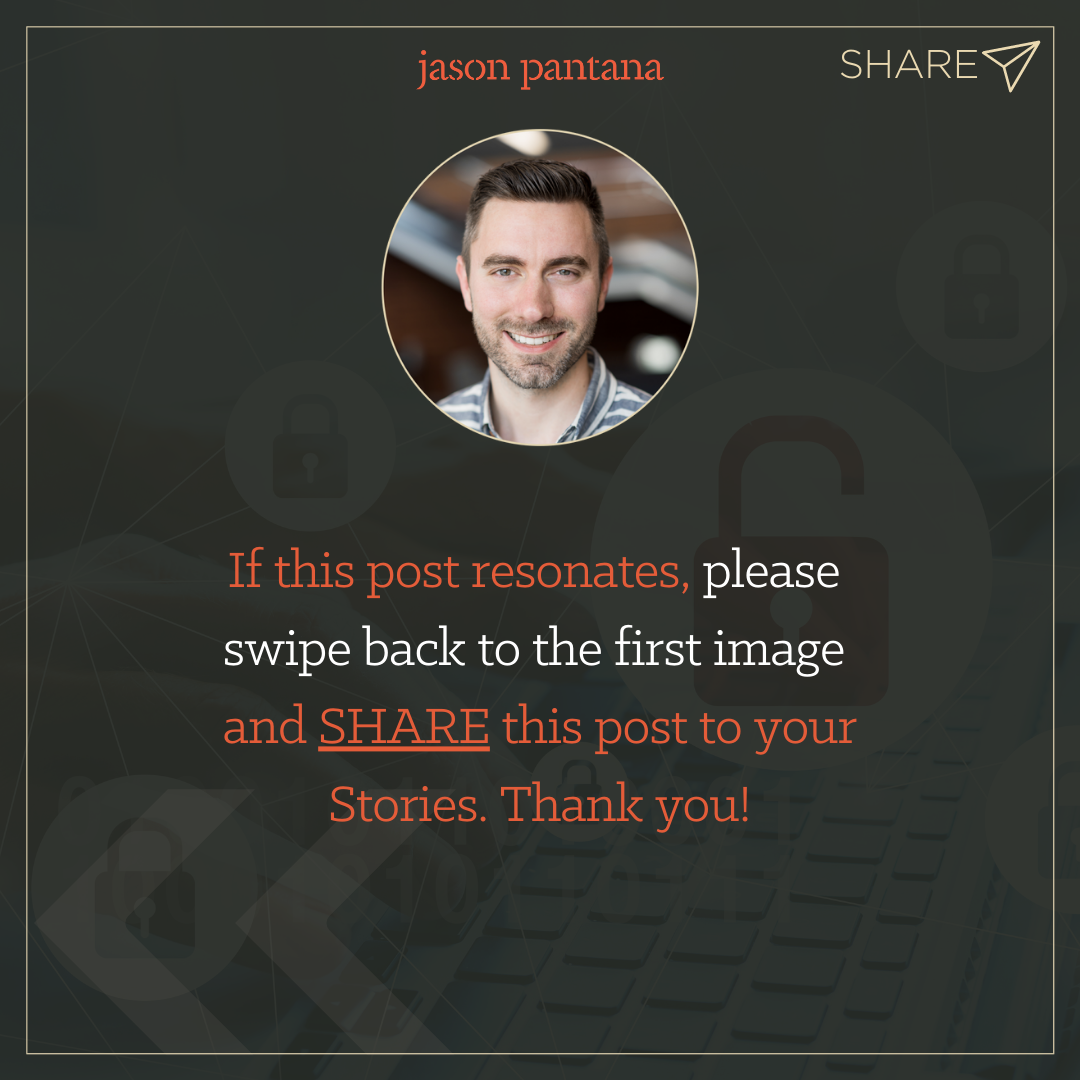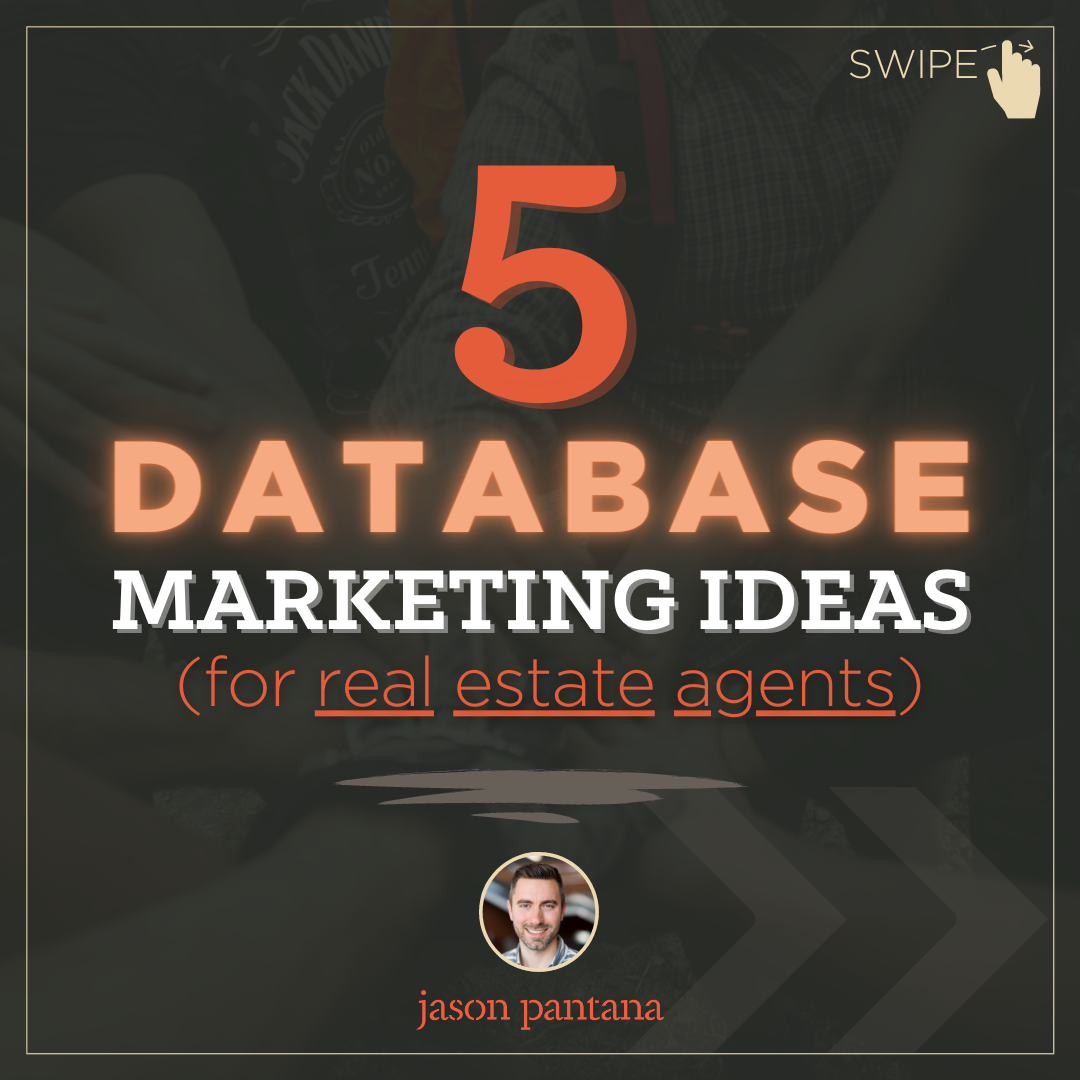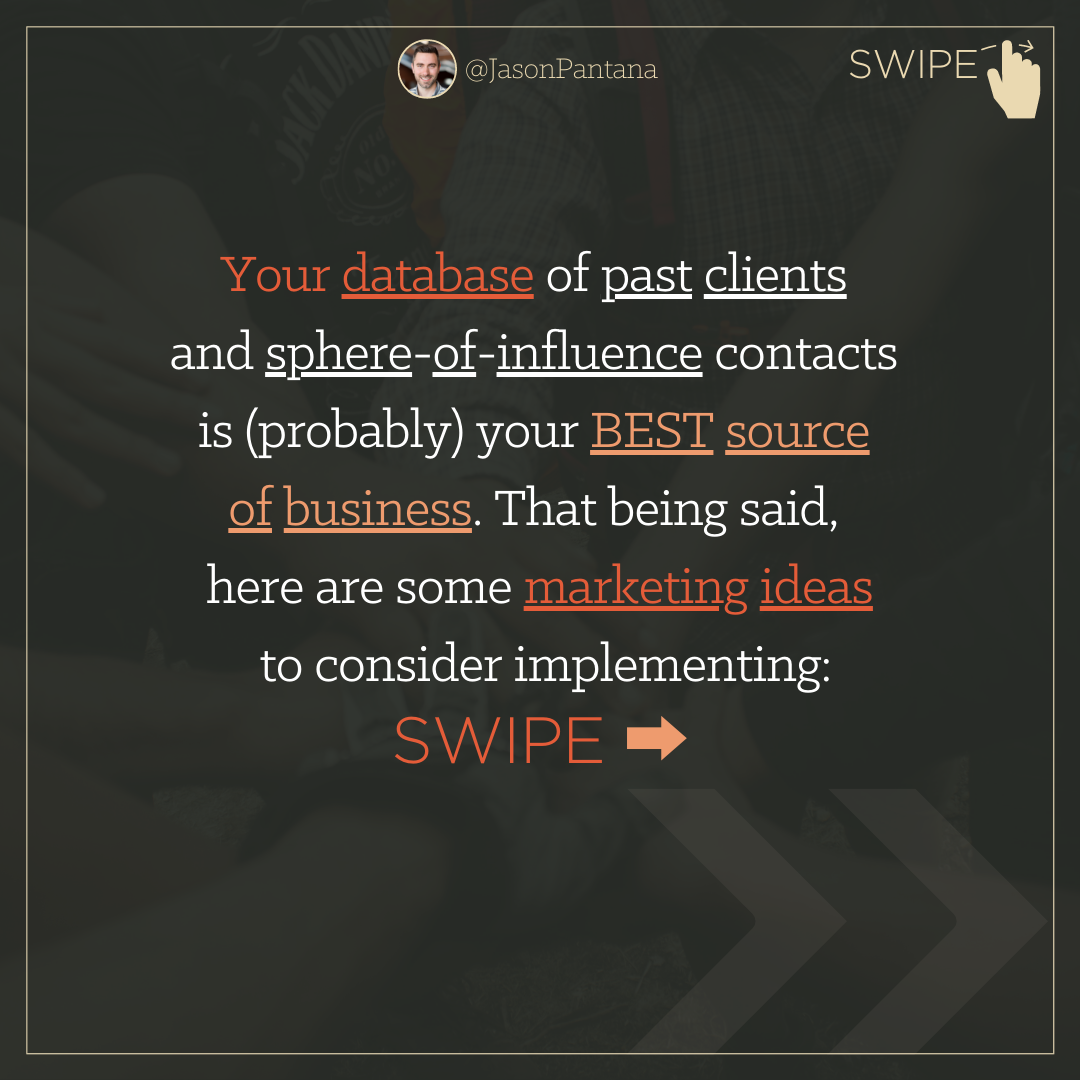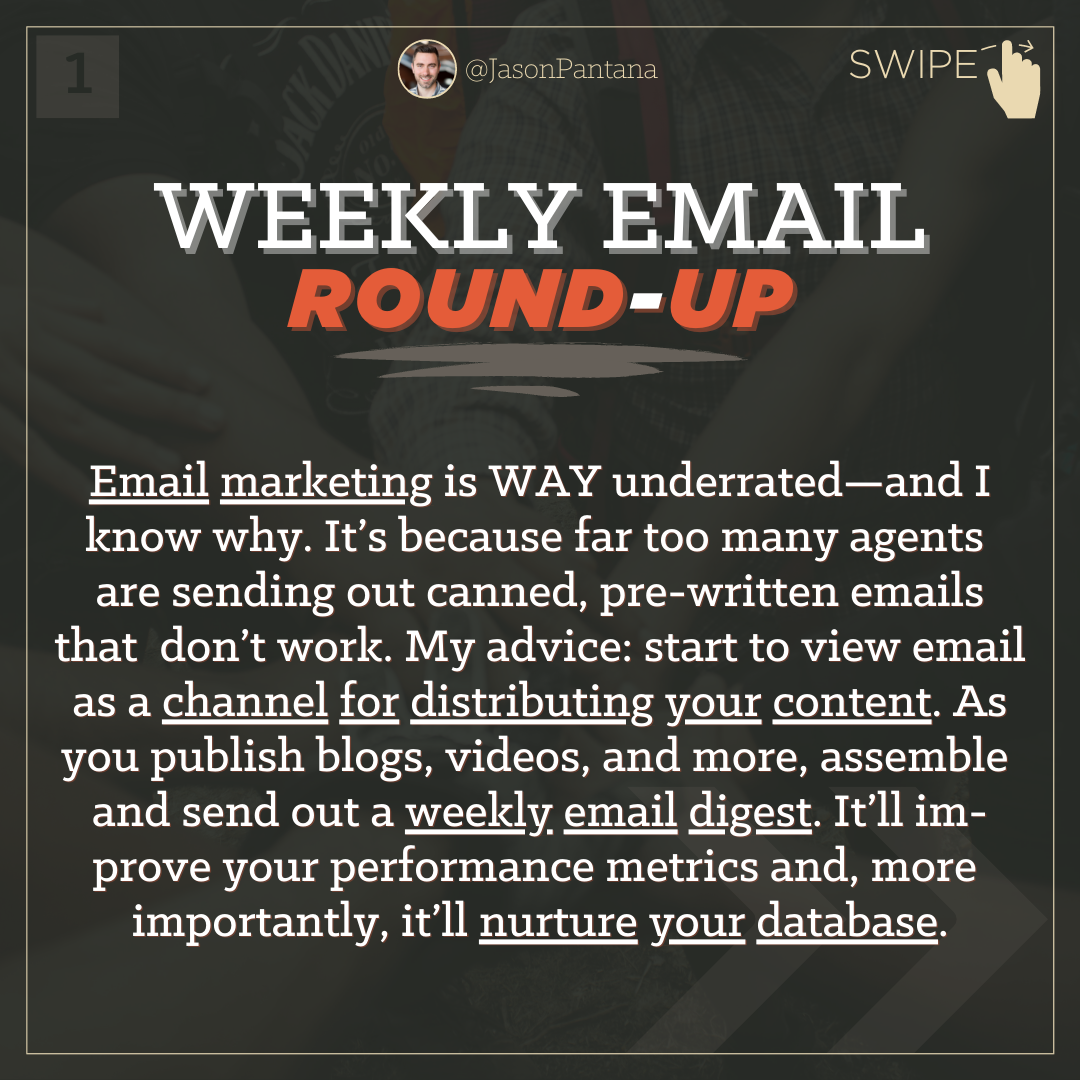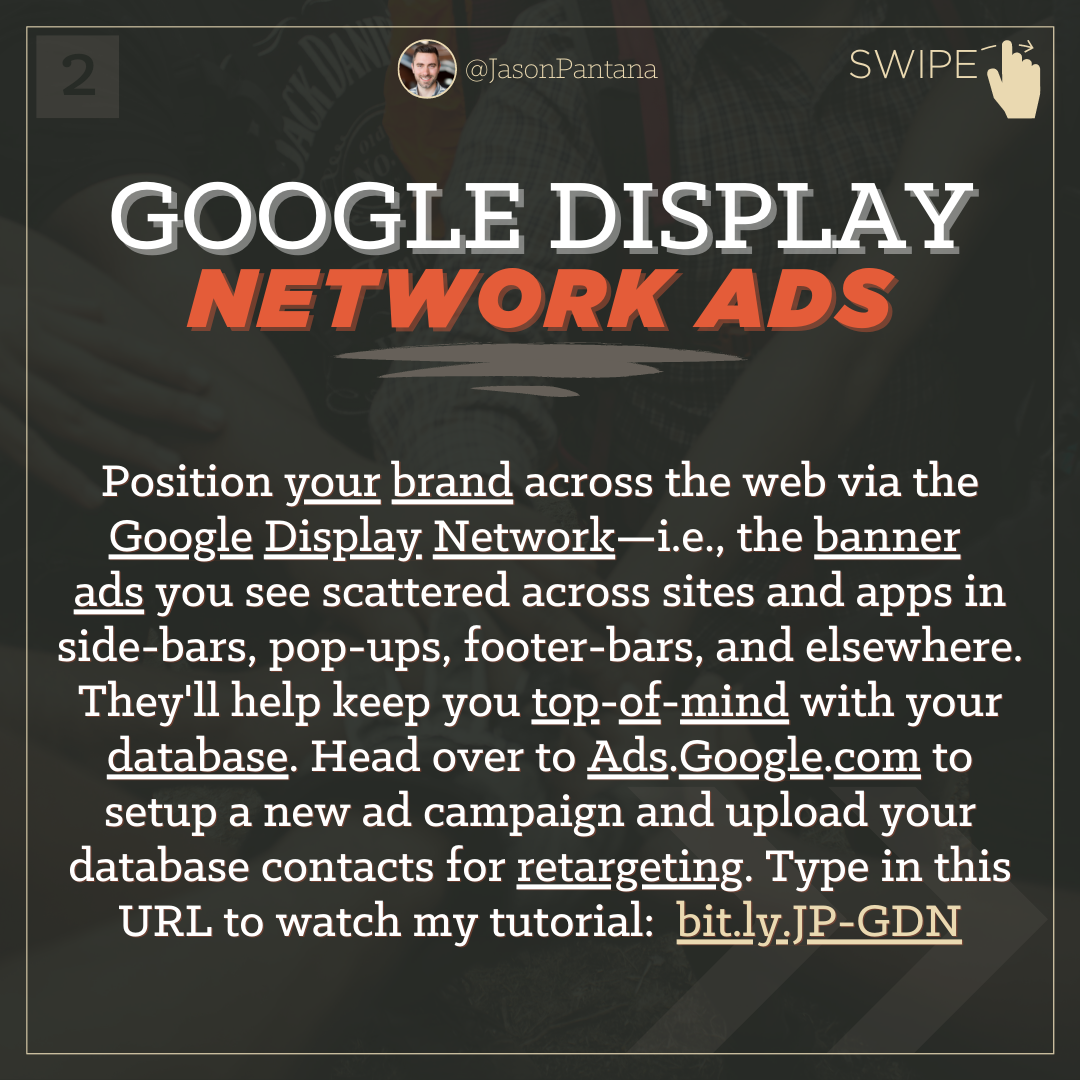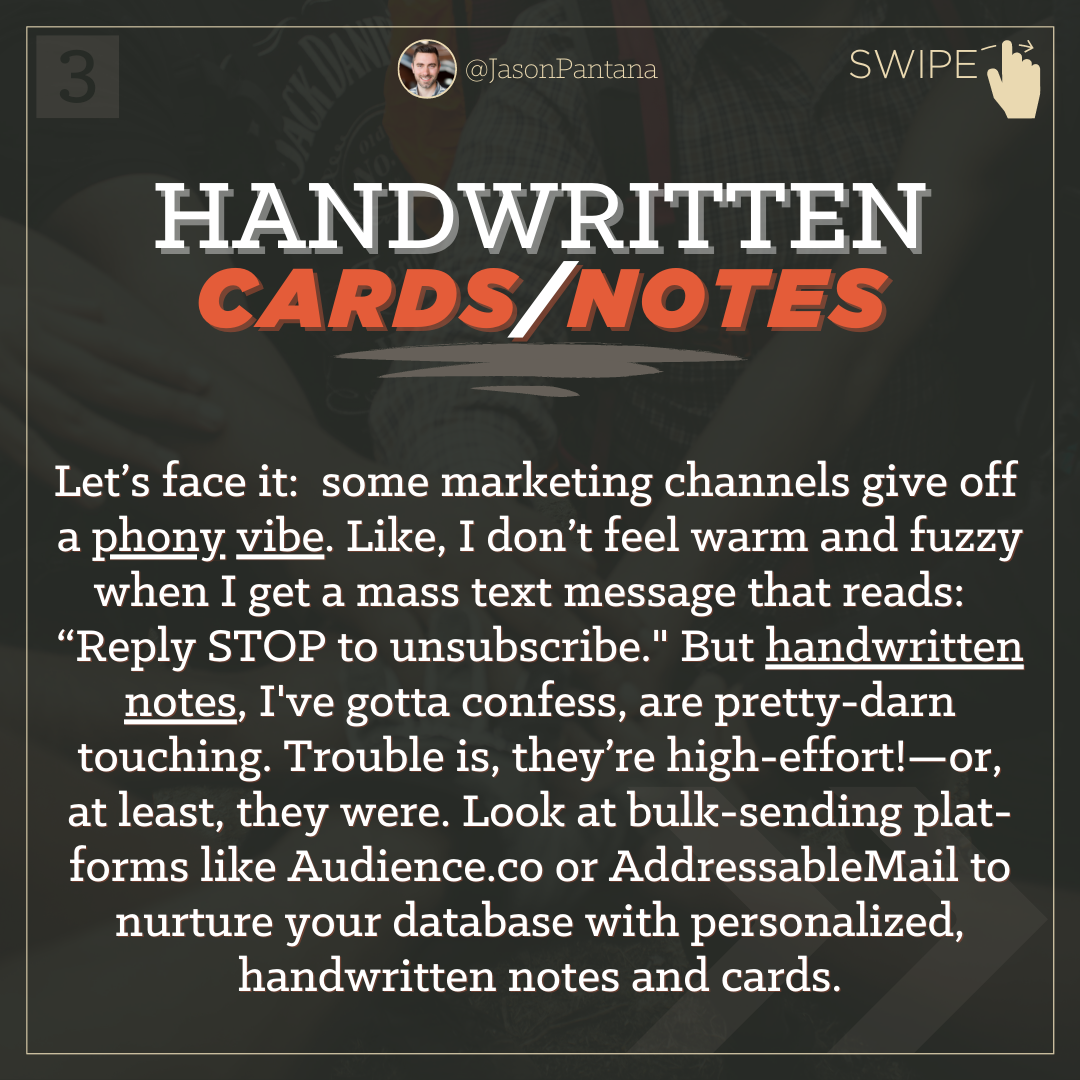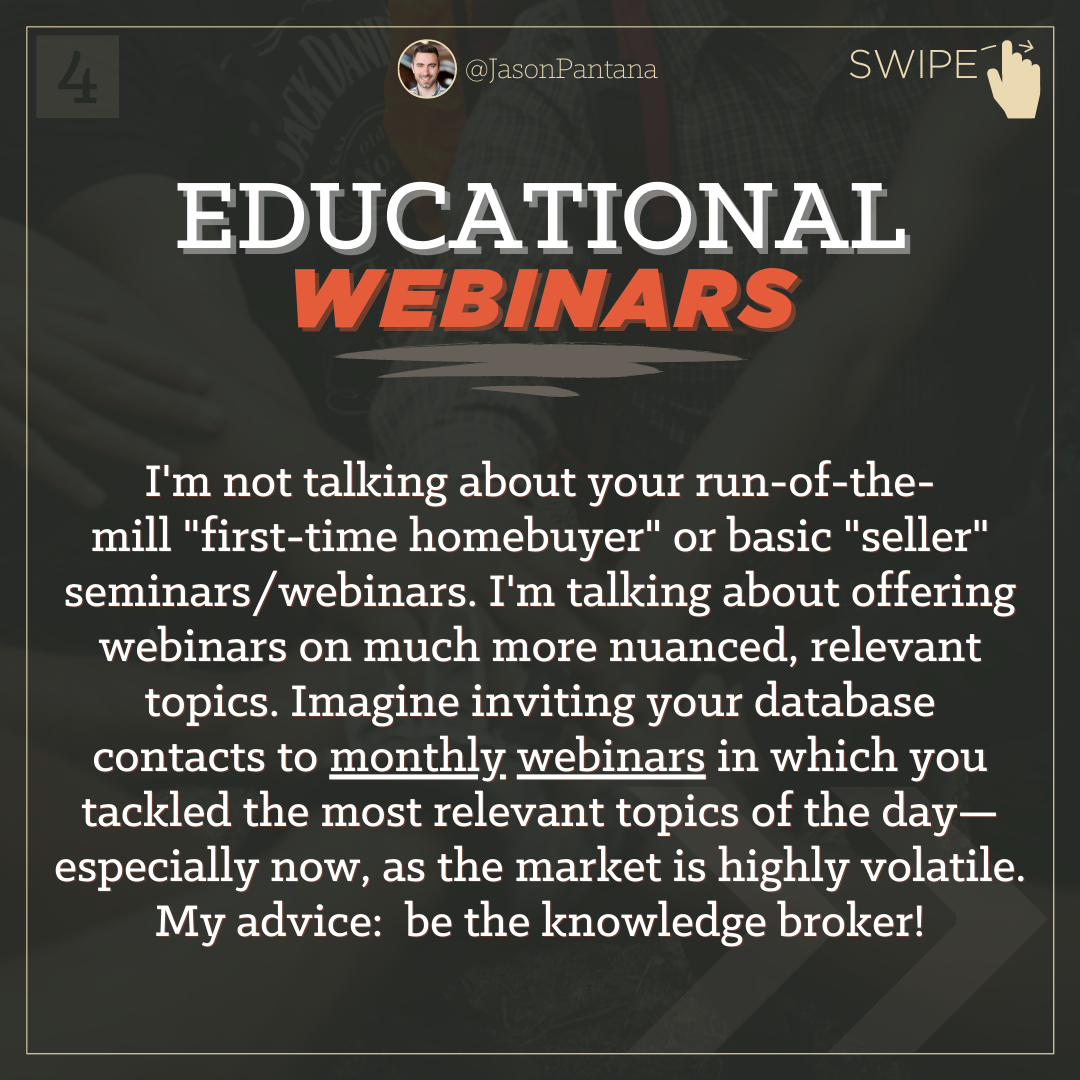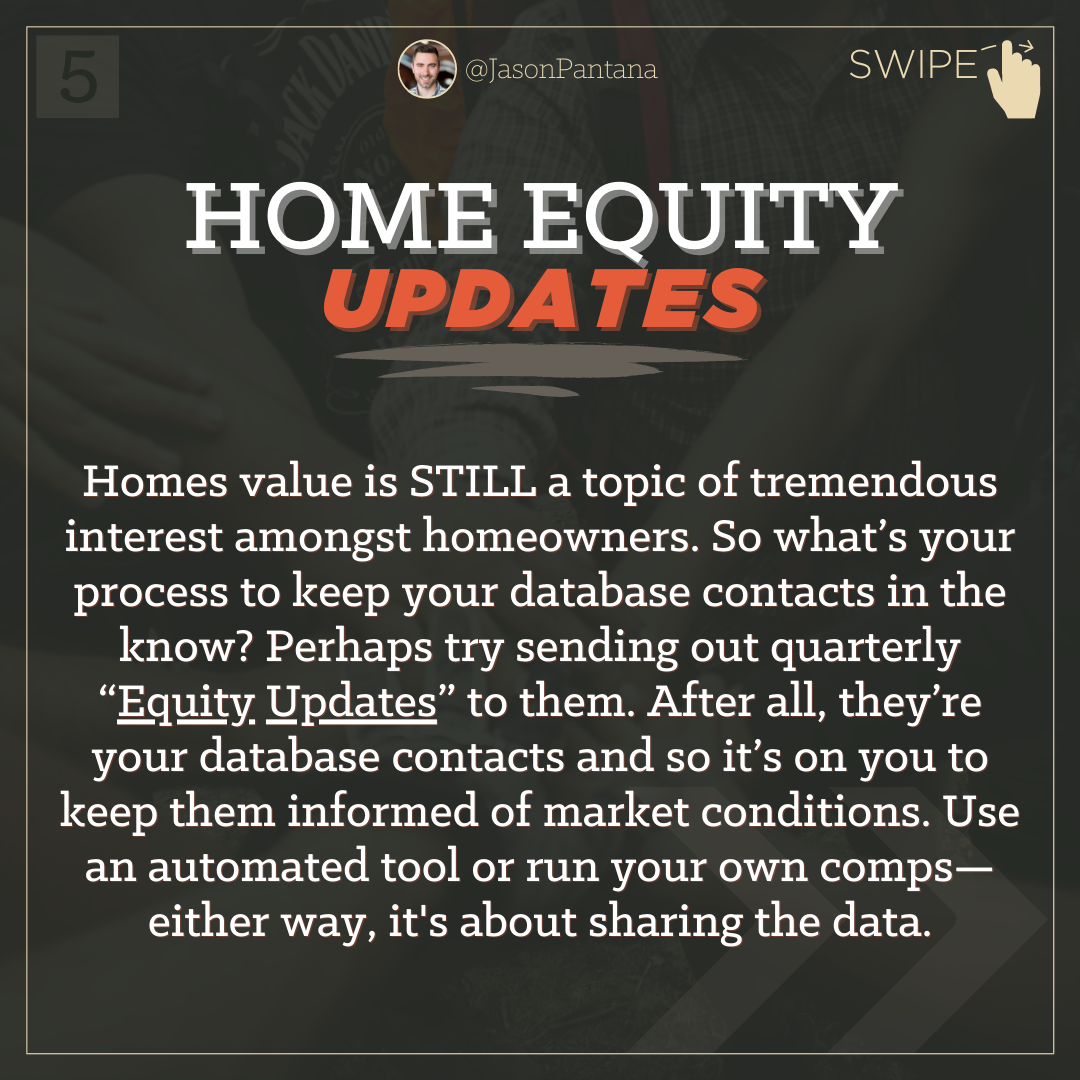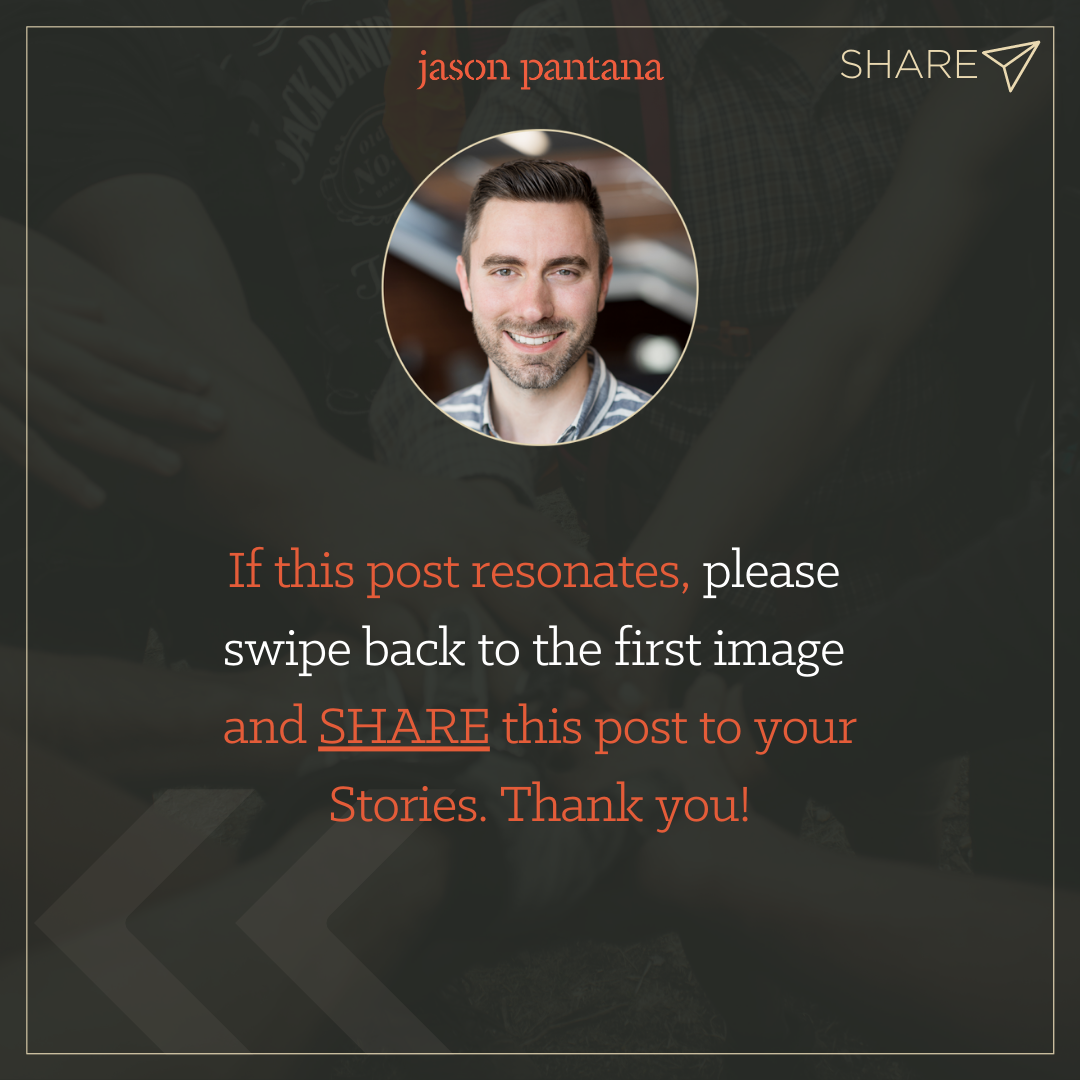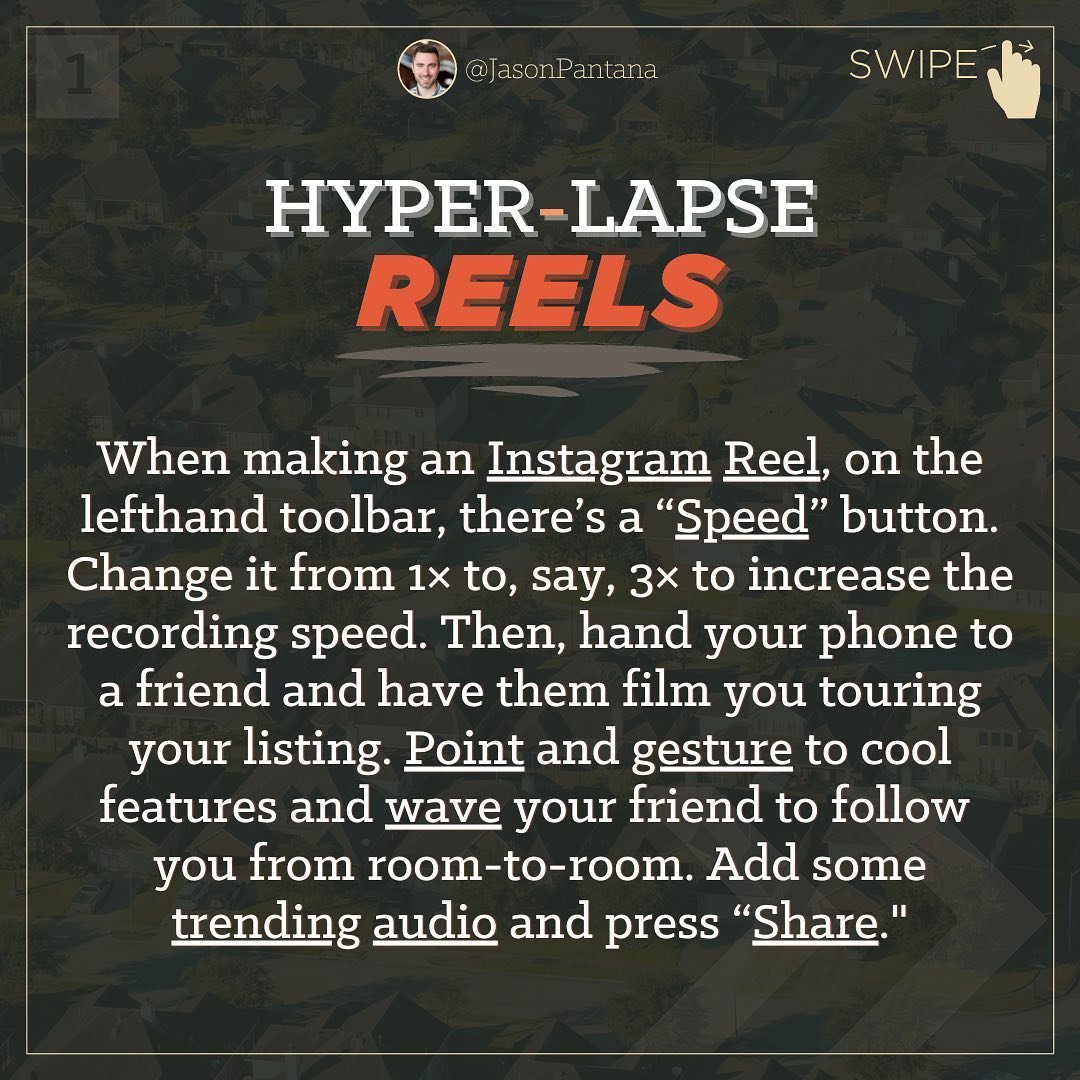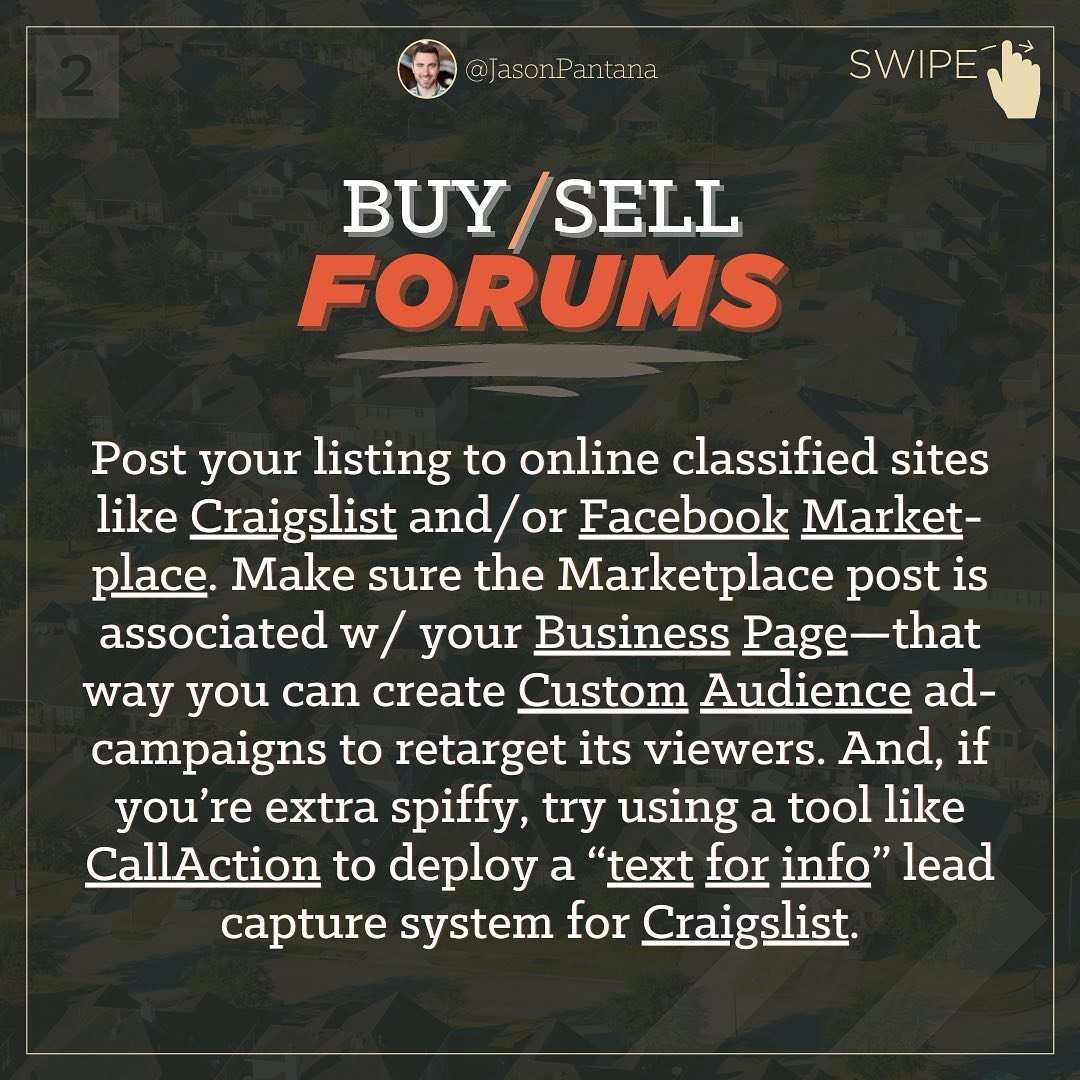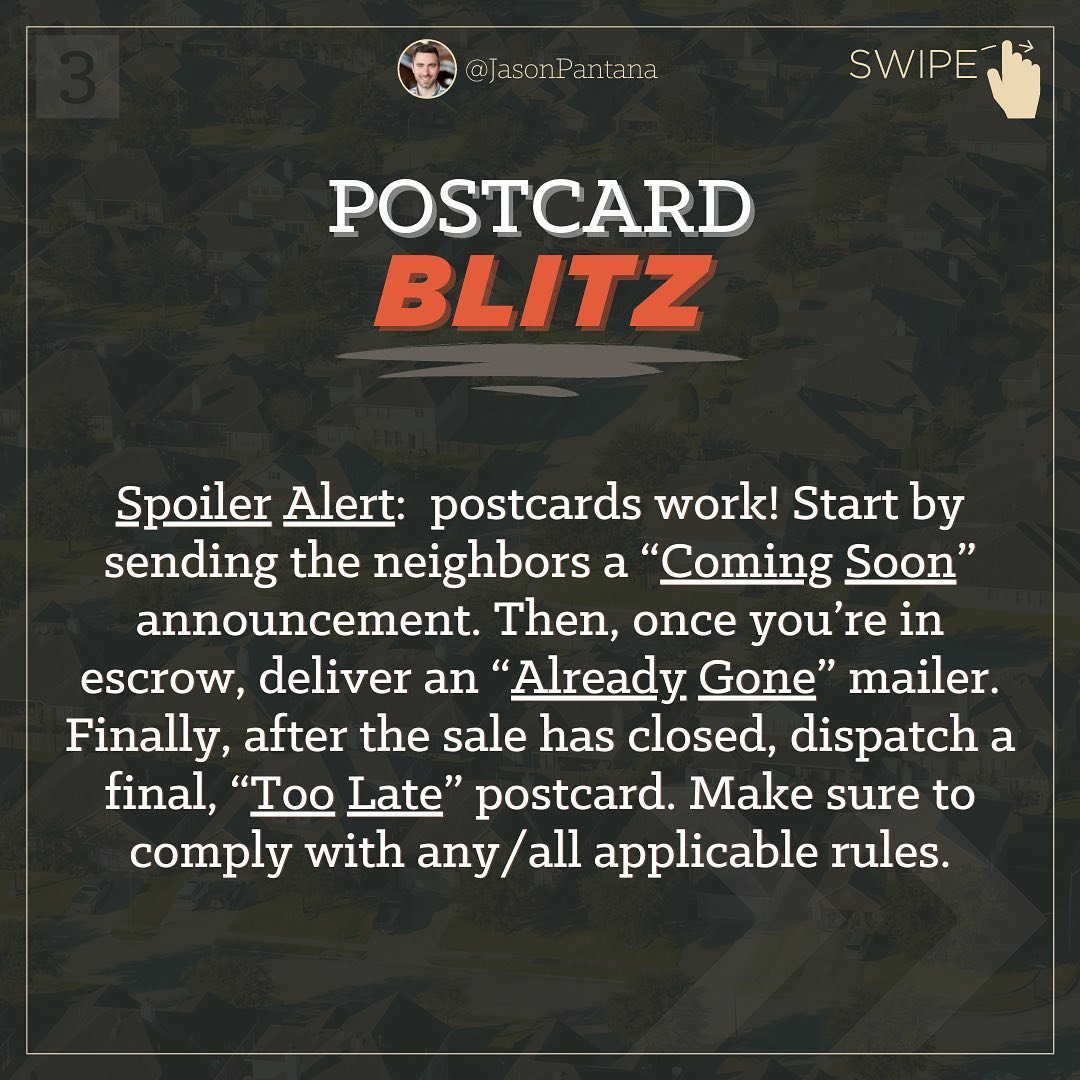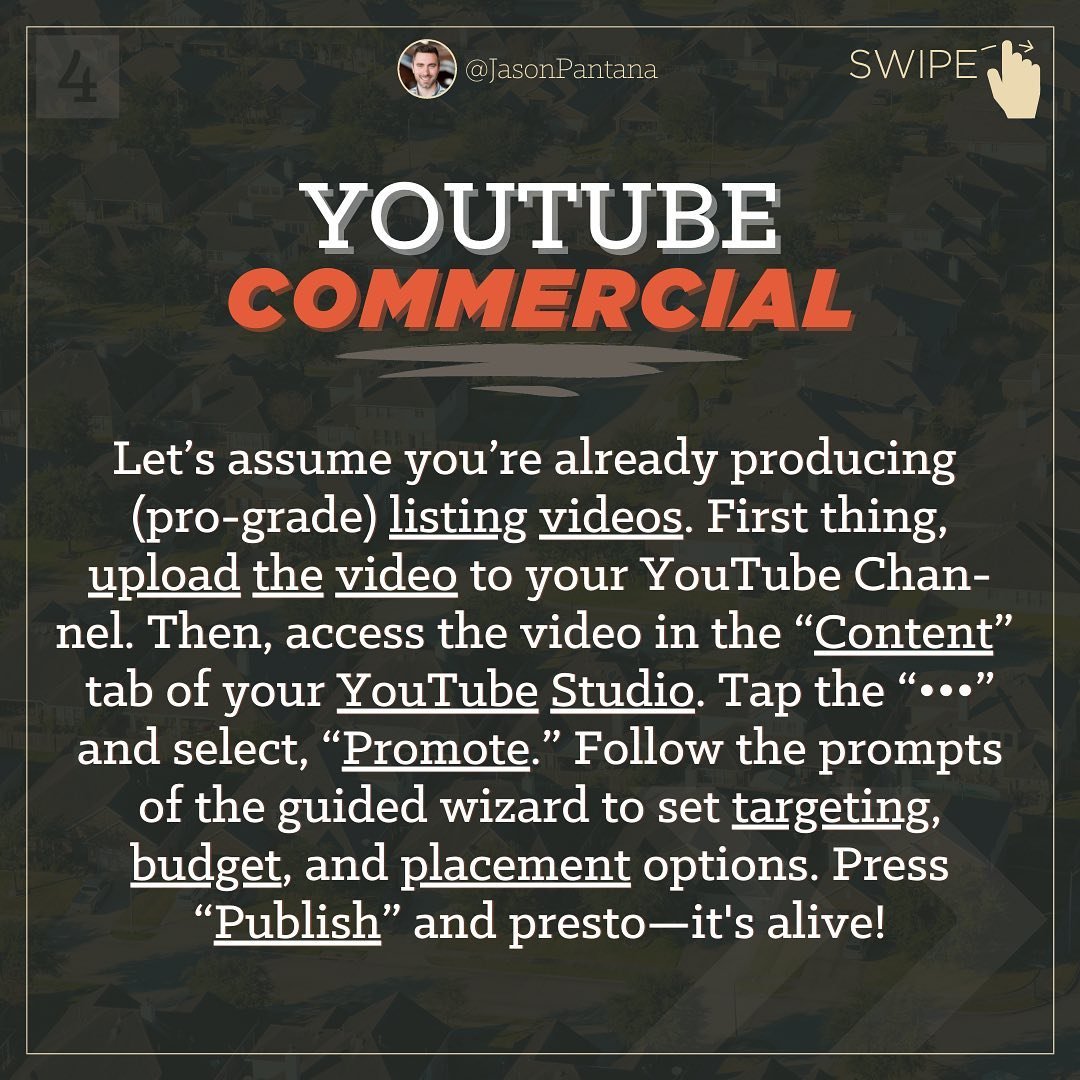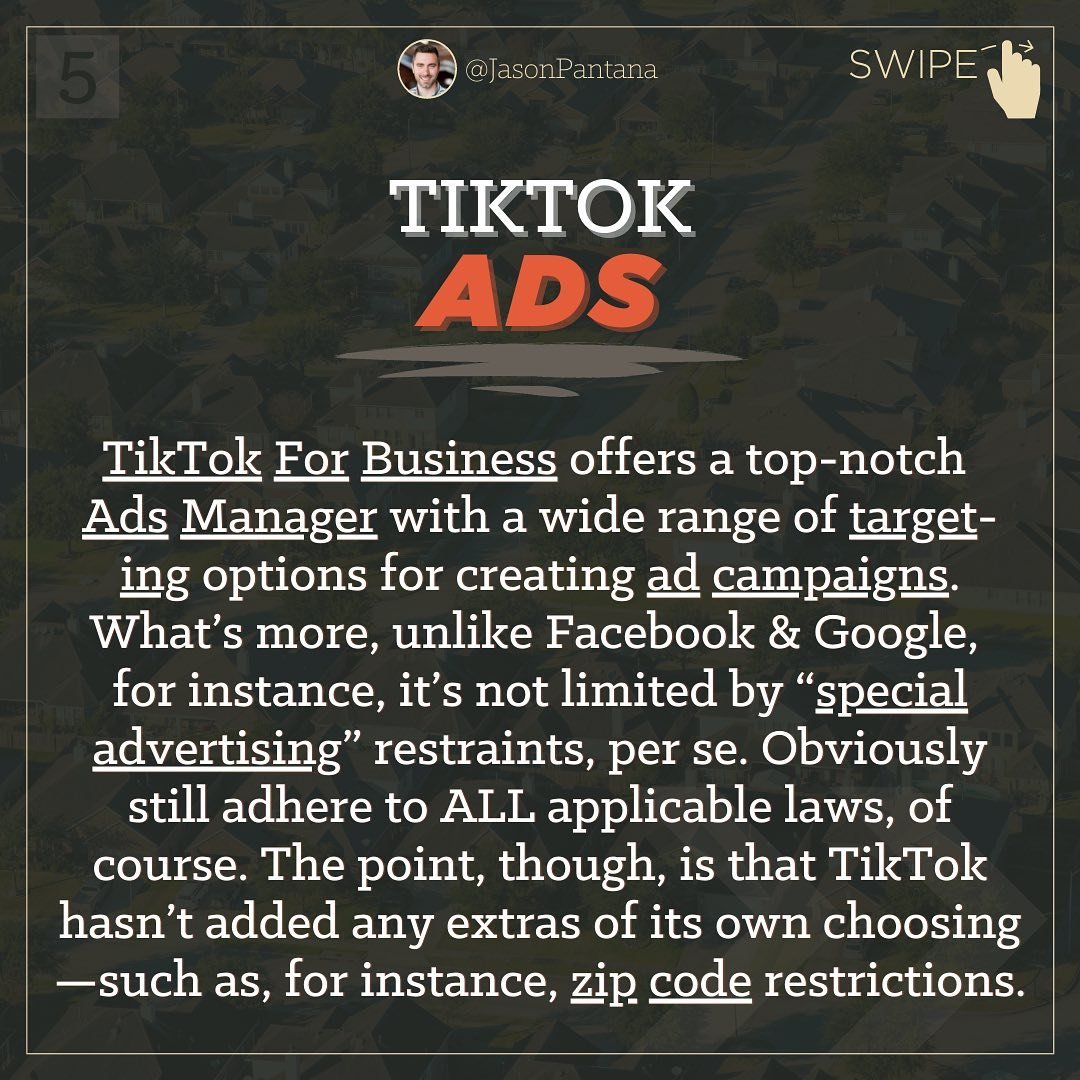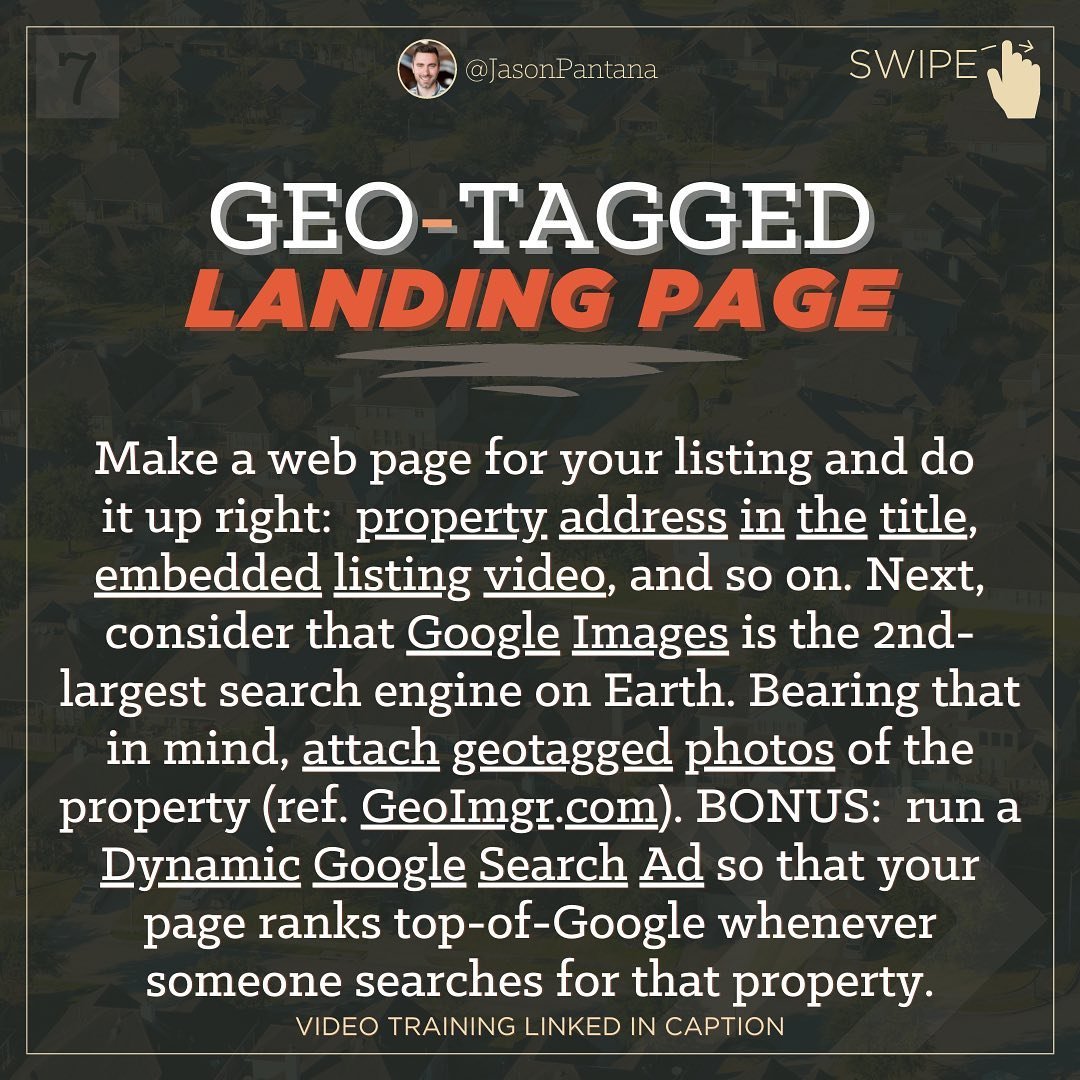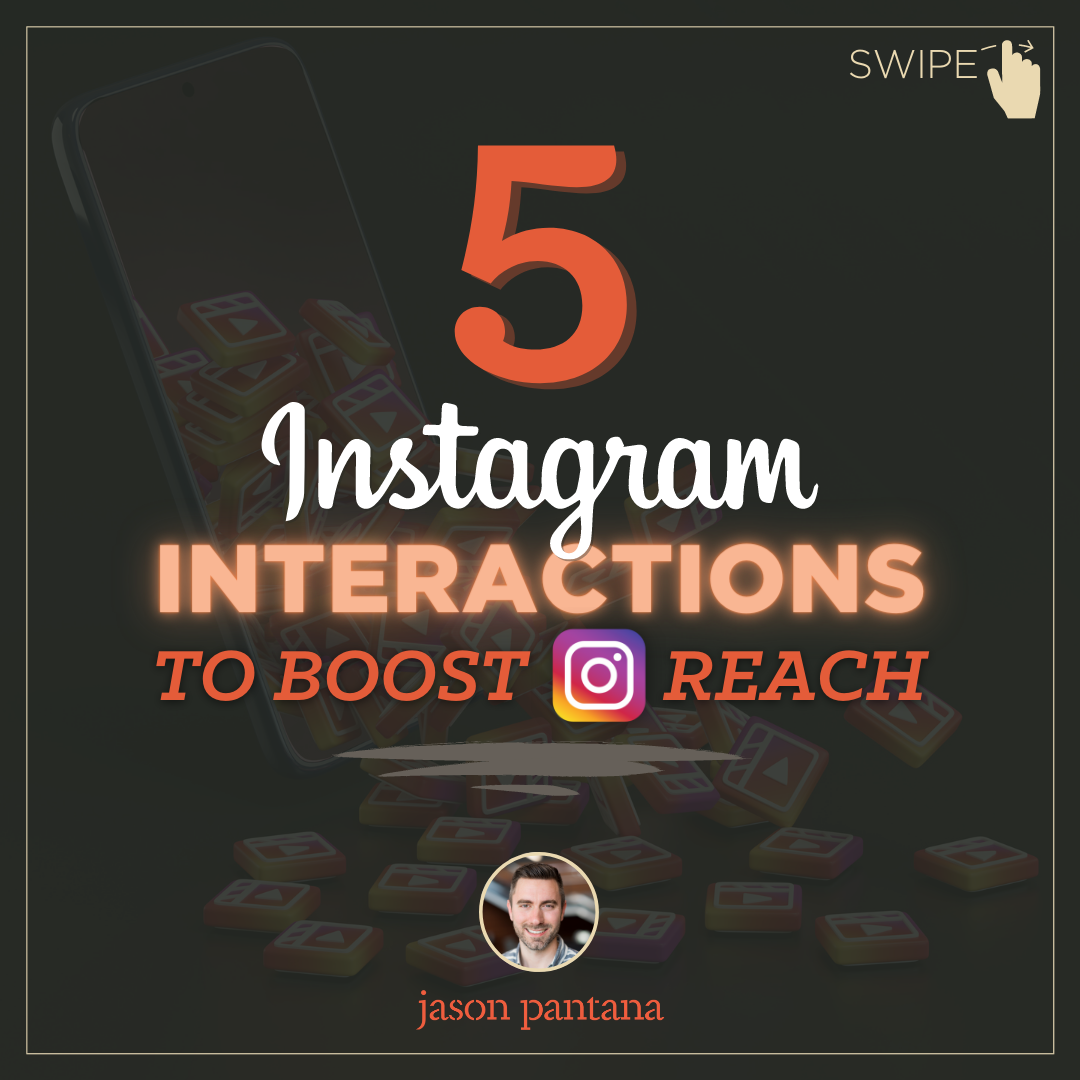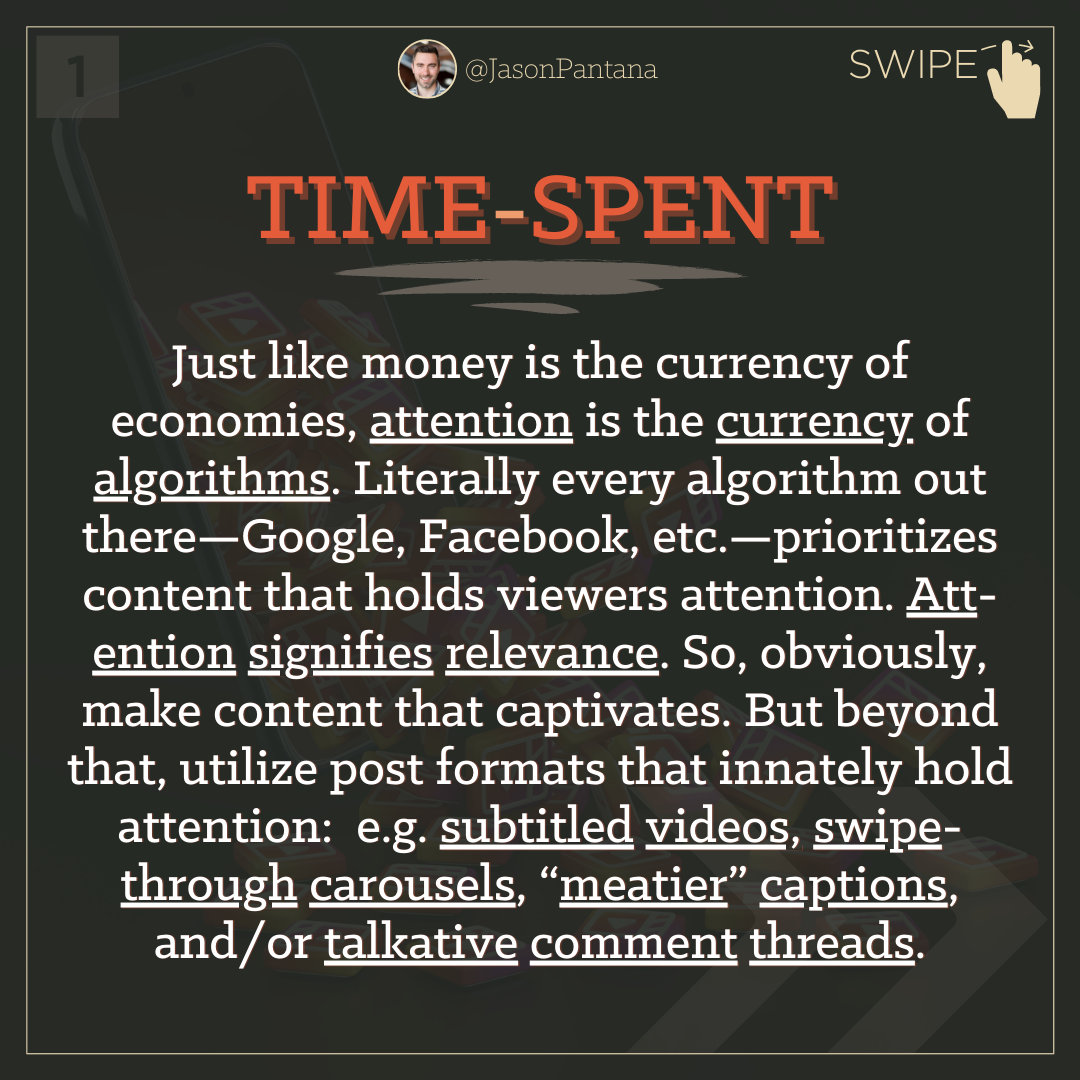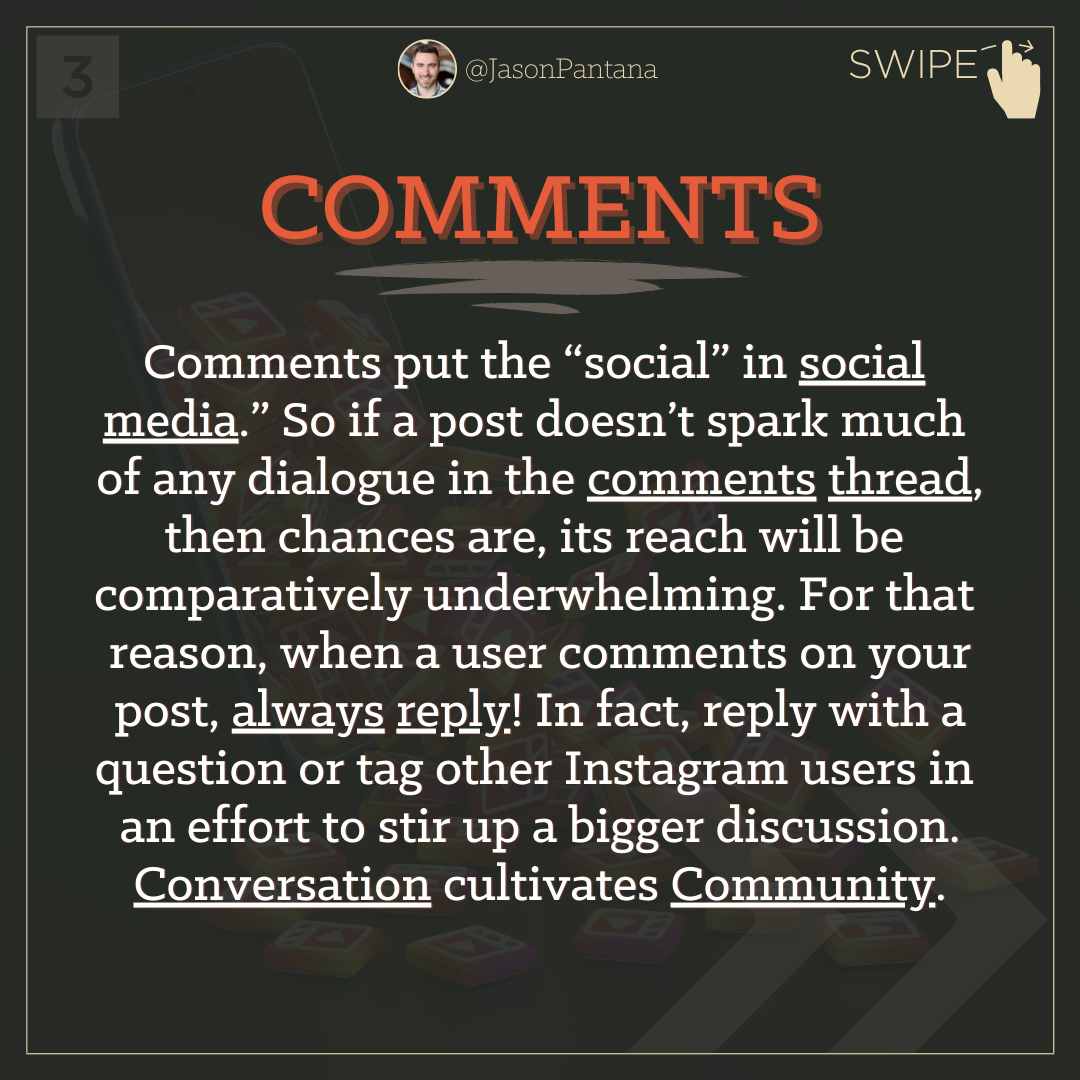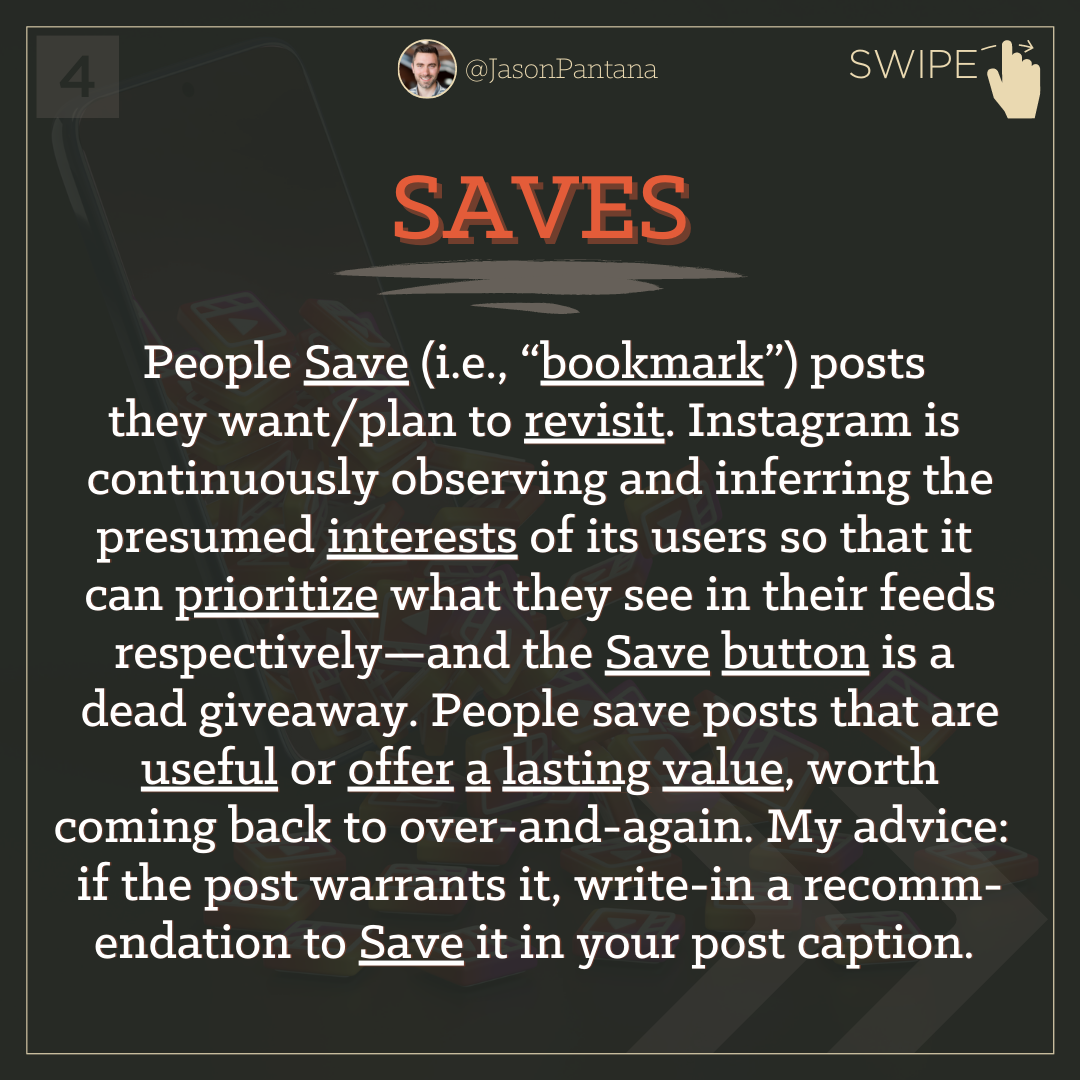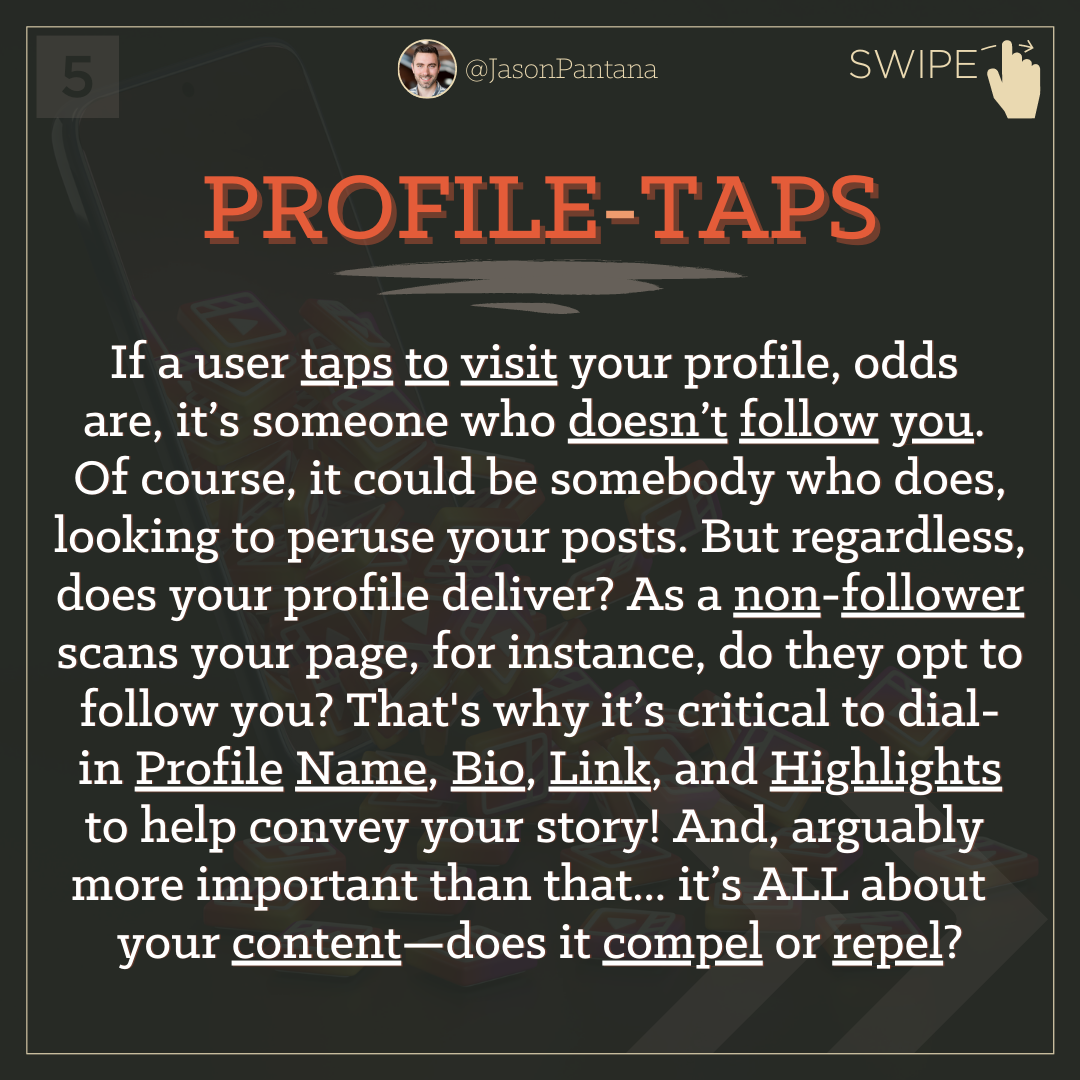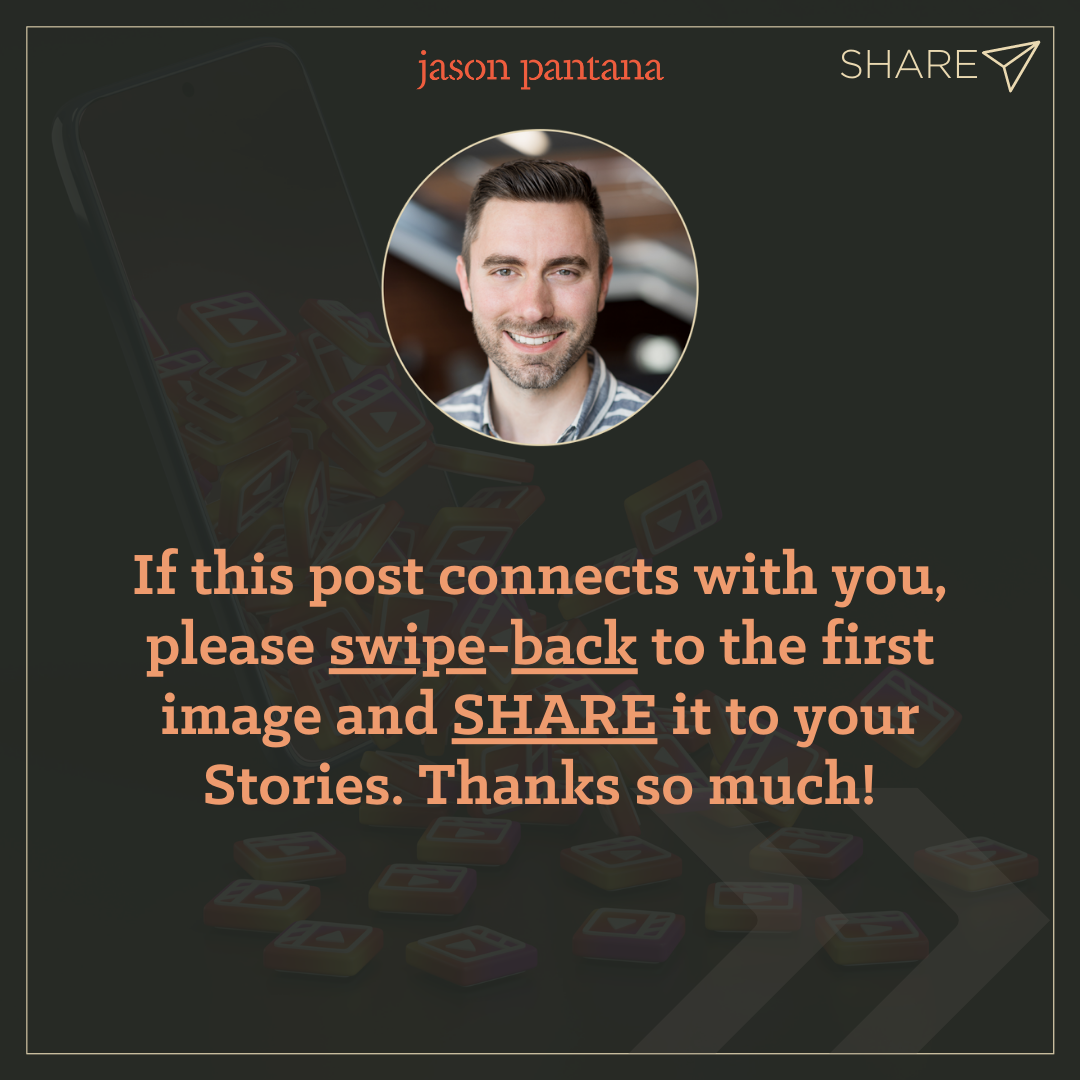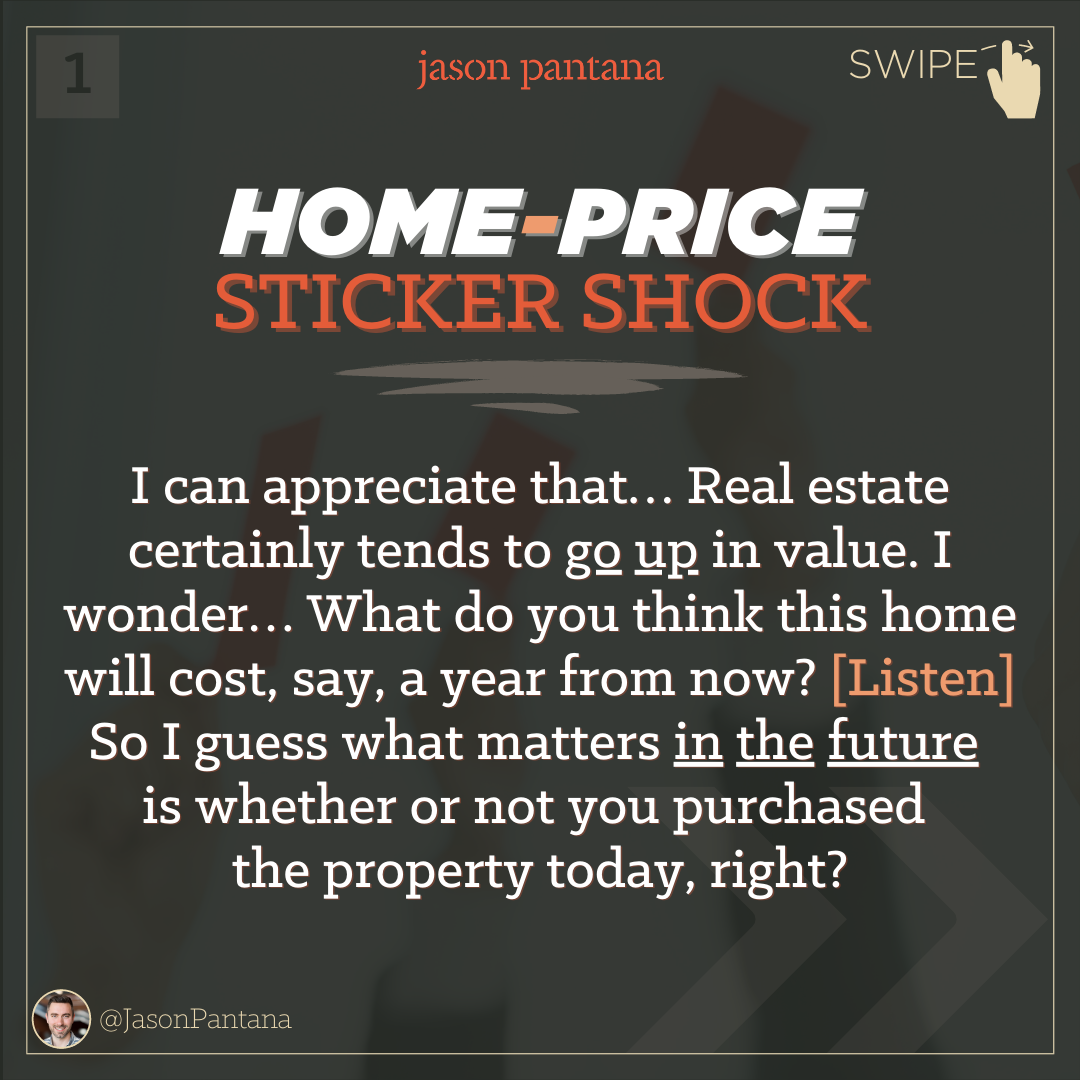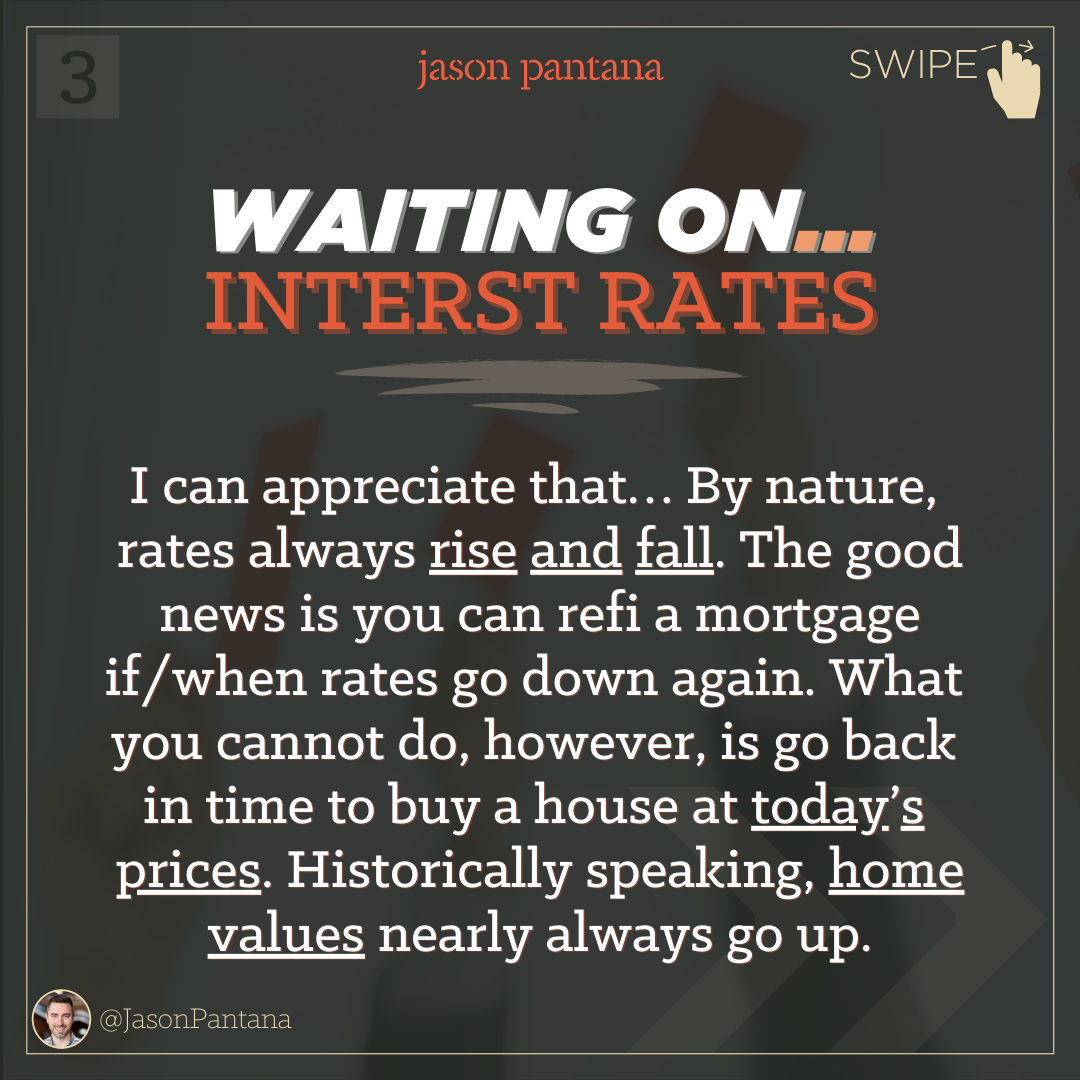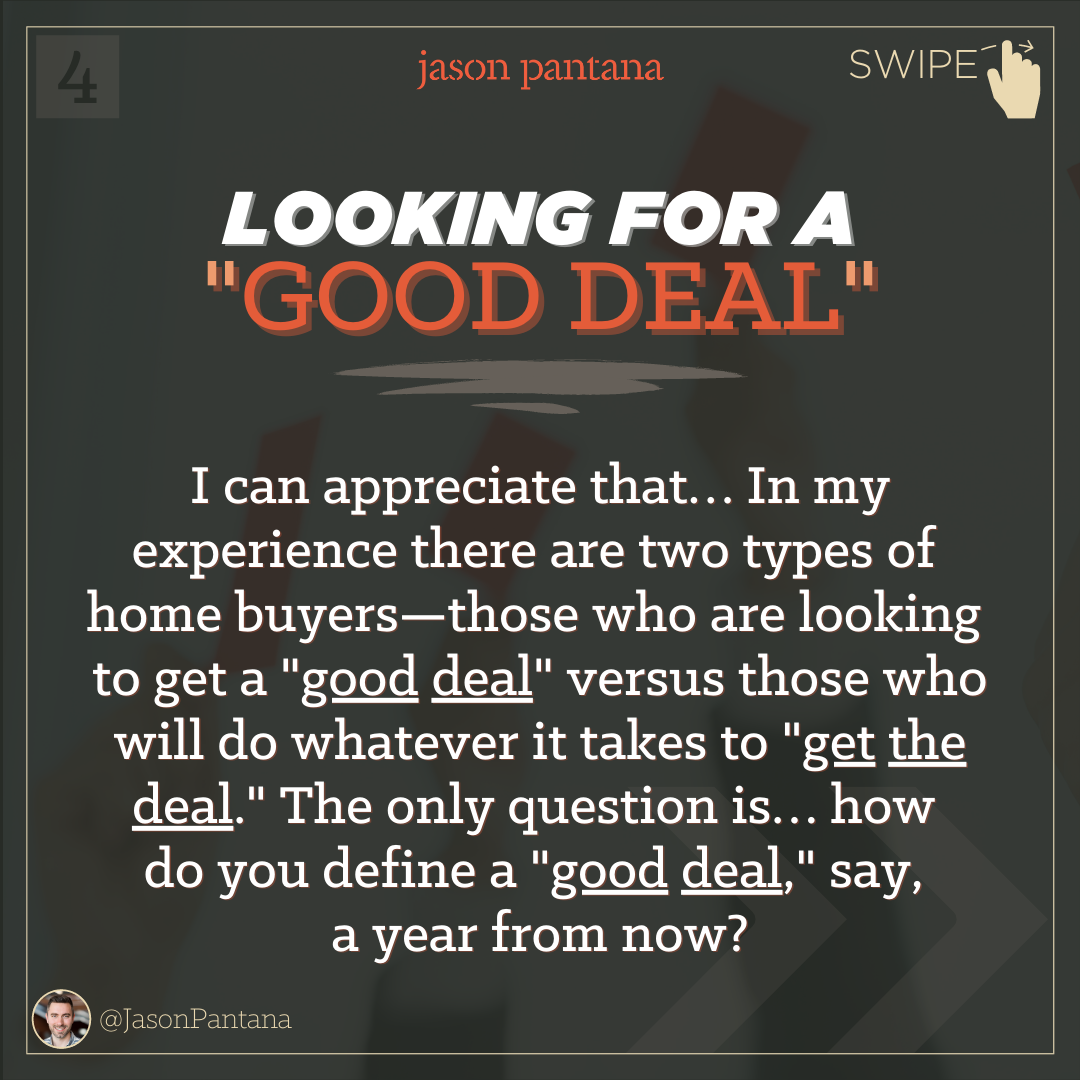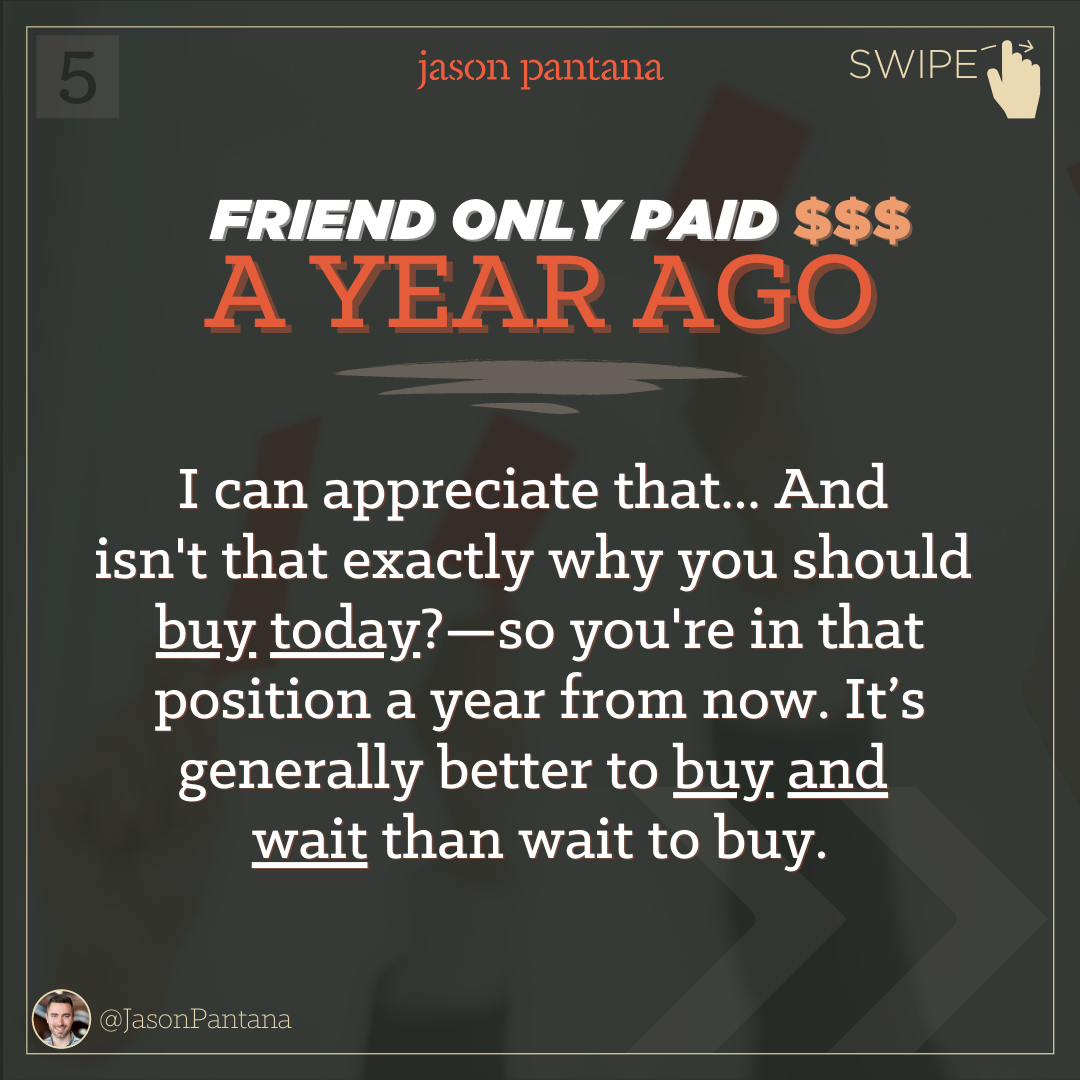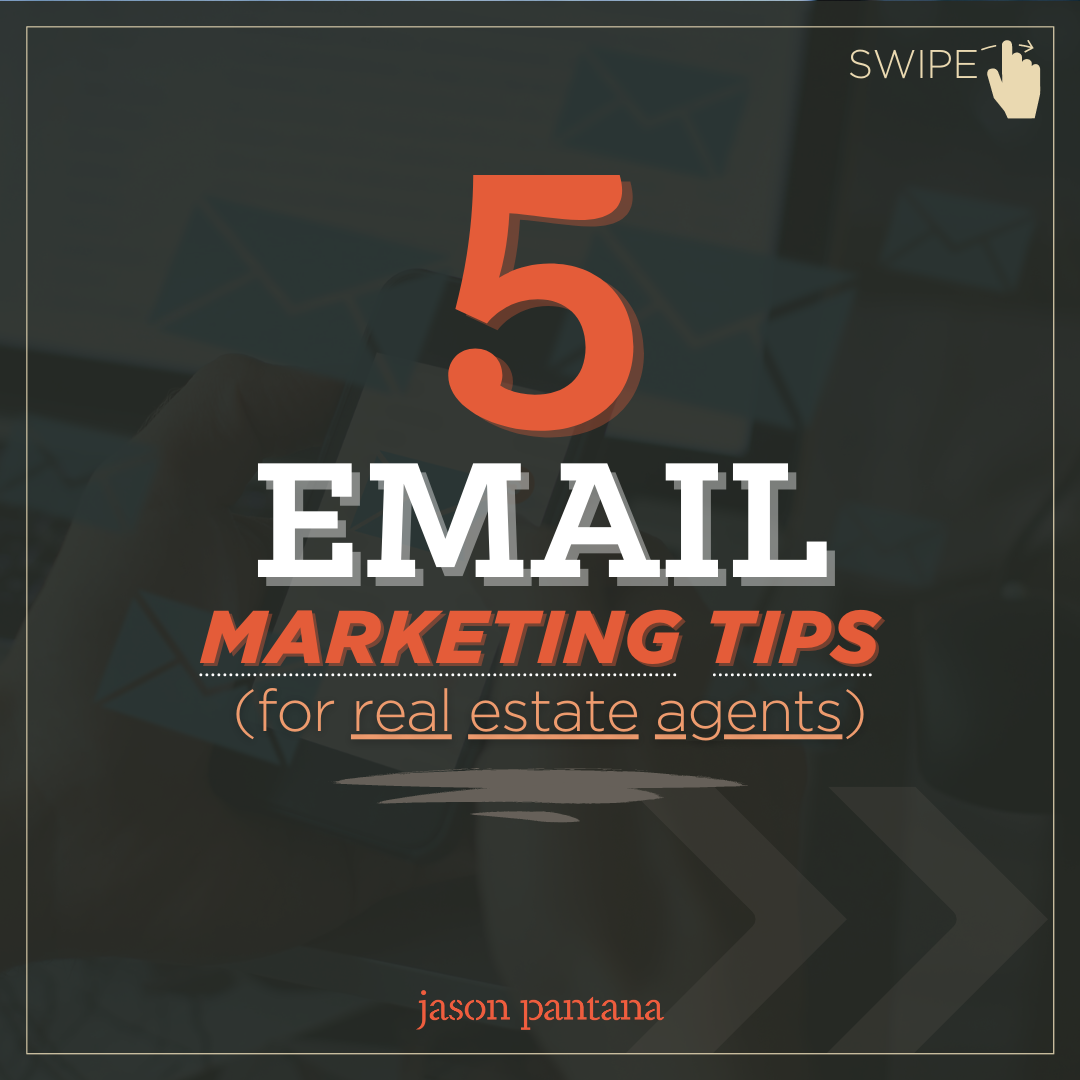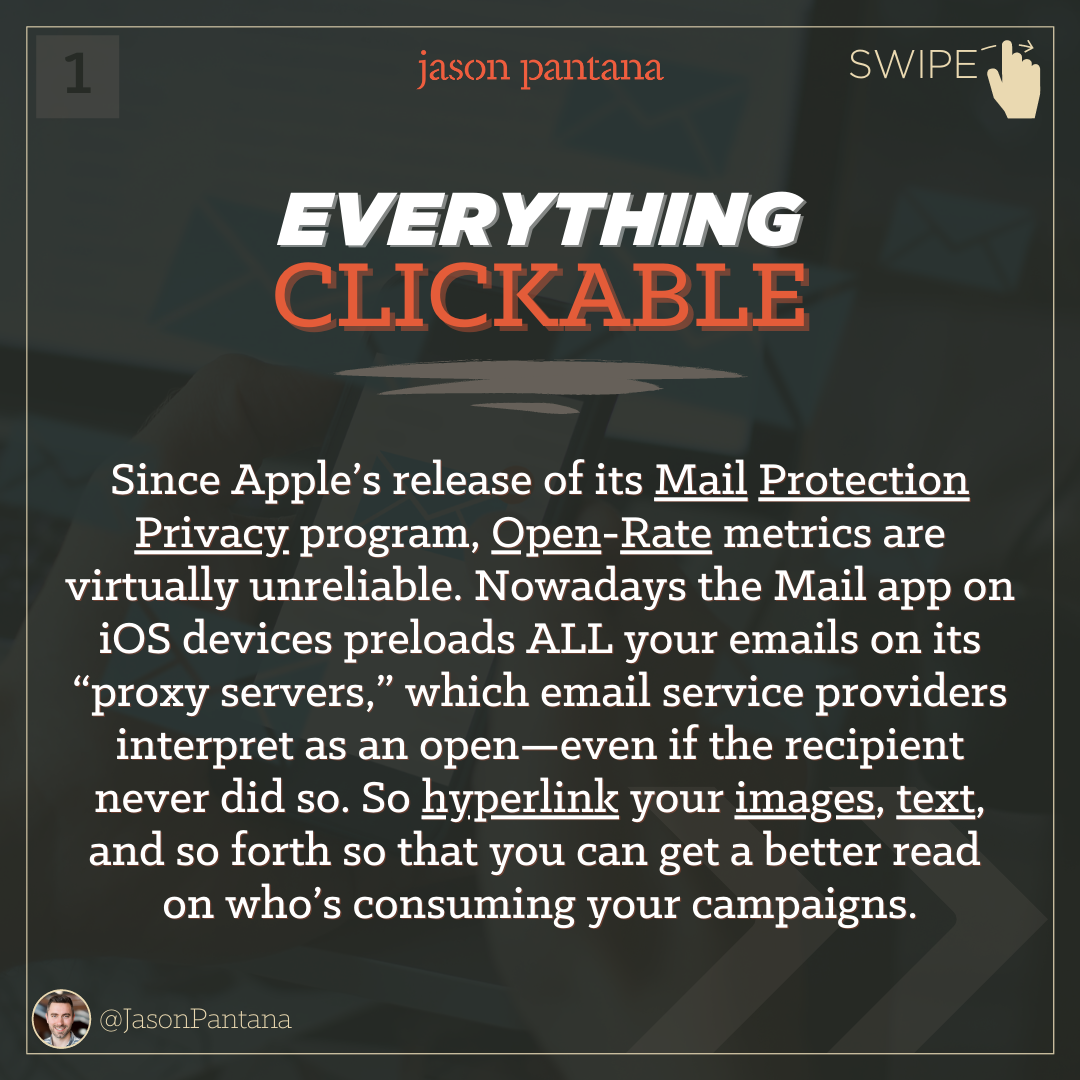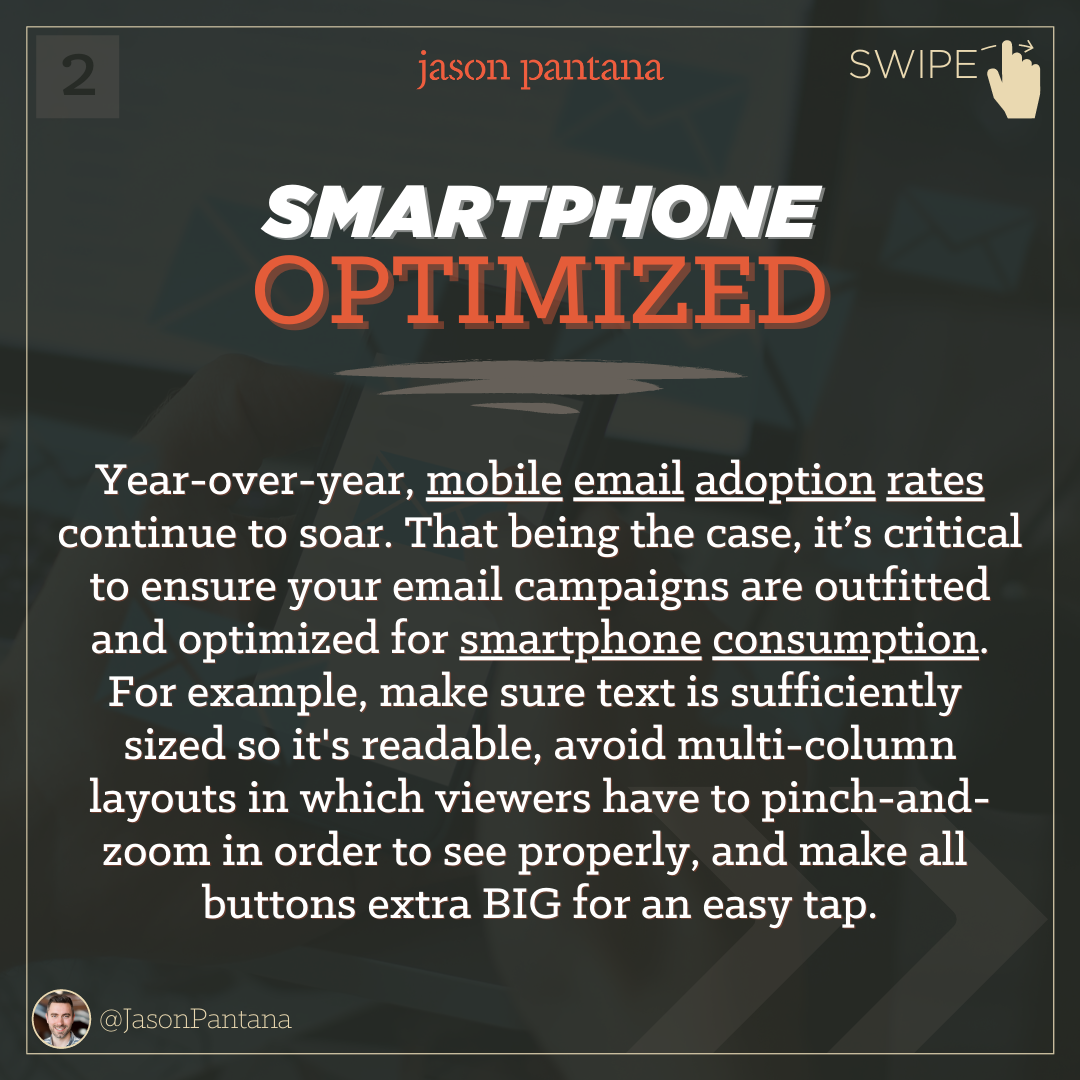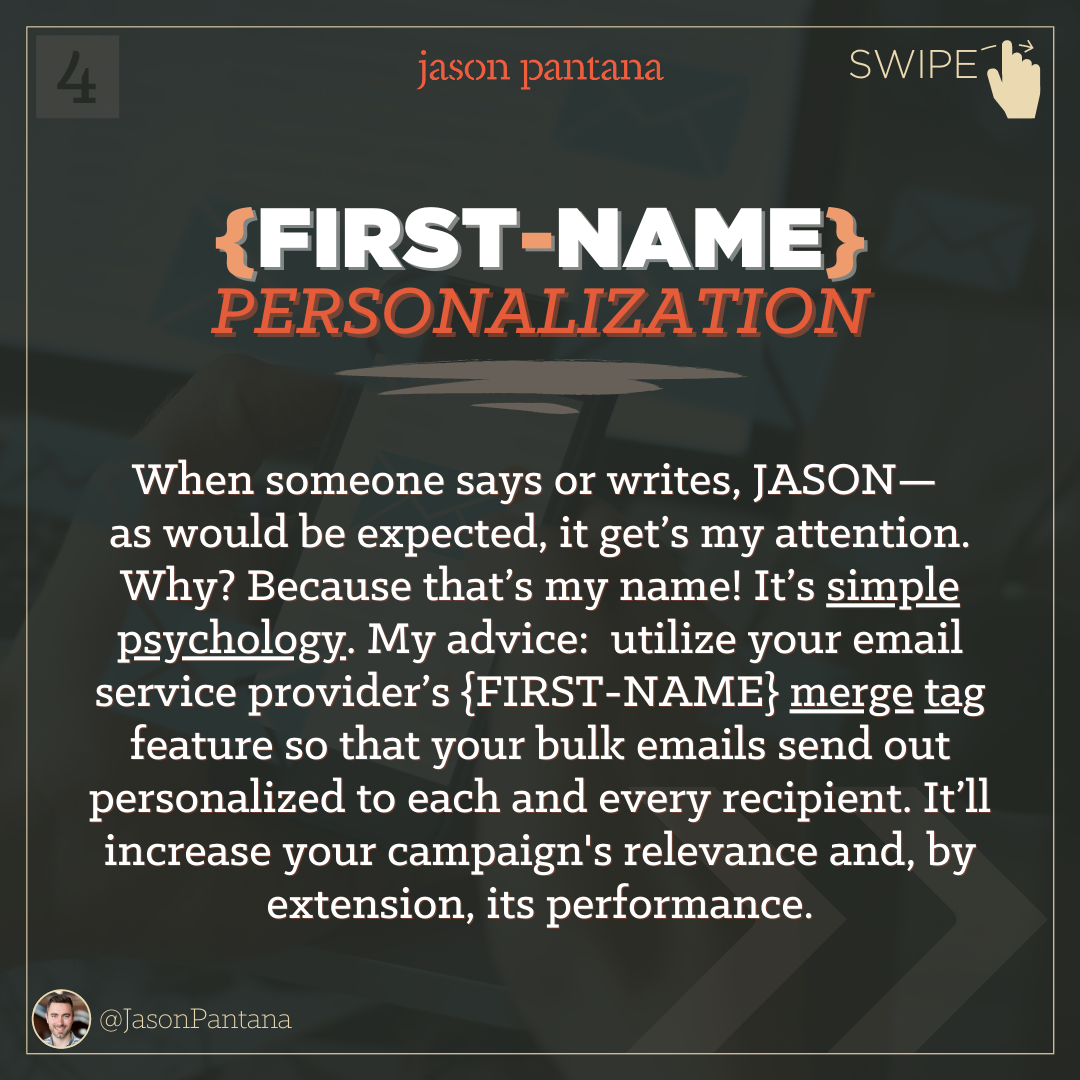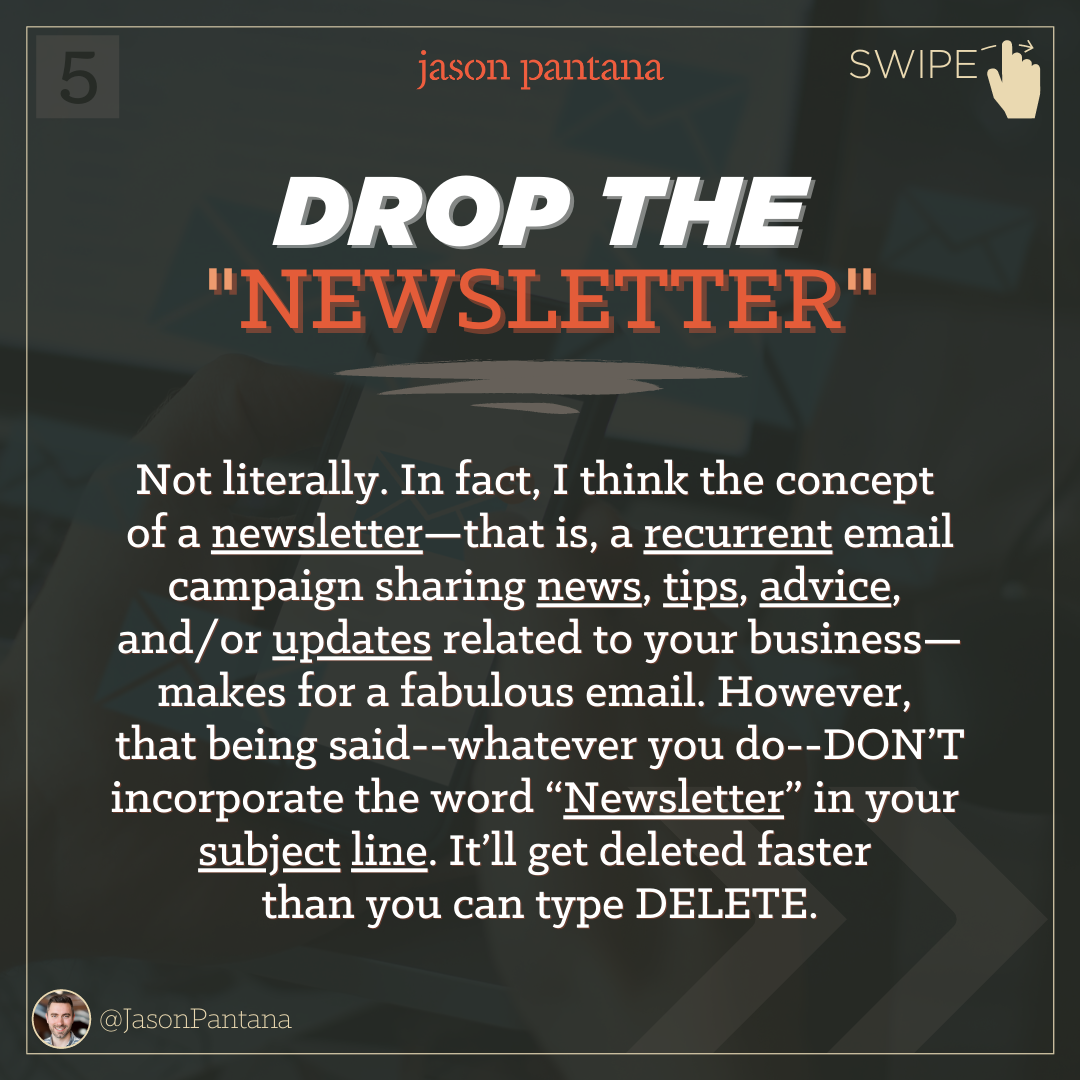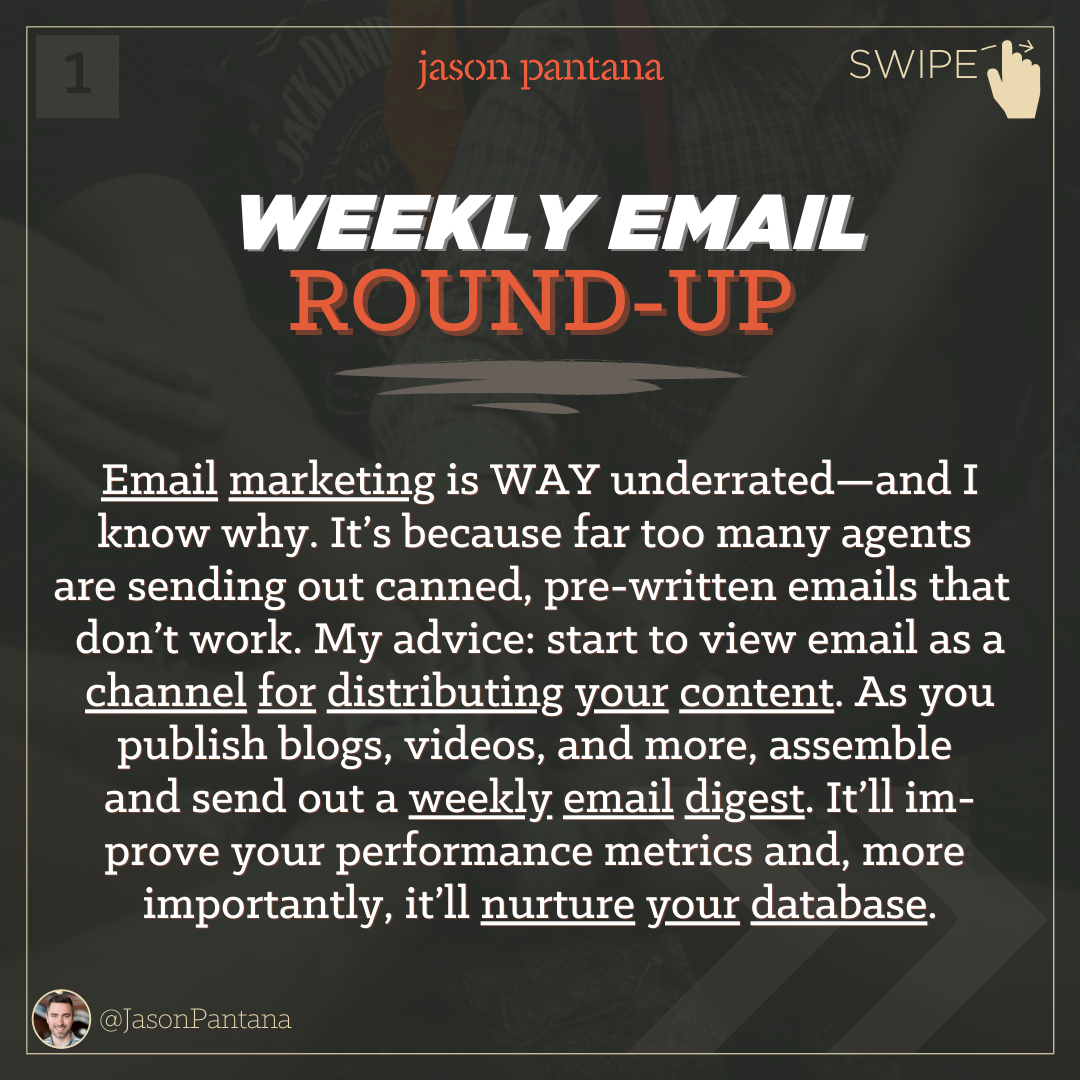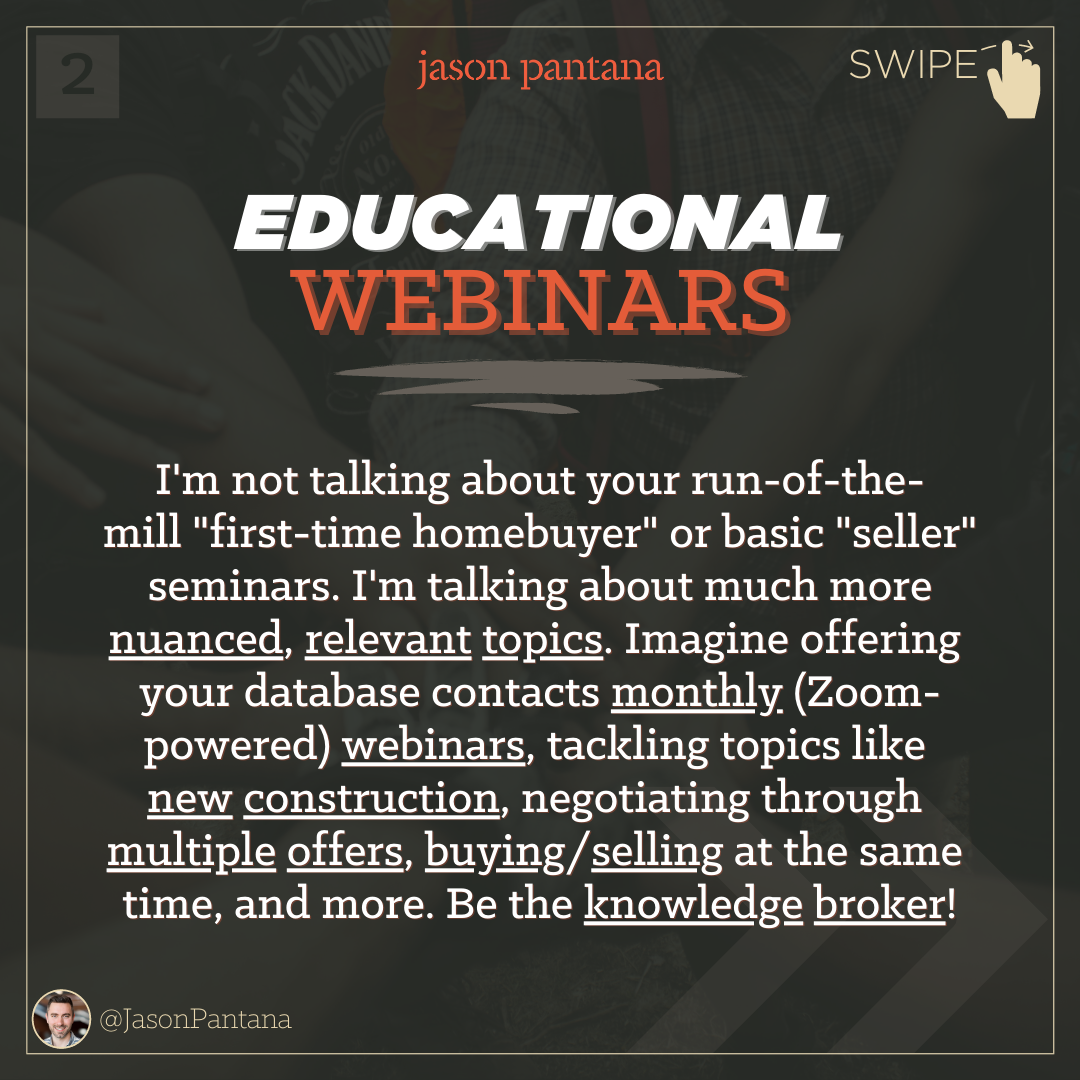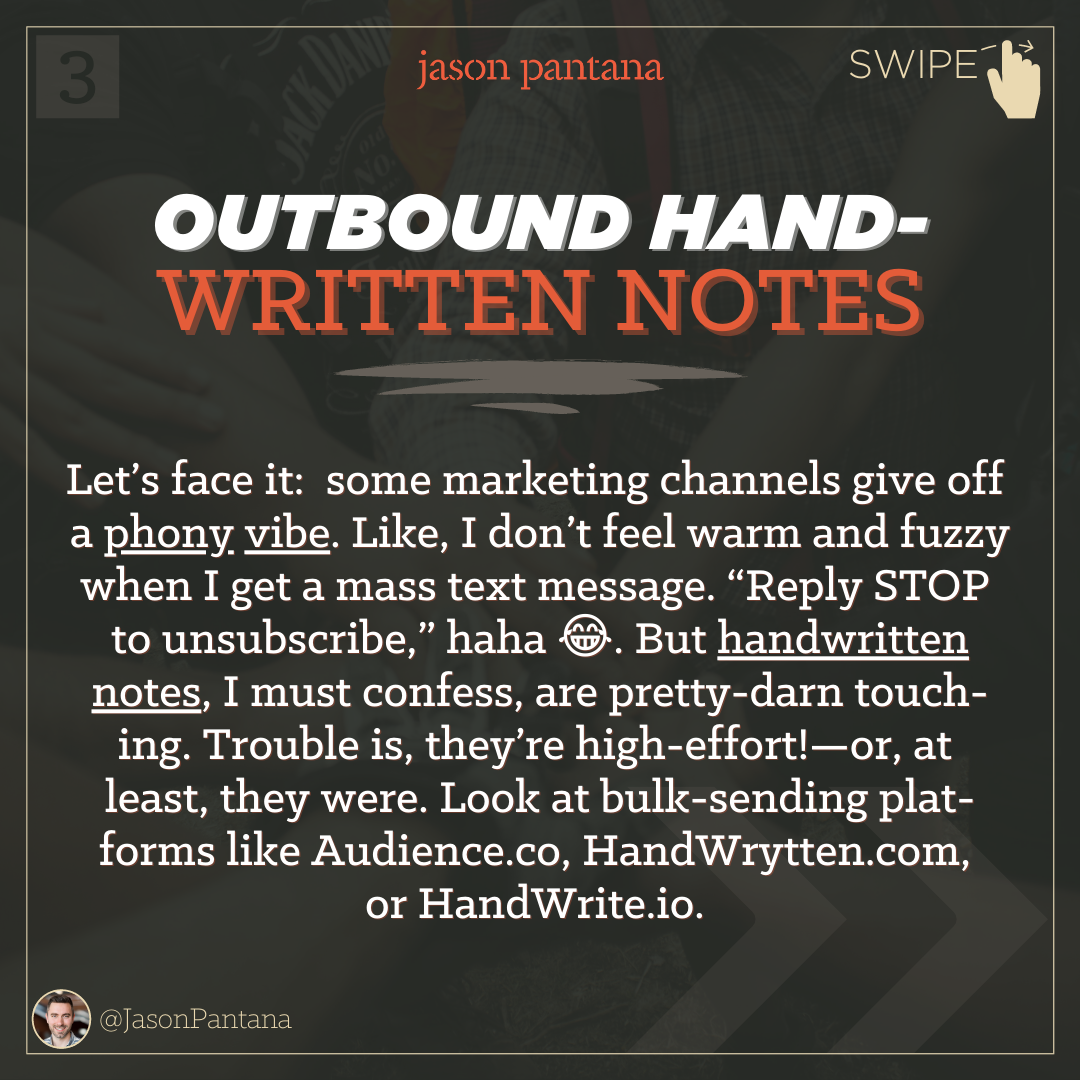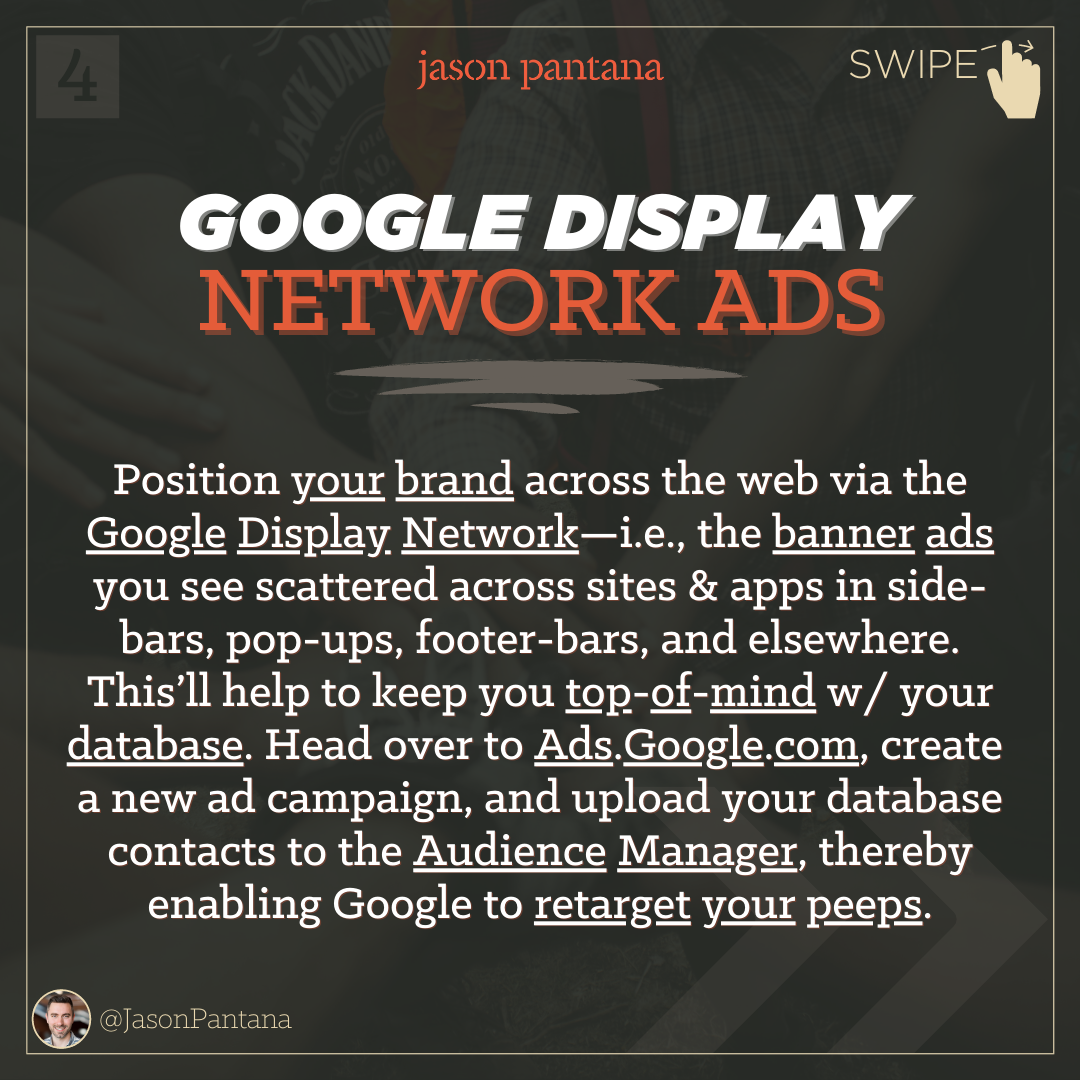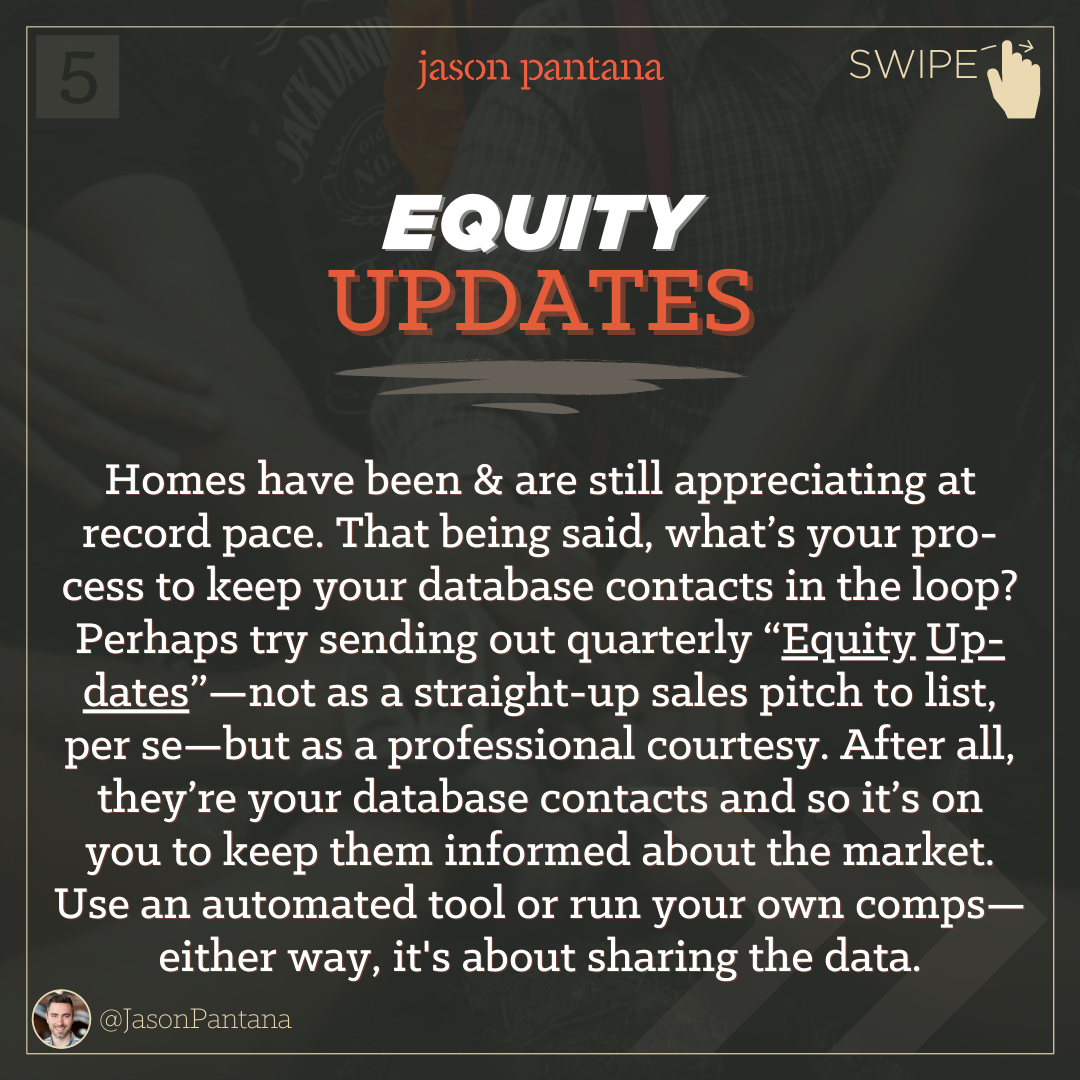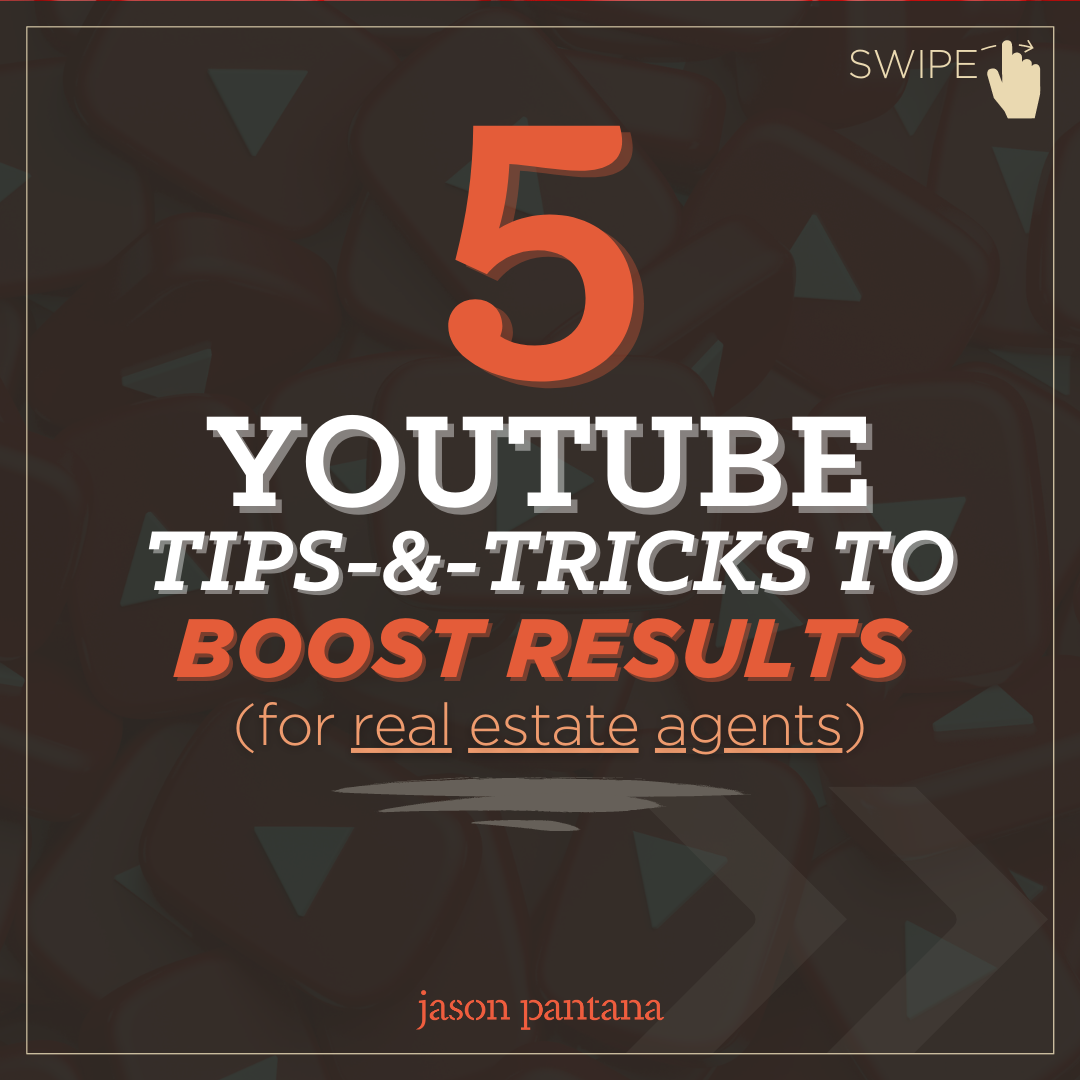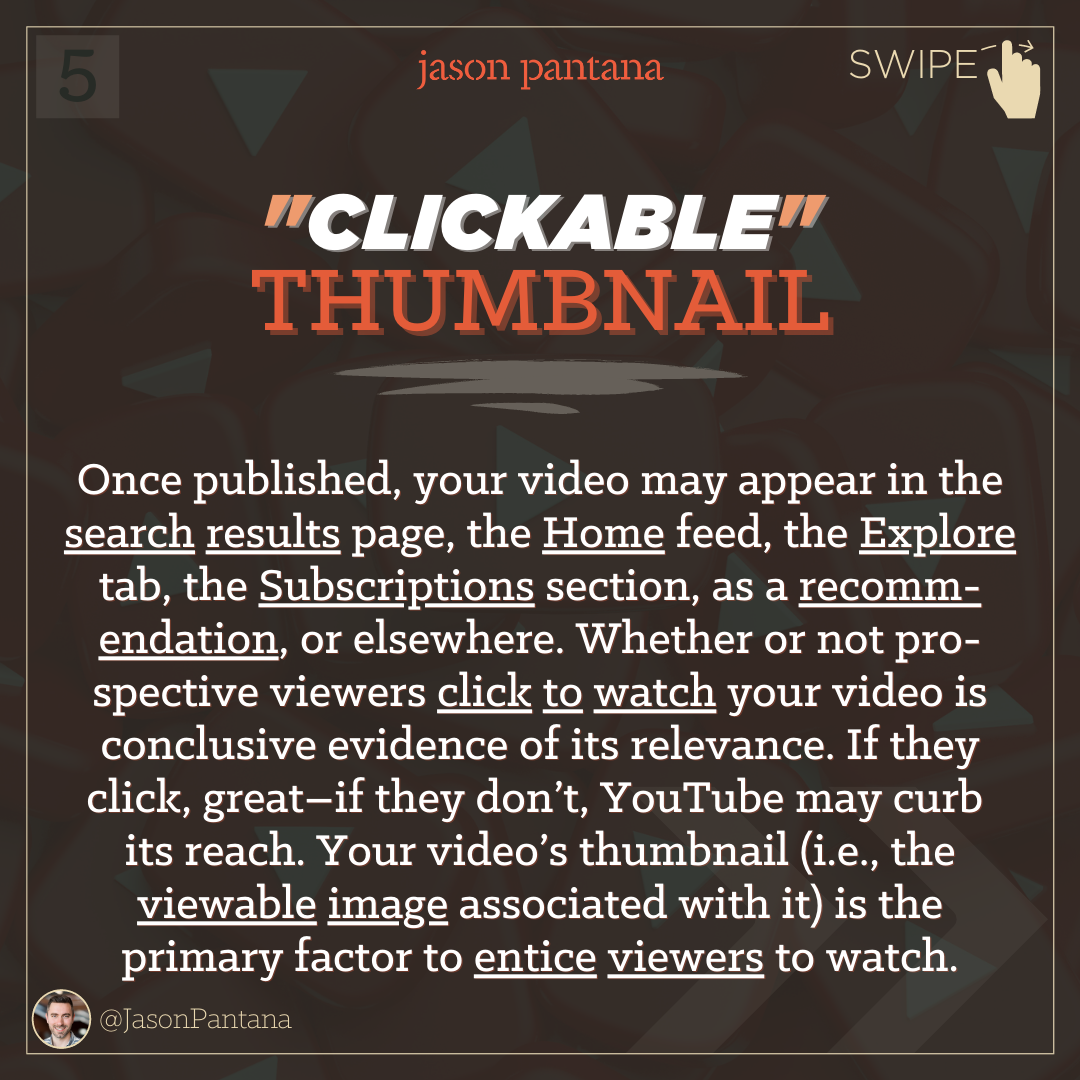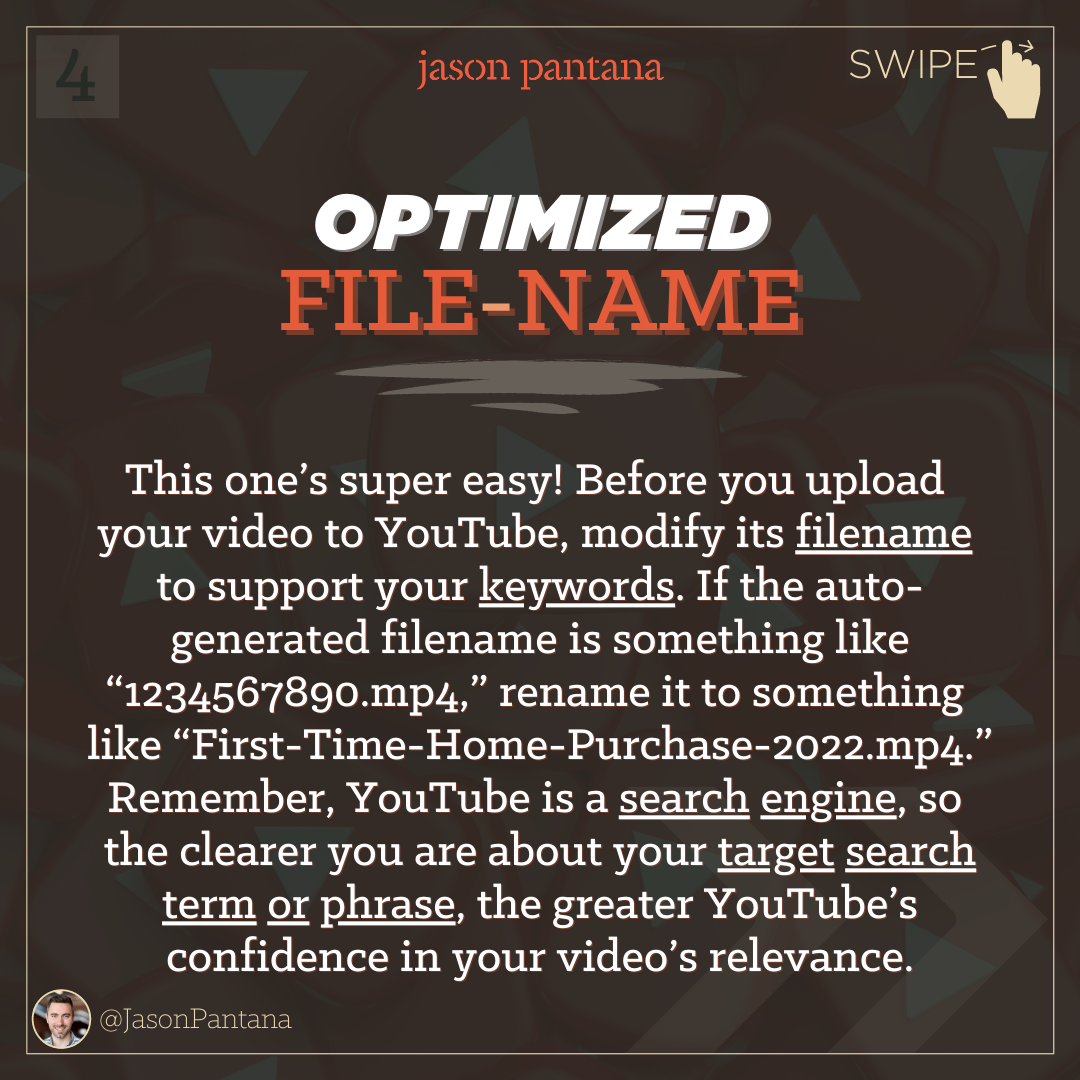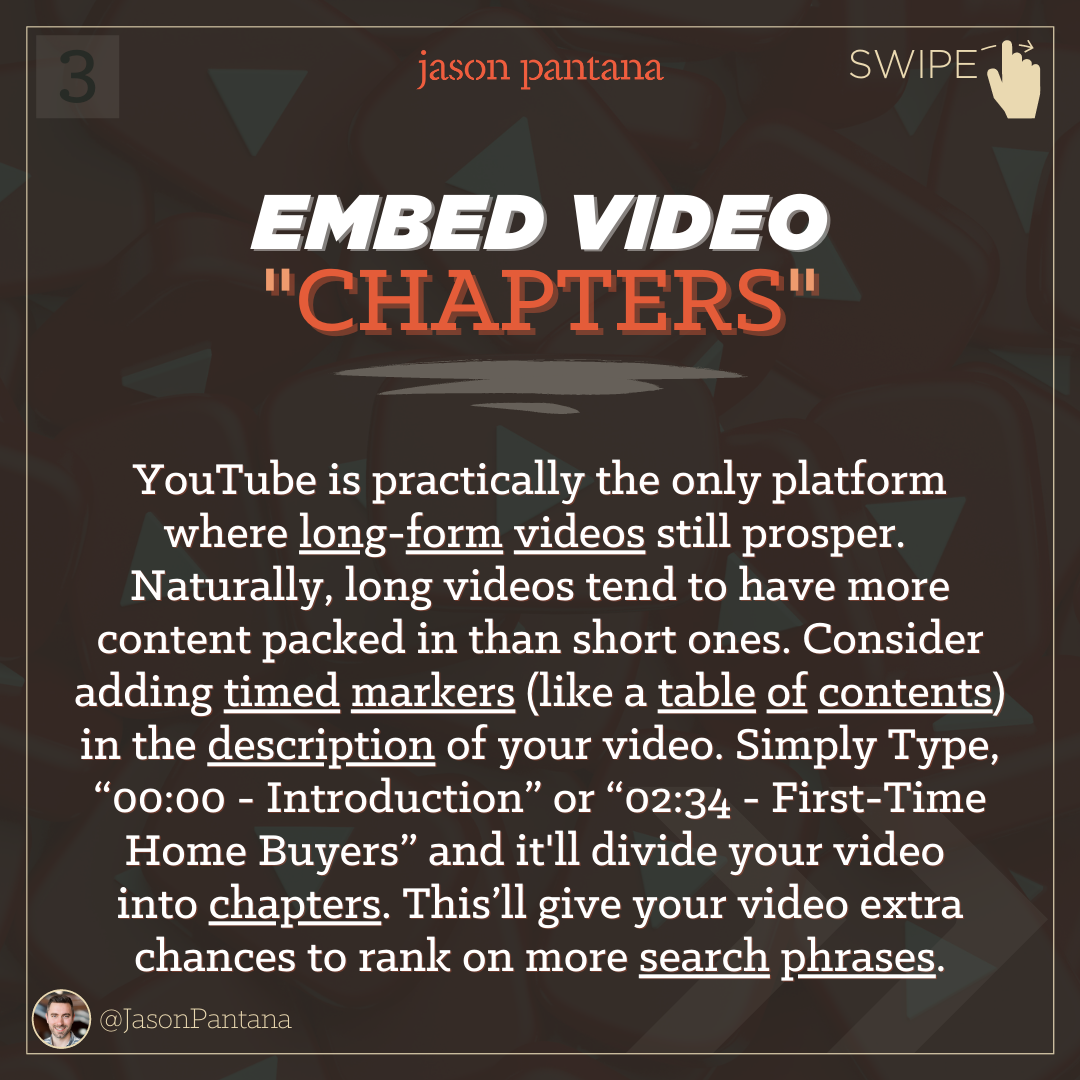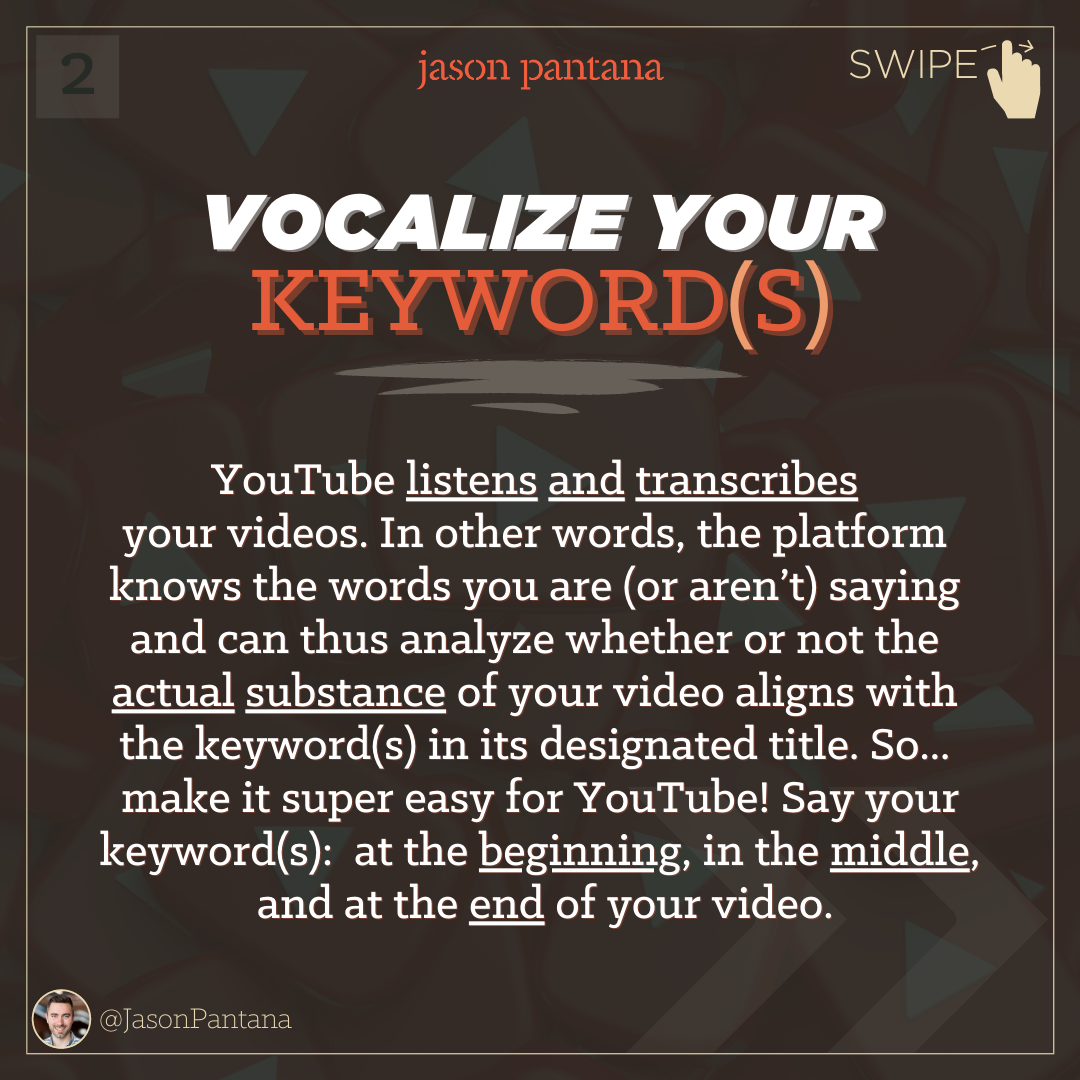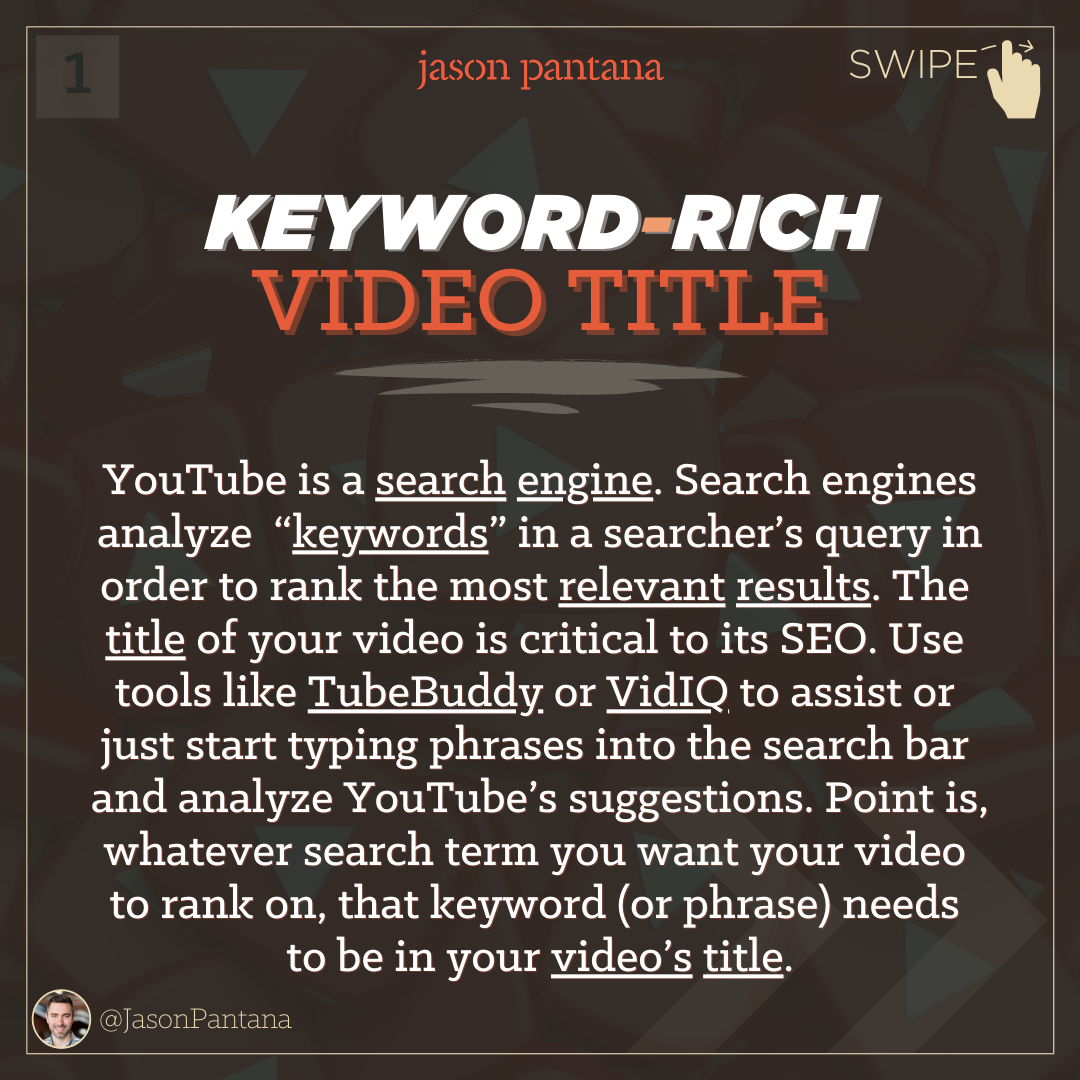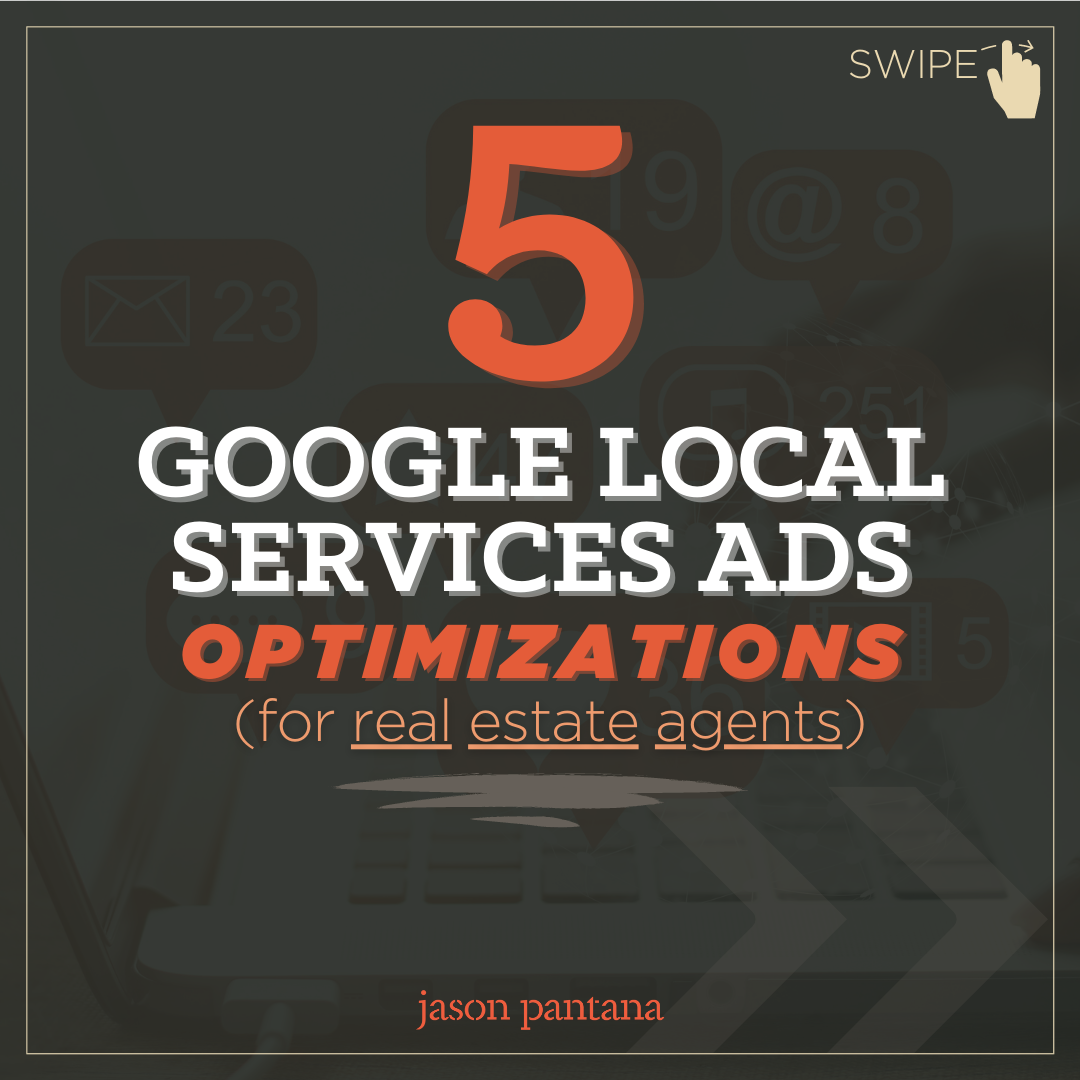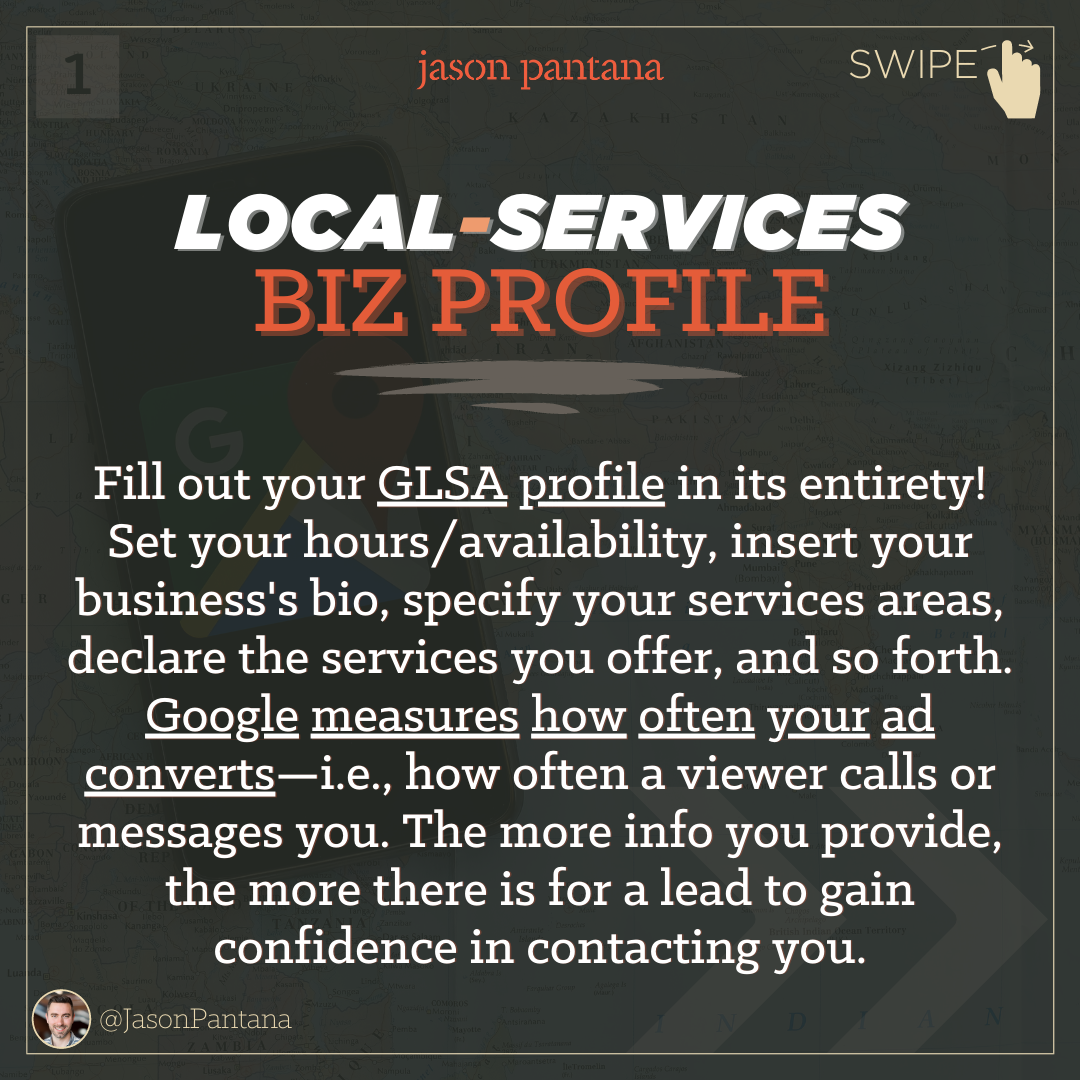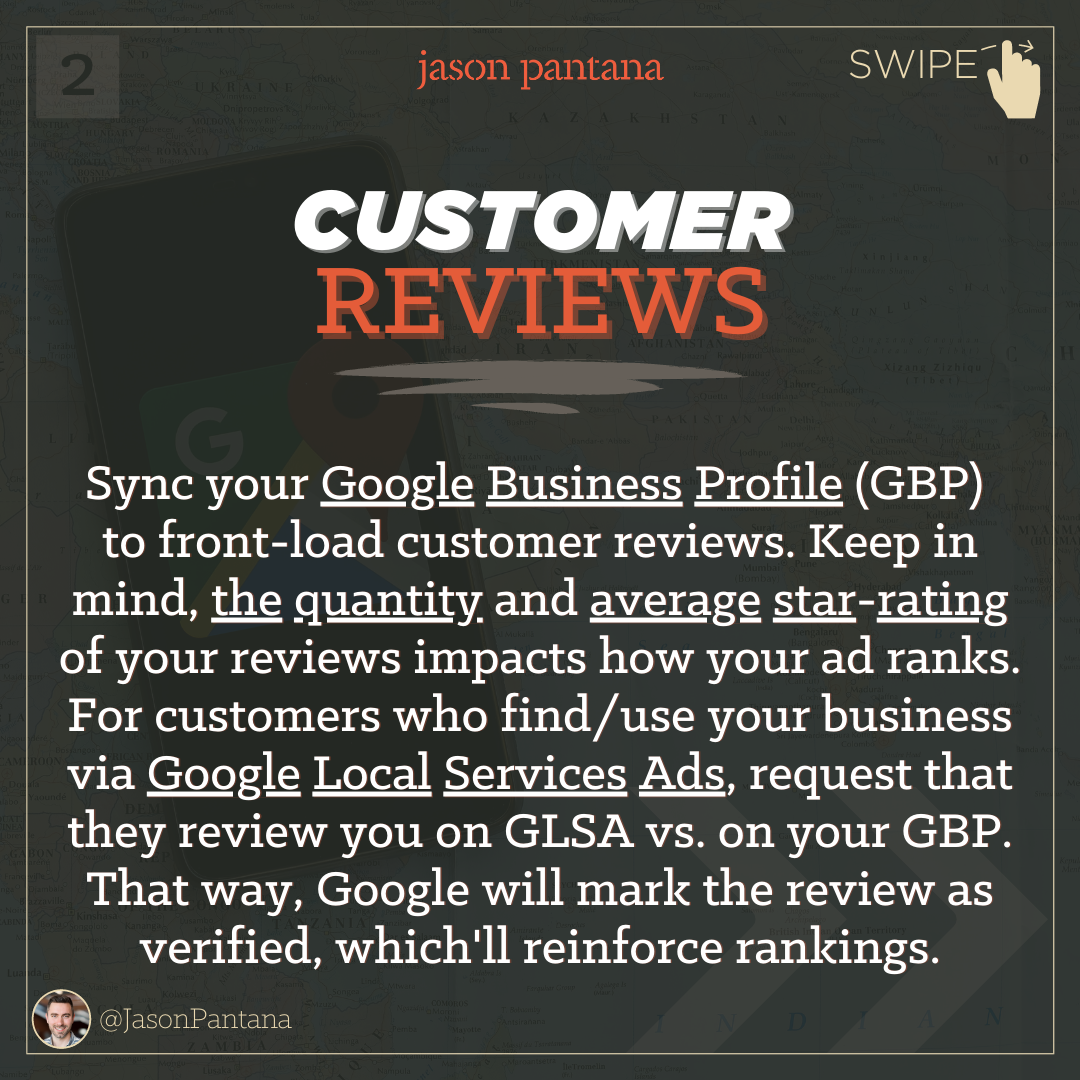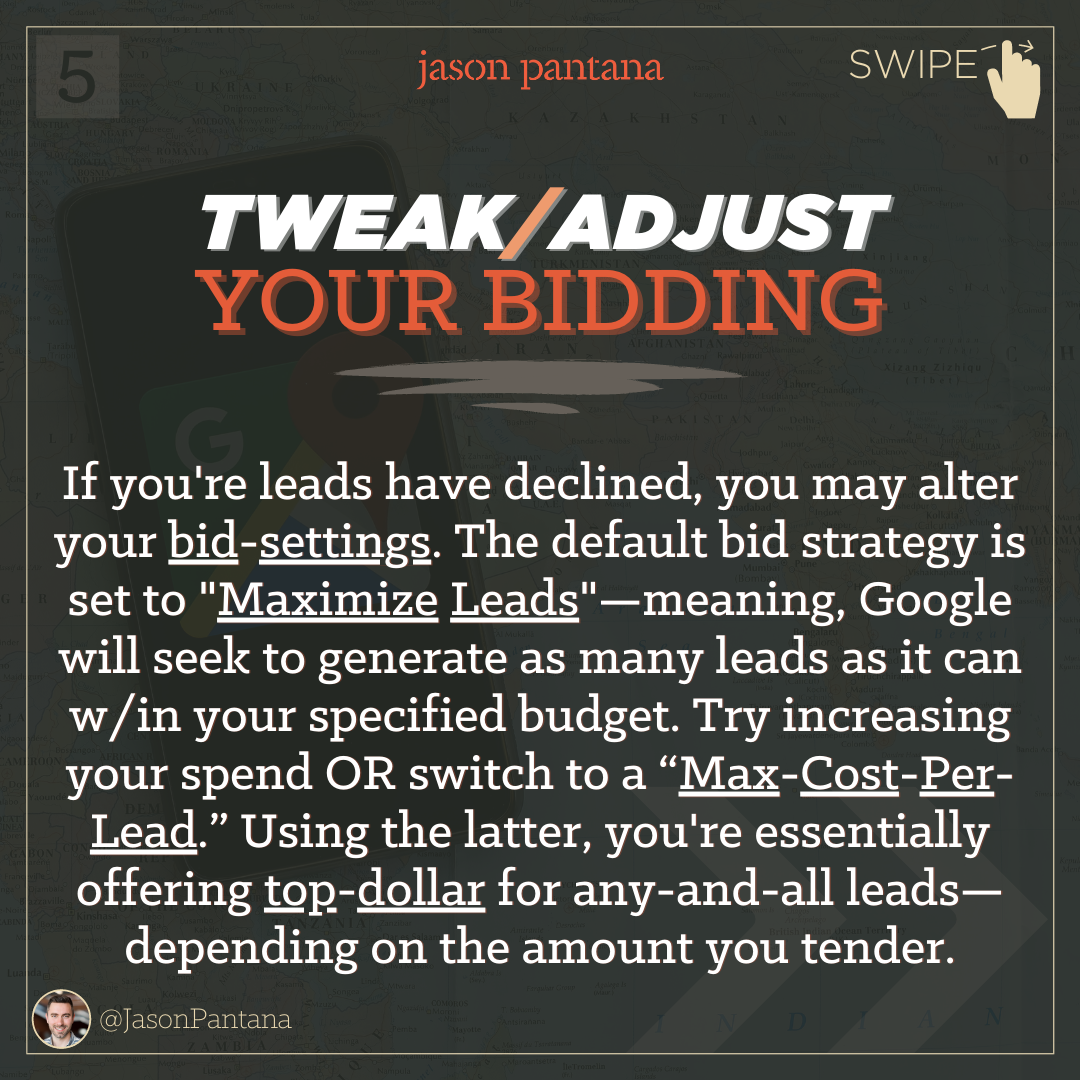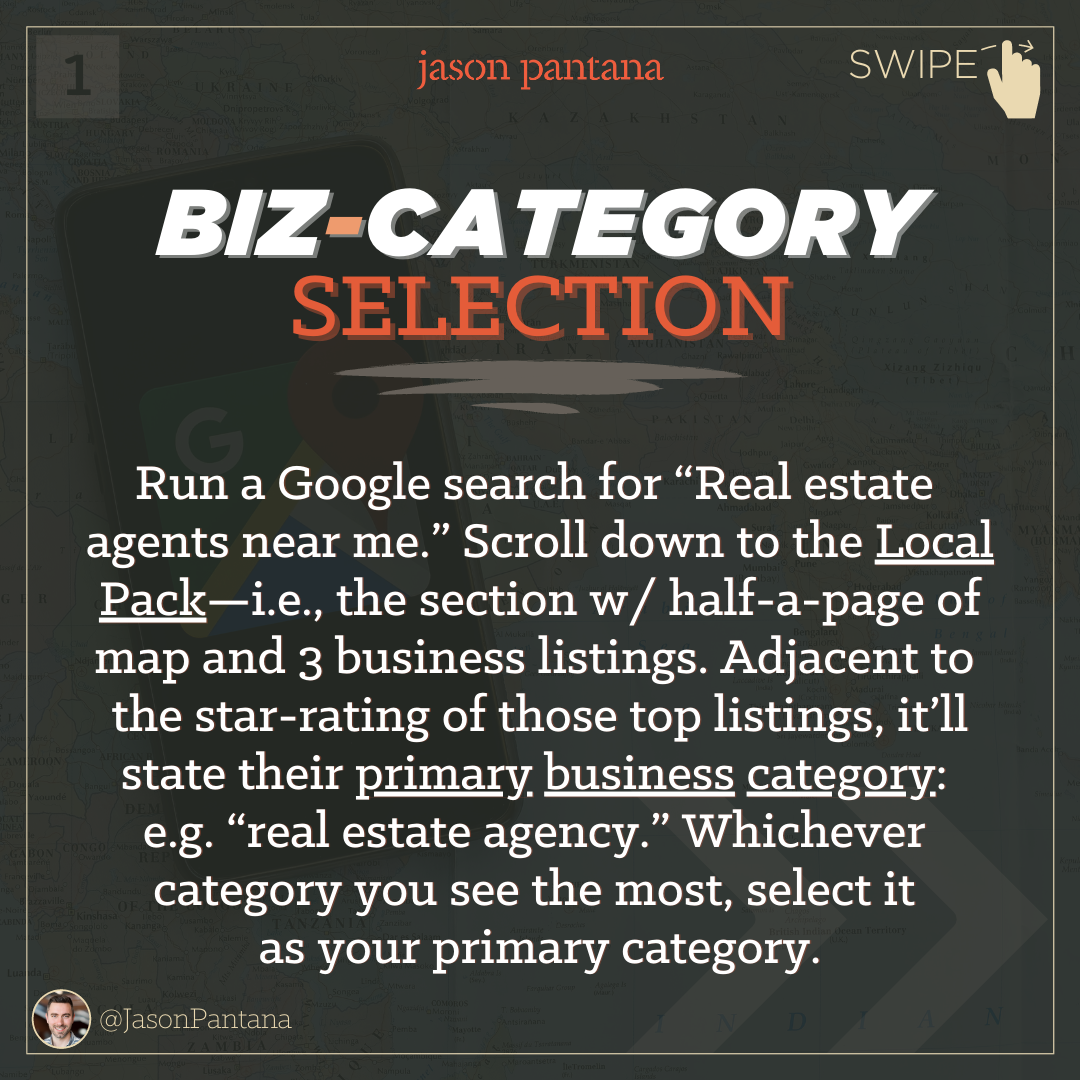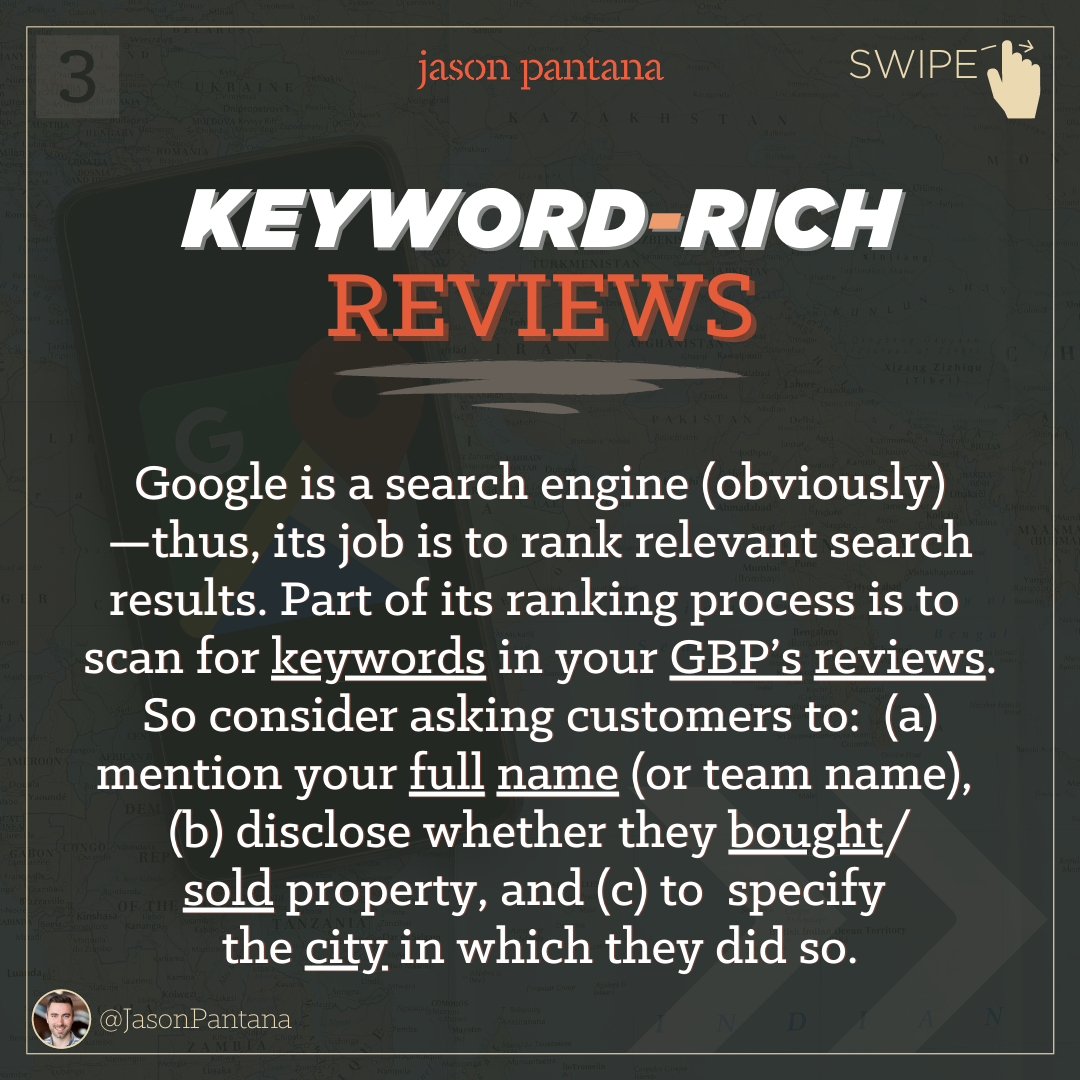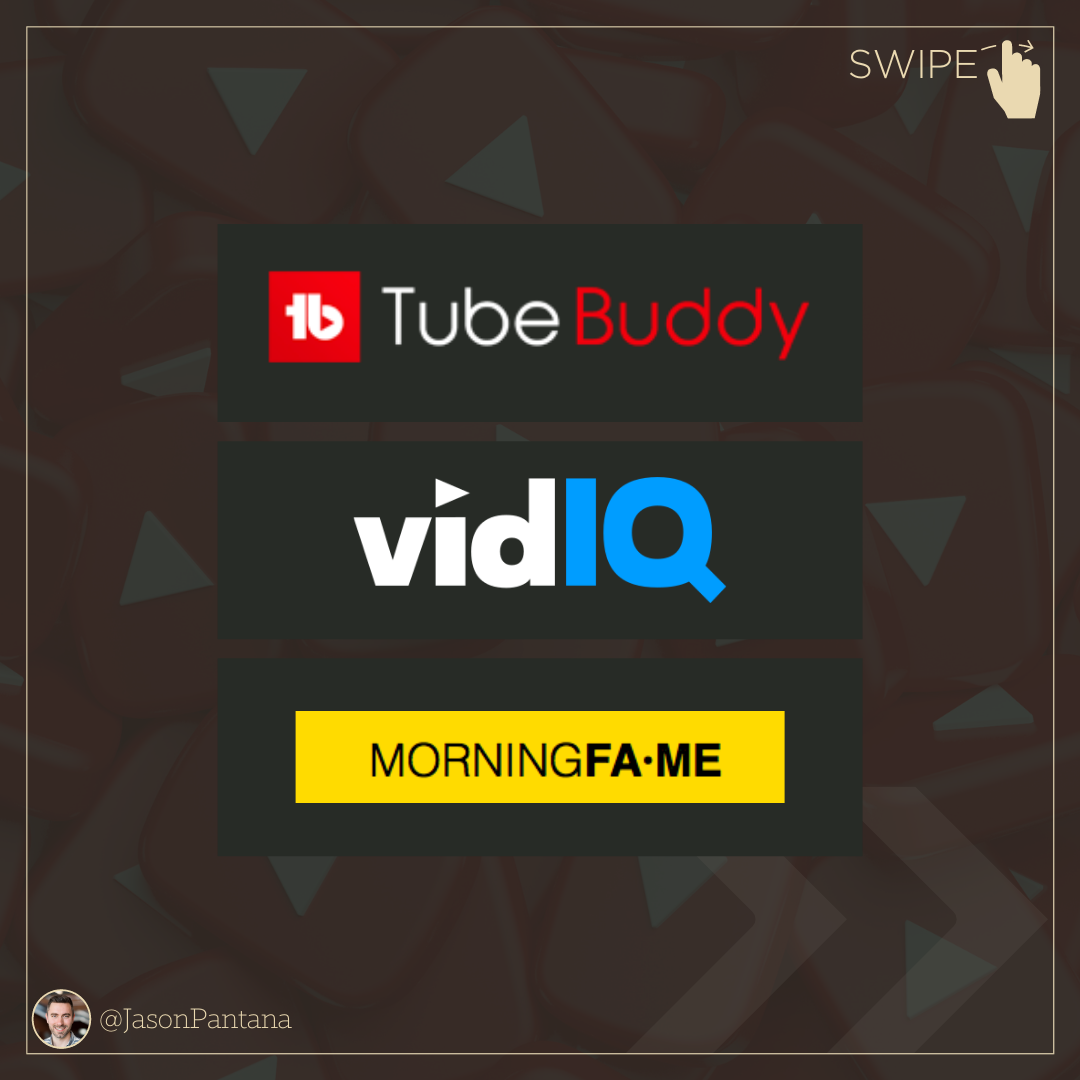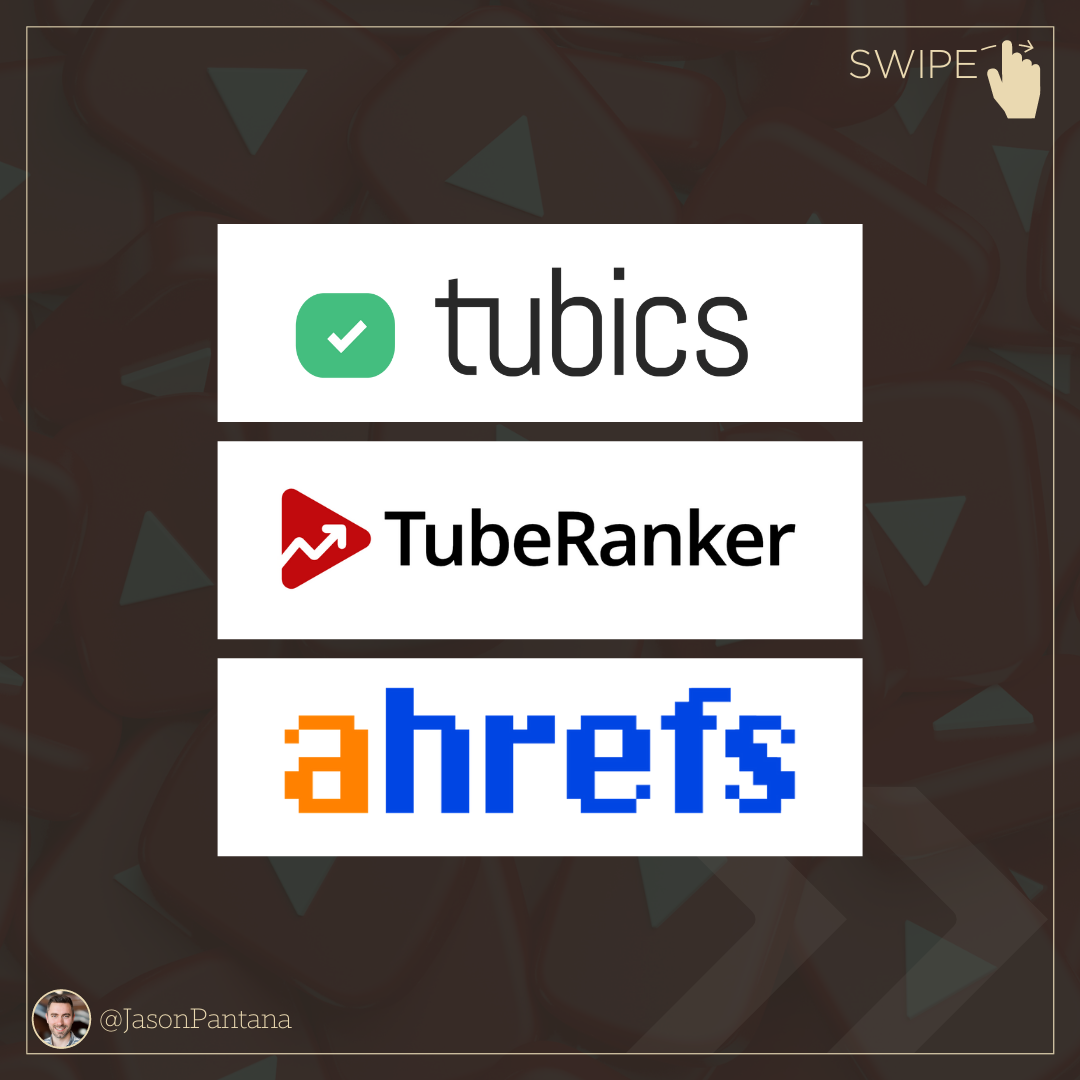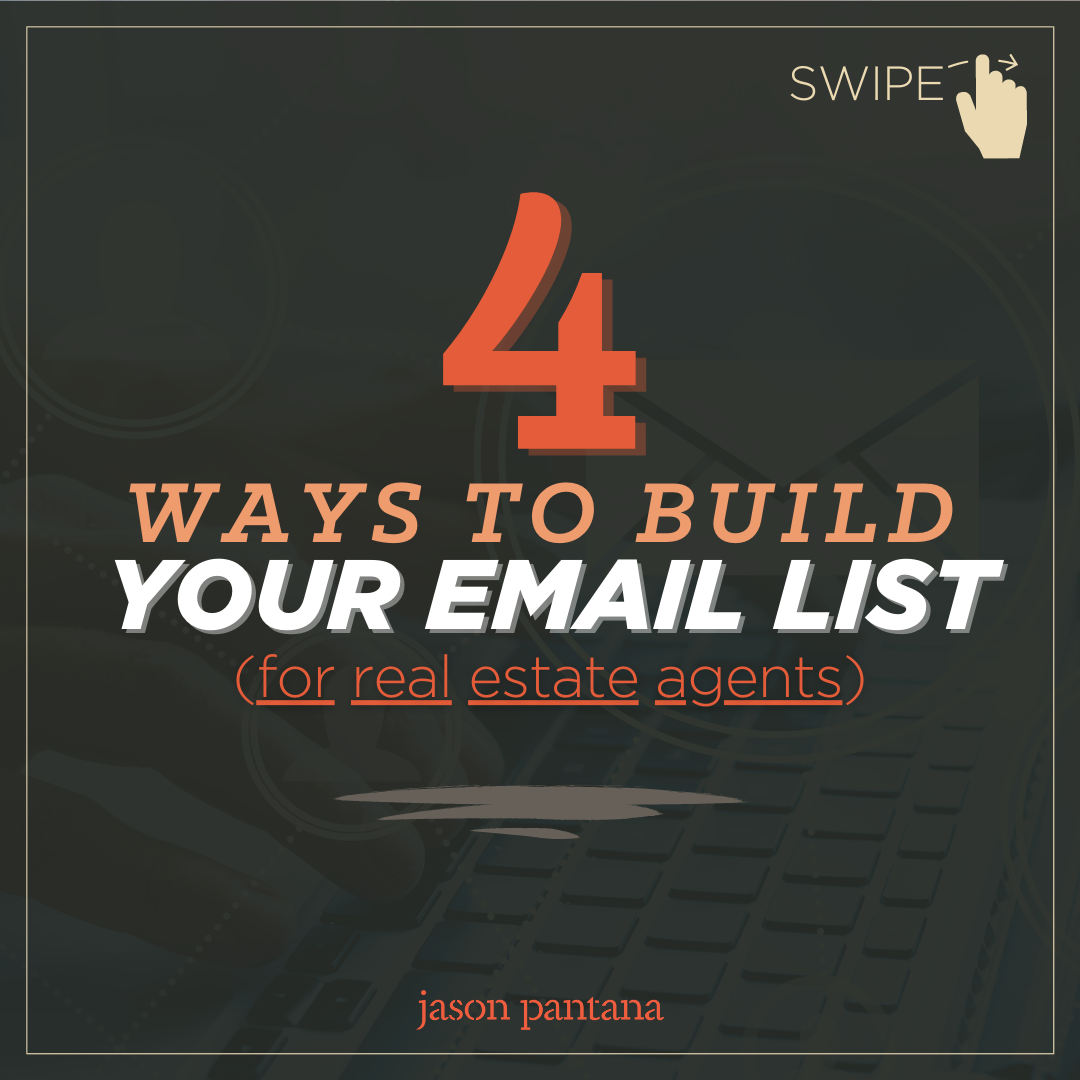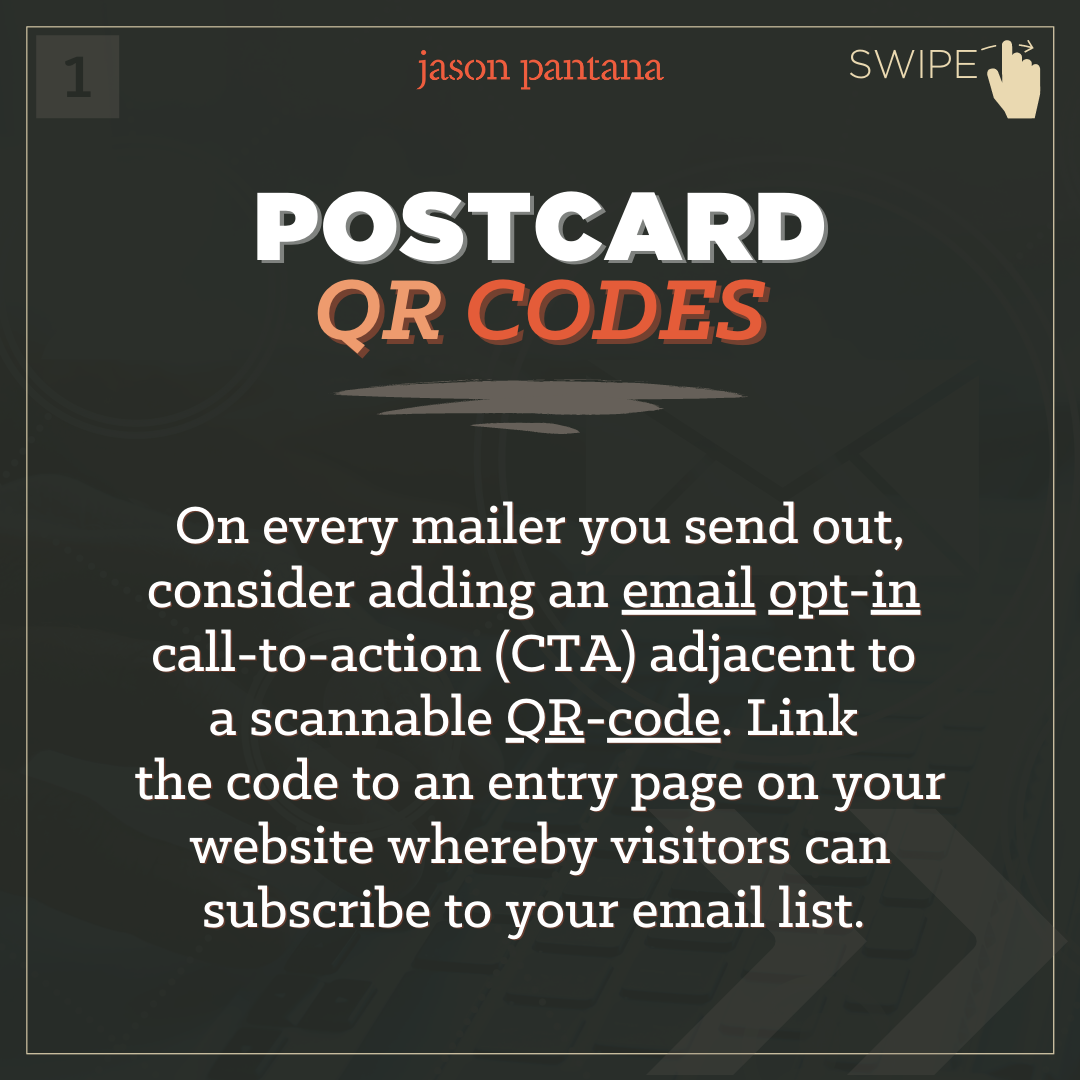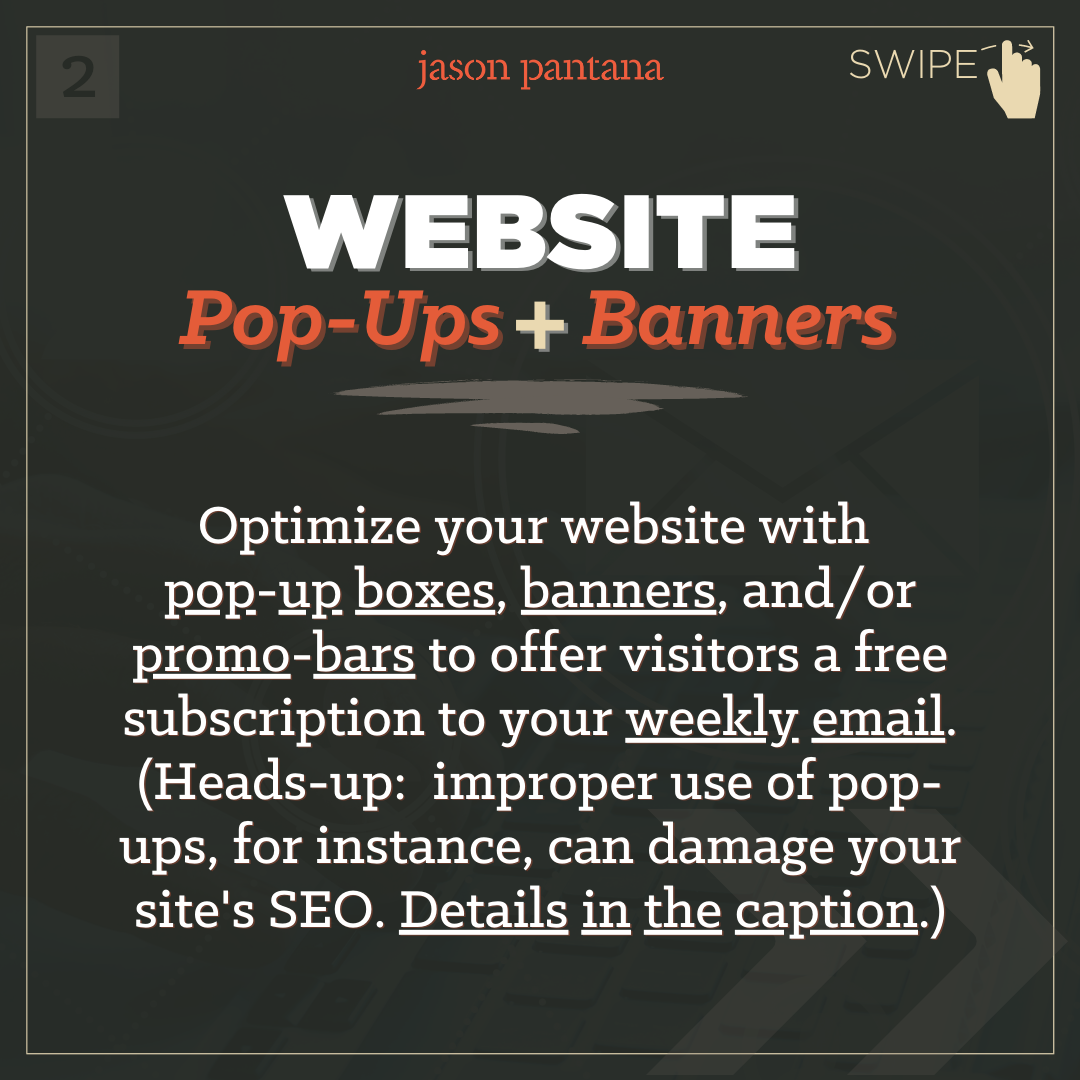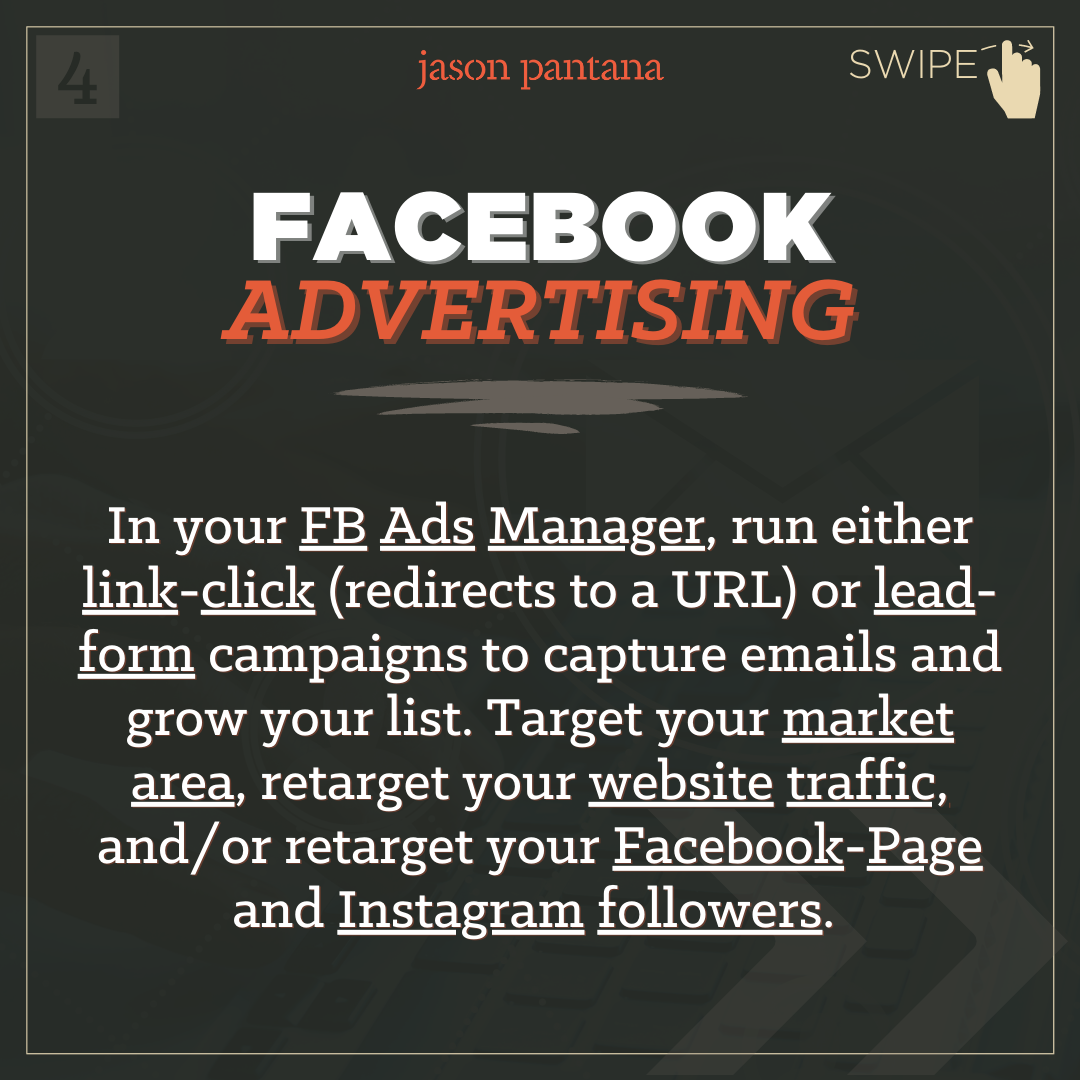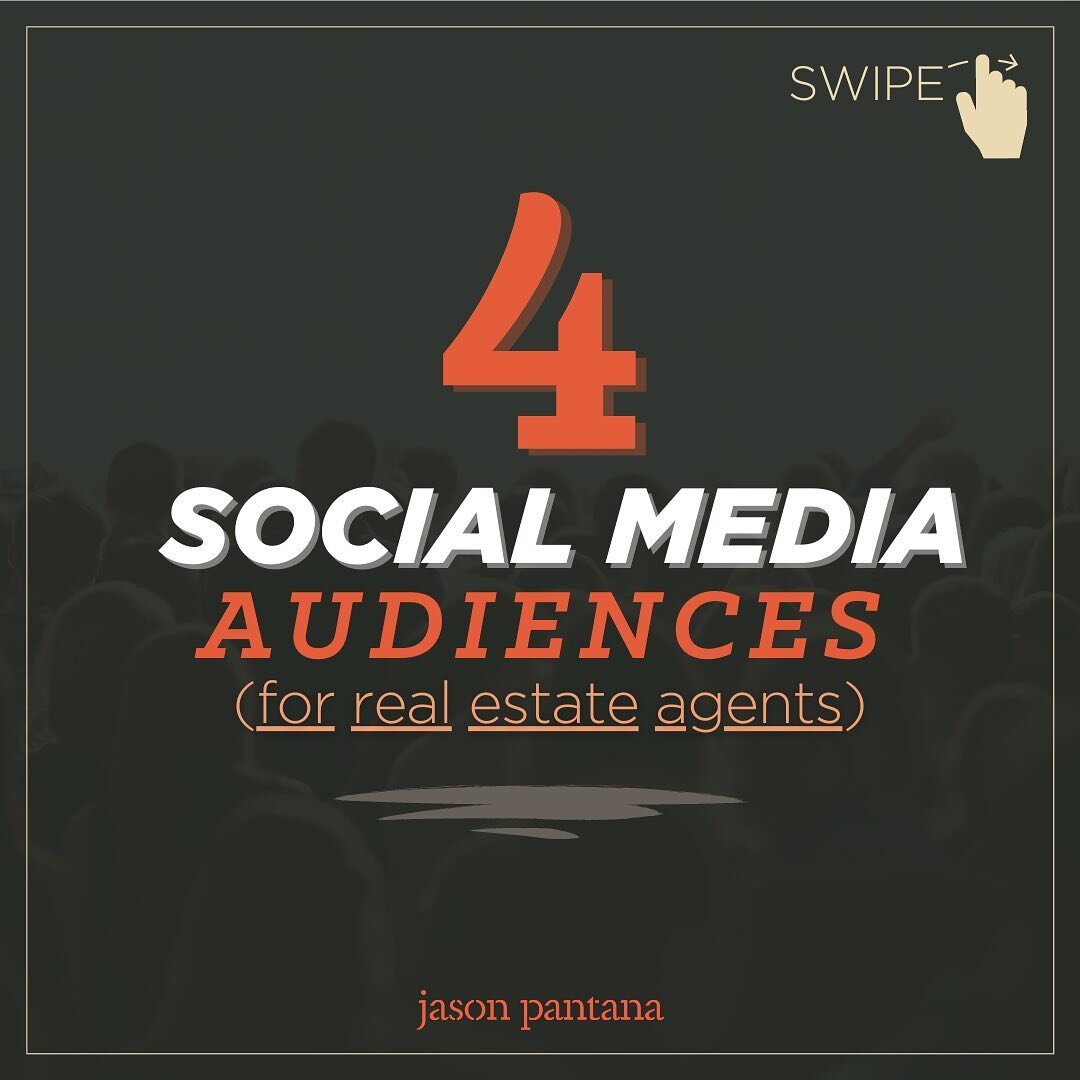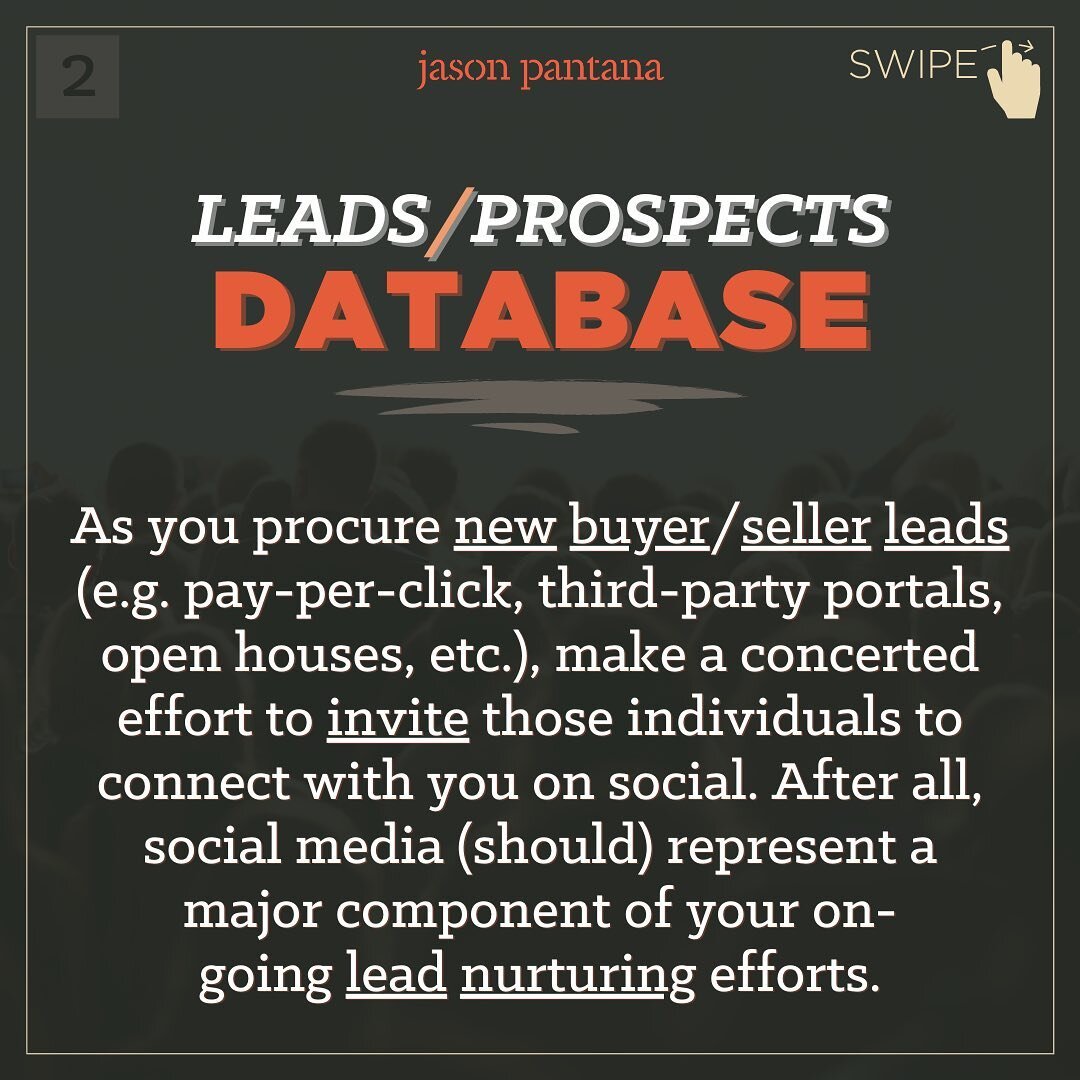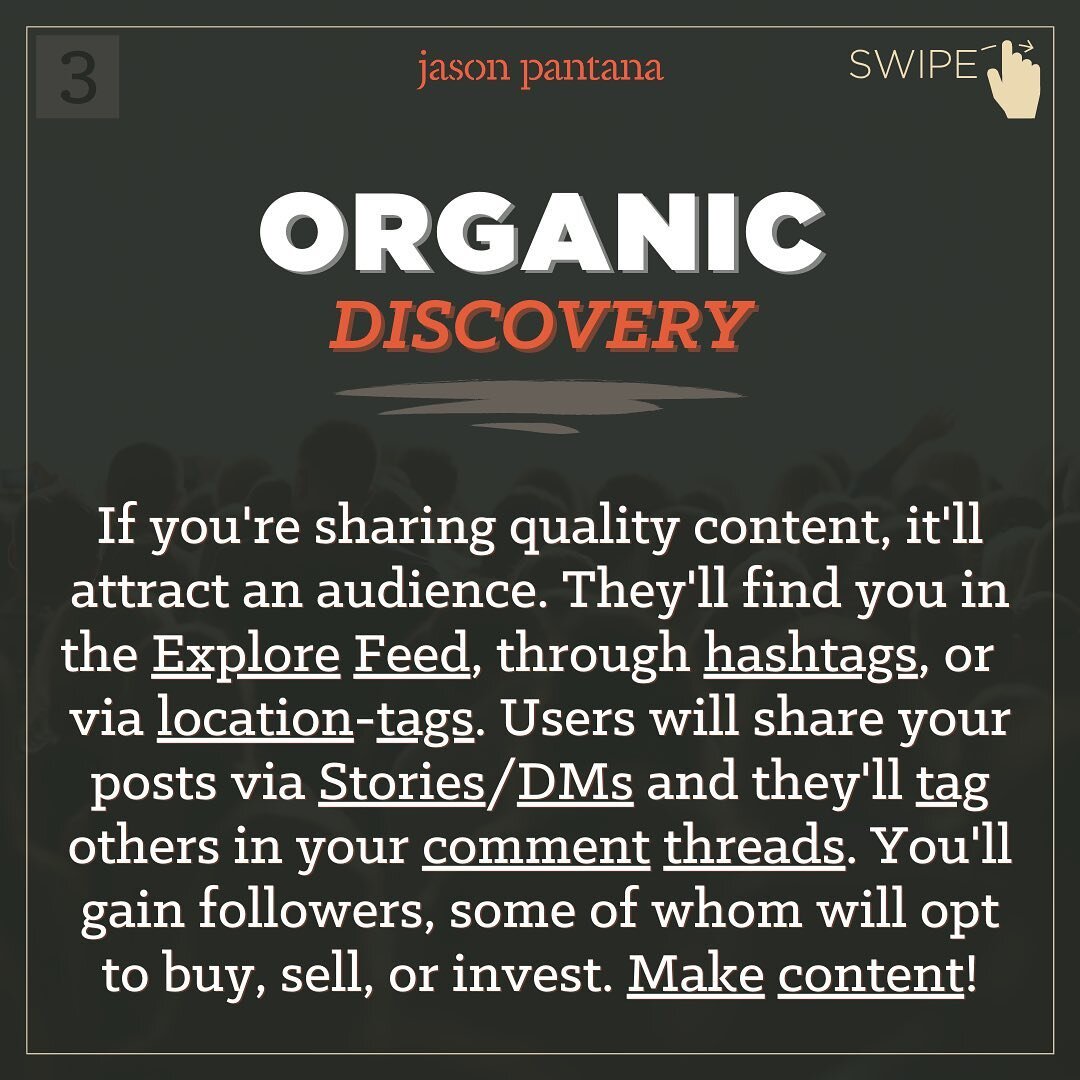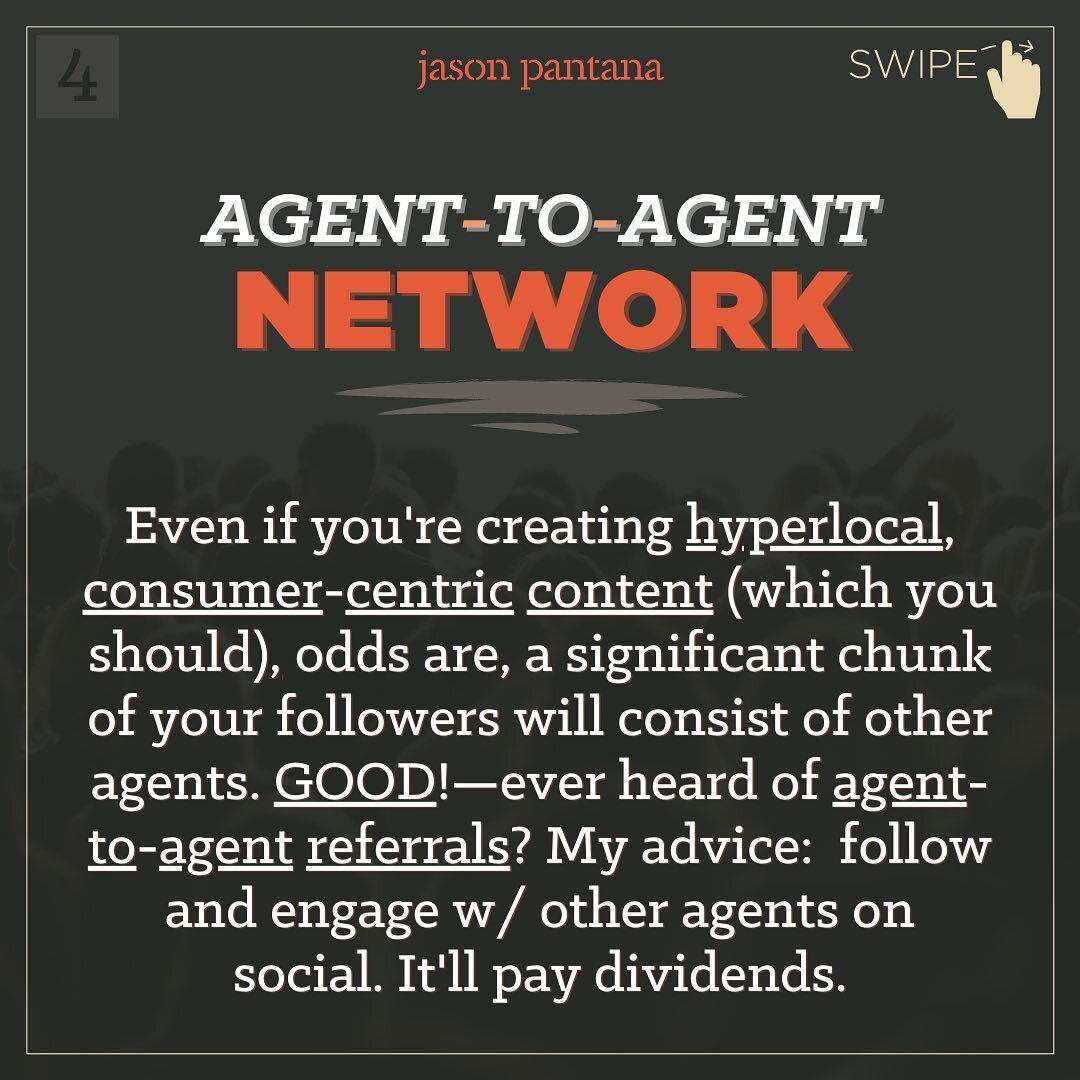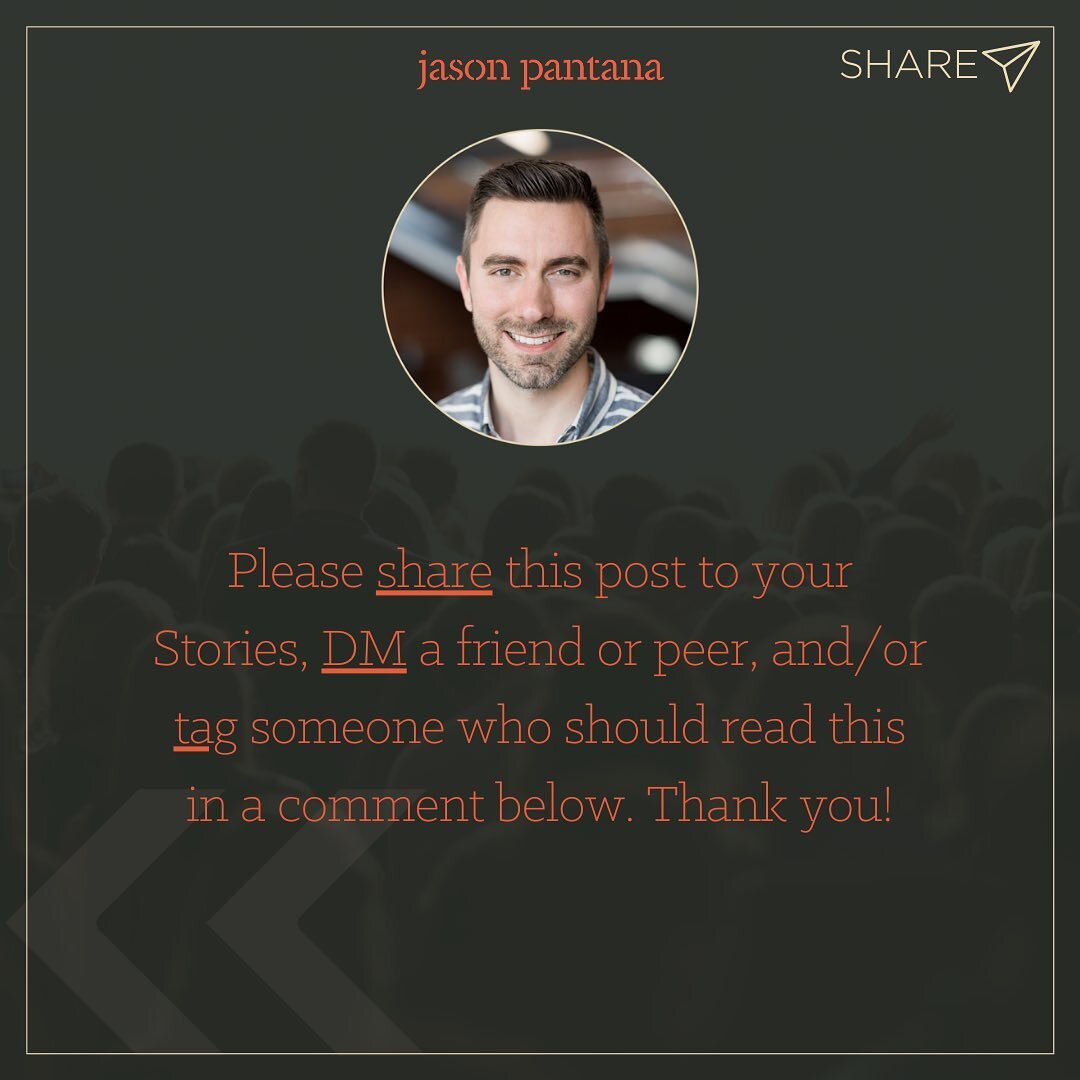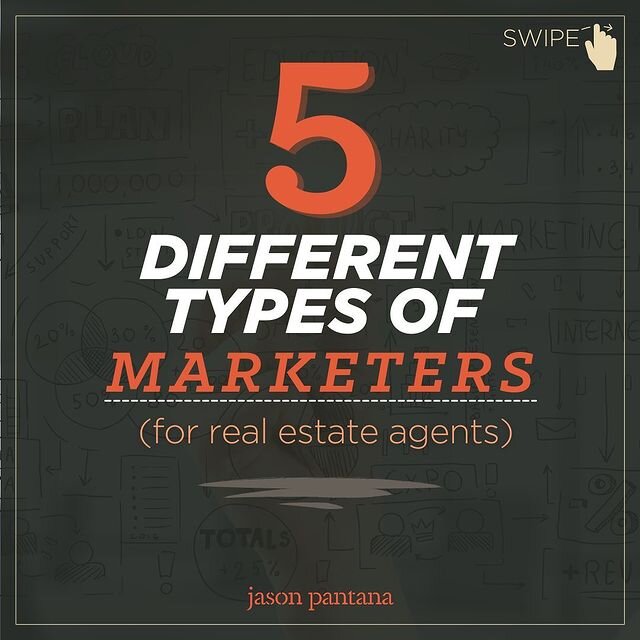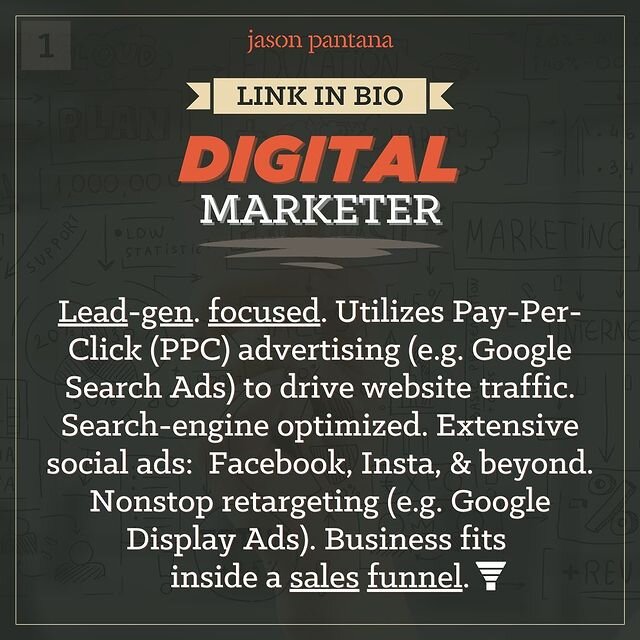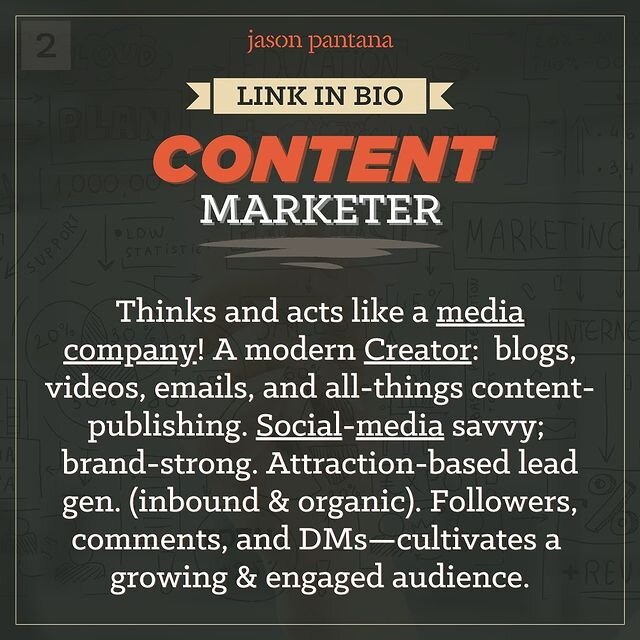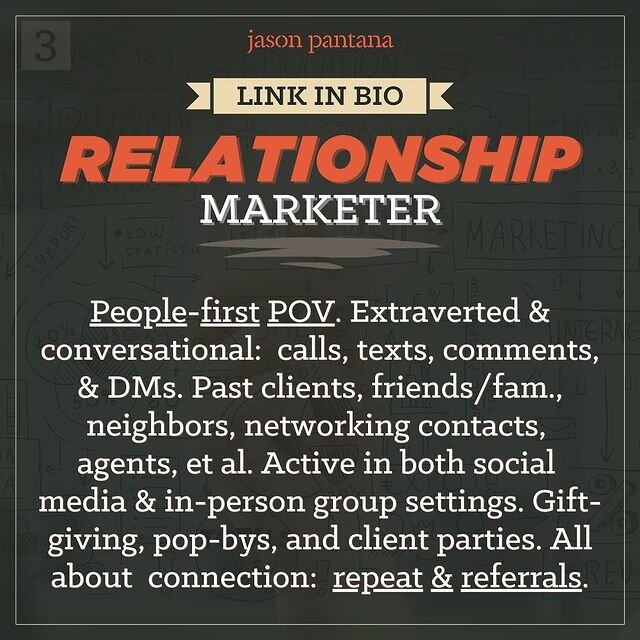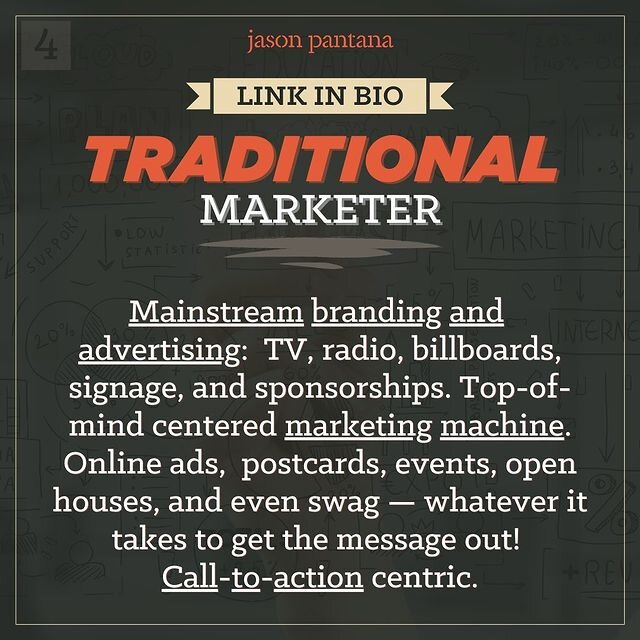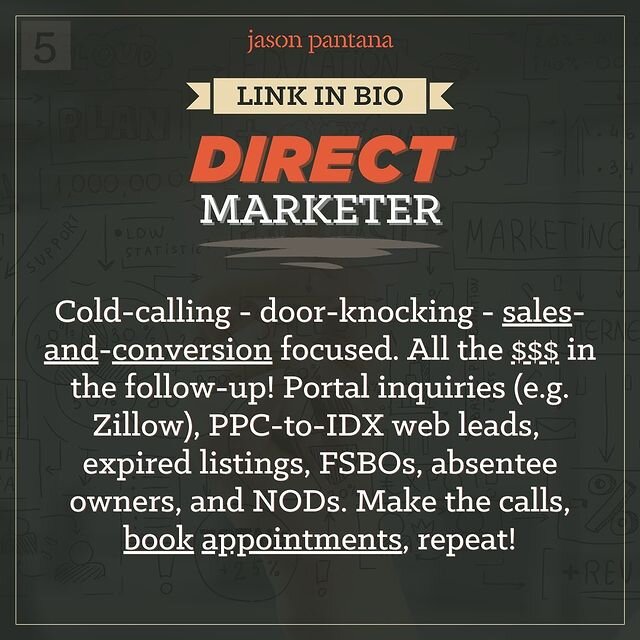VIDEO is VERTICAL – that’s the trend to embrace: Instagram + Facebook Reels, TikToks, and YouTube Shorts.
Trouble is, making and sharing videos is a significant undertaking. Top social platforms like Instagram and TikTok, for instance, have practically insatiable appetites for more and more content—video content, in particular.
You’ve gotta work smarter 🤨 when it comes to video-marketing nowadays.
Bearing that in mind… here’s a list and instructions for three “easy to produce” video shows to step-up your vertical ↕️ video game now and into next year:
3 (Easy-to-Make) Vertical Video for Realtors
1. Talking Heads 🗣 - (Not the band 🤣) Close-up, camera-facing videos in which you provide real estate market commentary, share tips and advice, or explain nuances/intricacies about real estate.
I’d recommend batch-filming to record videos in bulk. You may opt to shoot in the field or at a set location, with your smartphone🤳 or perhaps a DSLR/mirrorless camera 🎥. That bit’s up to you.
Be sure to prep your points in advance, maybe bring a few changes of clothes, and I’d definitely advise outsourcing the editing.
Here’s an example: Sarah Roy - Farr Group NW
2. Gimbal Tours🏡 - We all know people like watching home-tours. (Ever heard of HGTV⁉️) Nonetheless, some myths that might be holding you back from making more of these videos:
MYTH 1: The subject property has to be your listing.
That’s not the case so long as you obtain proper consent. In fact, the properties don’t even have to be, quote-unquote, “for sale,” just as long as you don’t misrepresent/mislead otherwise.
MYTH 2: You can only produce polished videos or it’ll present the home improperly.
Before I get into this, let me be clear: I have no qualms with pro-quality listing videos. (Far from it, actually.) However, because social algorithms are burning through content so rapidly, the odds of ALL the right people seeing any one post is mathematically improbable.
If you’re bottlenecking your output of content because each video, for instance, is overly time- and labor-intensive, a pivot to your approach may be in order.
TRY THIS: get a gimbal (i.e., a handheld mechanical stabilizer to help you shoot smoother video) for your iPhone (e.g. DJI Osmo) and shoot a selfie-styled video that begins with you introducing the property. For example:
“Wanna see what $500,000 can get you in South Nashville…”
Then, with your gimbal, rotate the camera to forward-facing and begin touring the property. Step to the corner of each room and pan from left to right to give viewers a full view of its interior spaces. Film in 4K, 60 frames-per-second (fps), and at the 0.5 magnification setting to get that wide-angle lens look.
When you’re done, load your video into an editing app like Splice. Pop-in a few transitions, speed-up or slow-down the footage to your liking (that’s called “speed ramping”), and edit your video in like two minutes flat—done and dusted!
Here’s an example: Ray Ellen - Pixel Properties
3. Selfie Spotlights🤳 - Using similar filming techniques as the selfie-gimbal video aforementioned, hit the town to document its hotspots and amenities. Try using the voiceover (VO) functionality that’s built into Reels, for instance. That way, you can just film to your phone’s camera roll while you’re out-and-about the town and then add your footage into a Reel/TikTok/Short after-the-fact.
Here’s an example: The One Team
If you plan to conduct interviews with locals, for instance—and wanna record quality-sounding audio—consider investing in a LAV or condenser/cardioid microphone.
The simple fact is, social algorithms are greedy — they want more content than ever (especially, vertical videos). If your videos are overly difficult to produce in bulk, then you oughta explore new methods/concepts to streamline your process.

